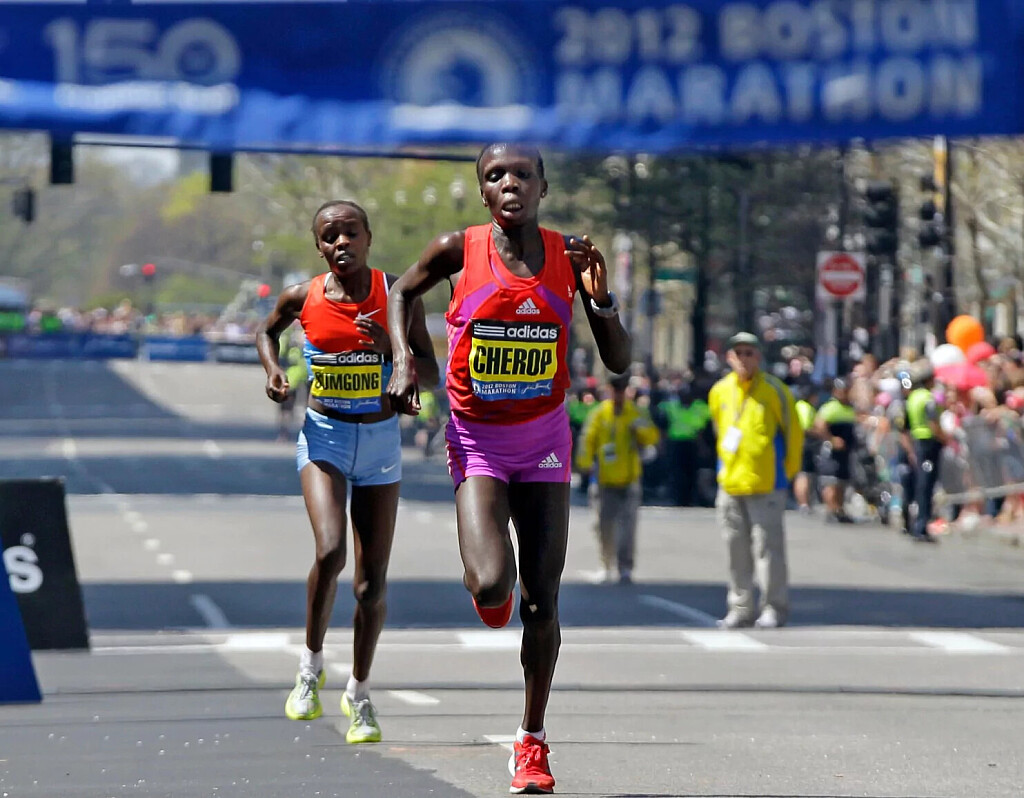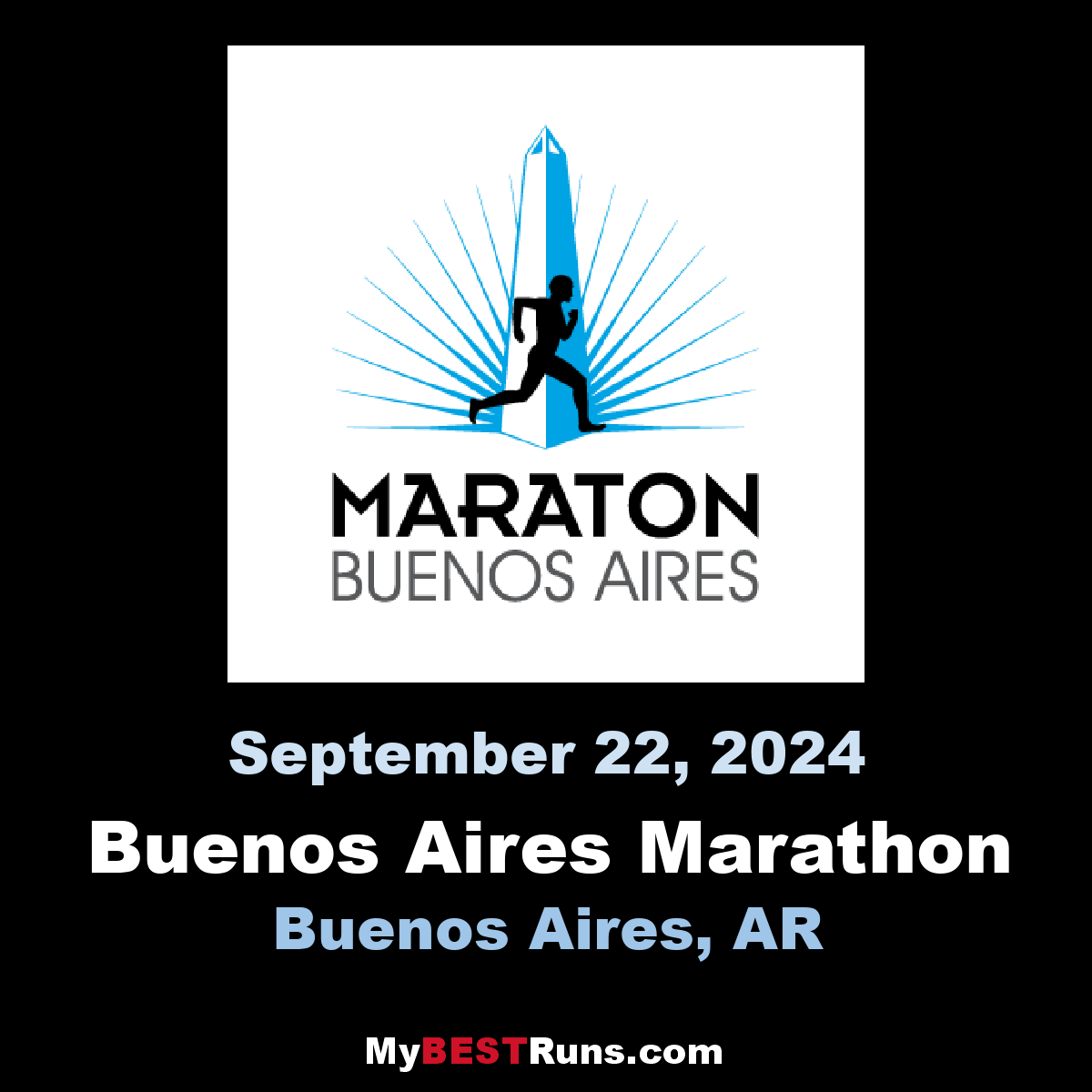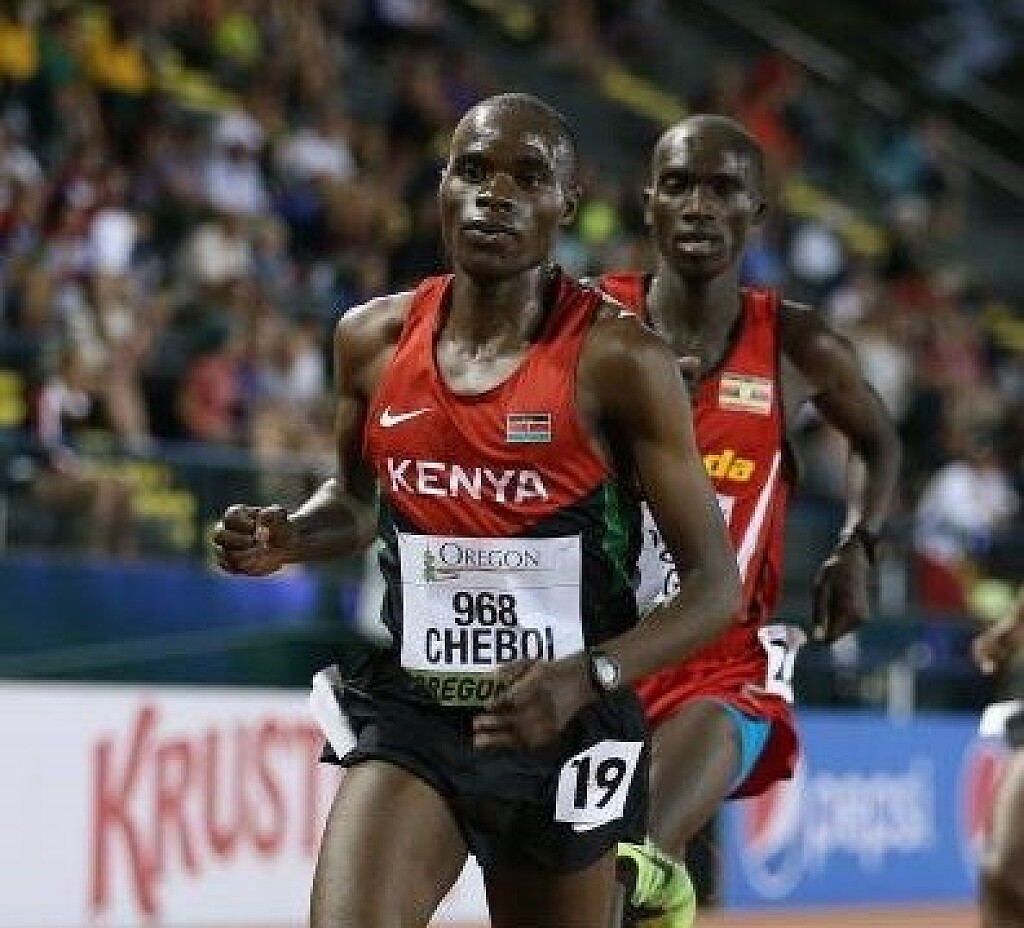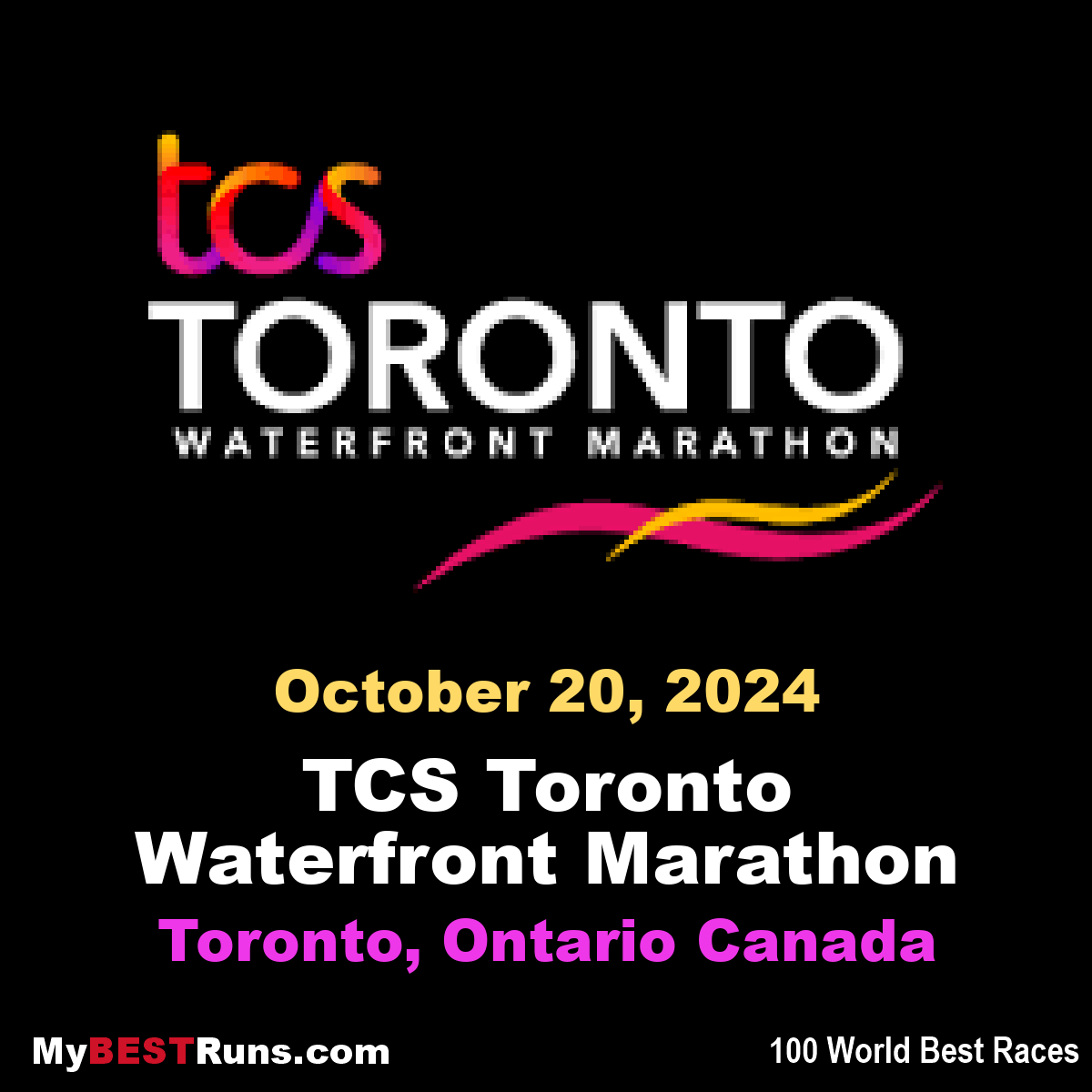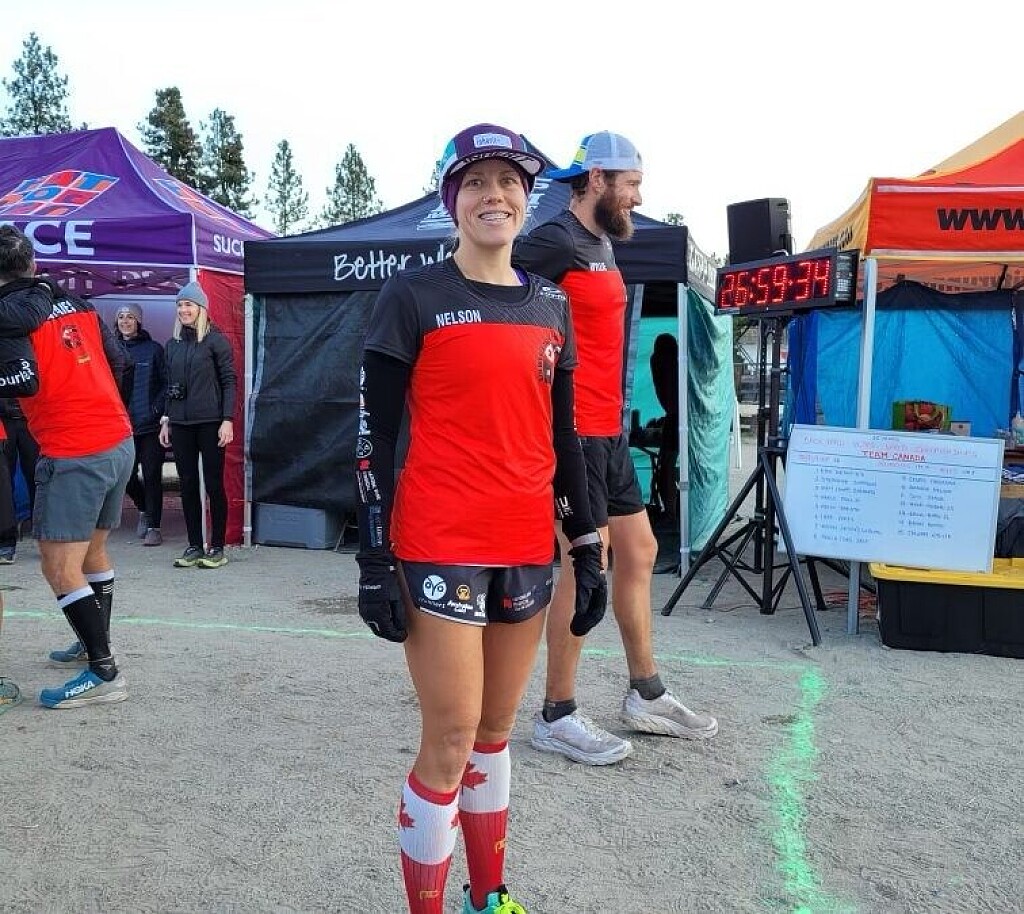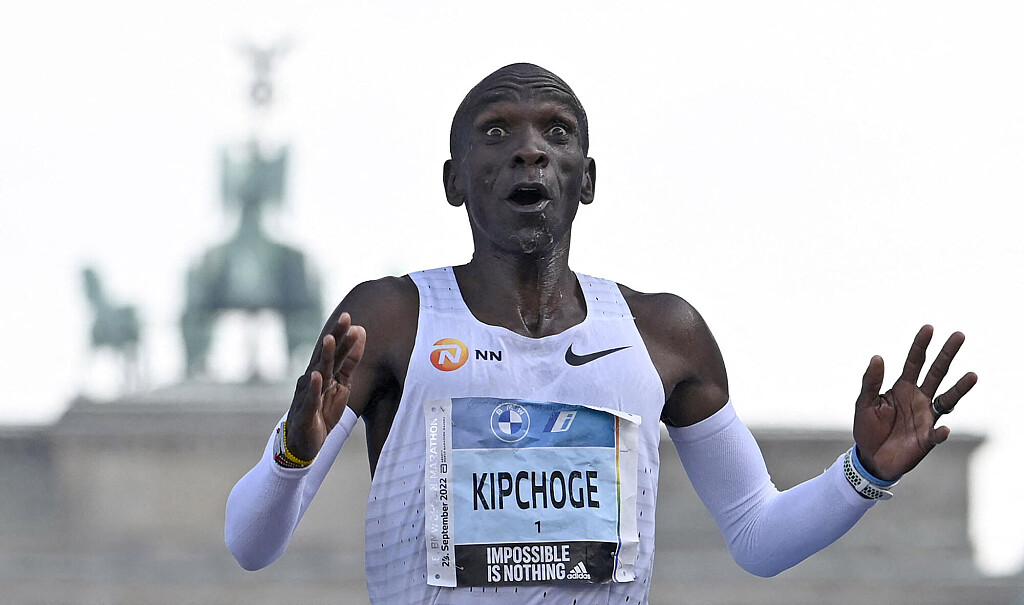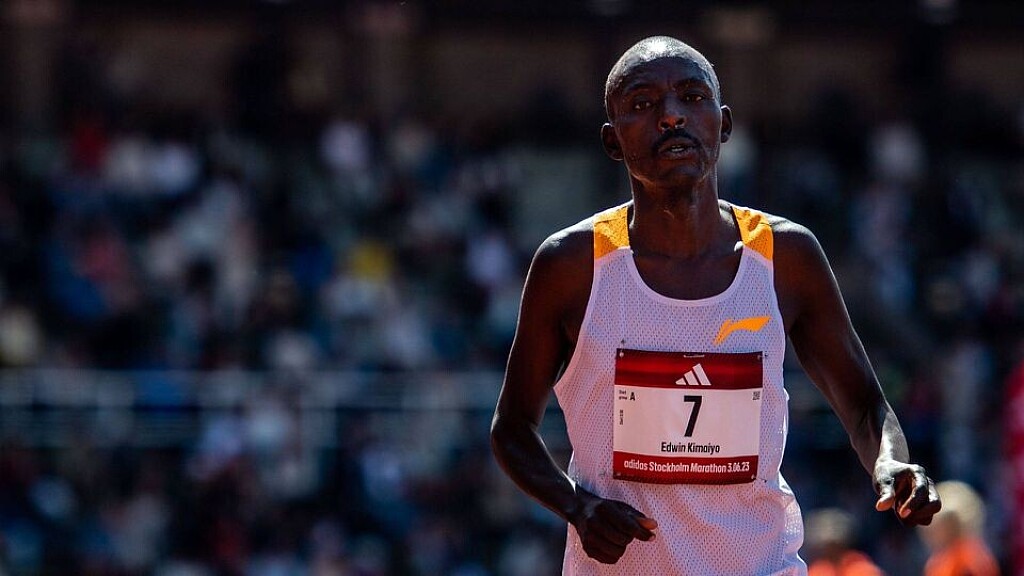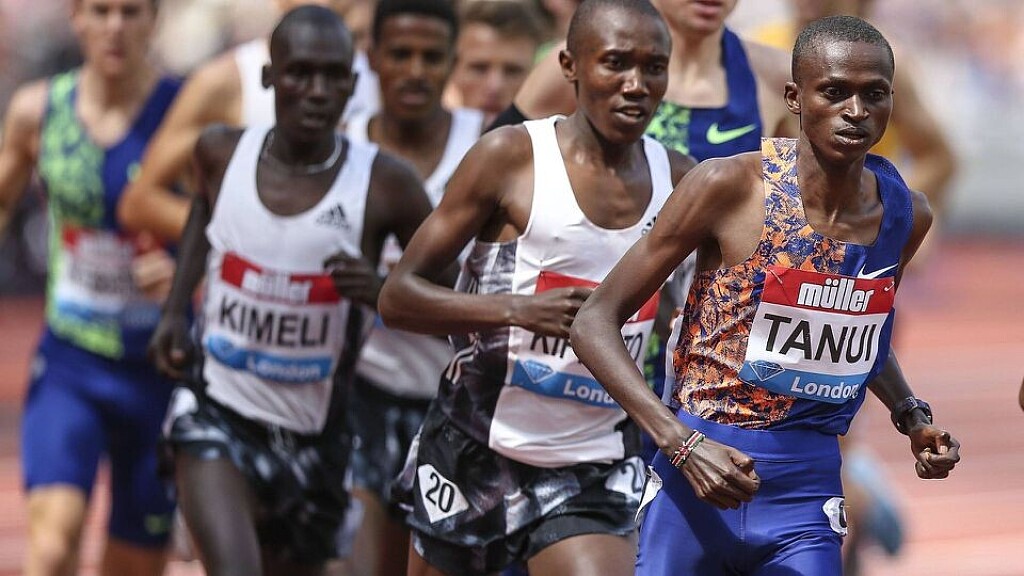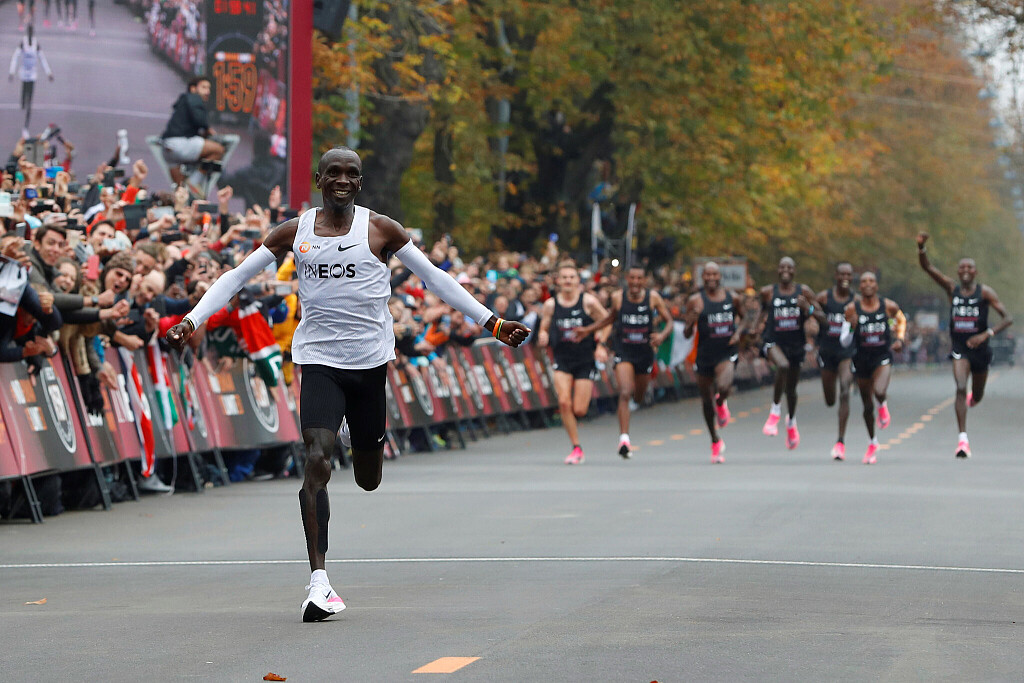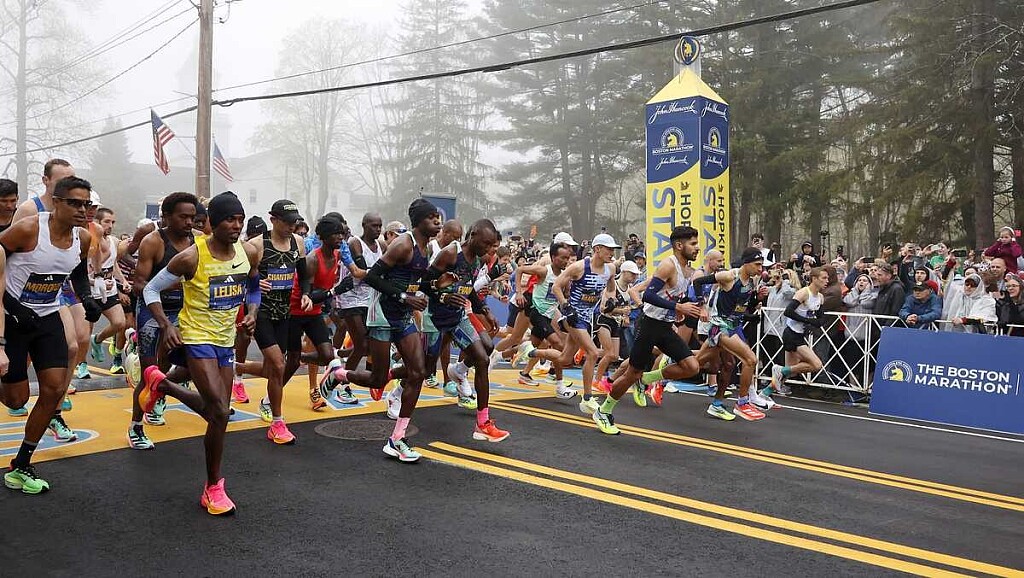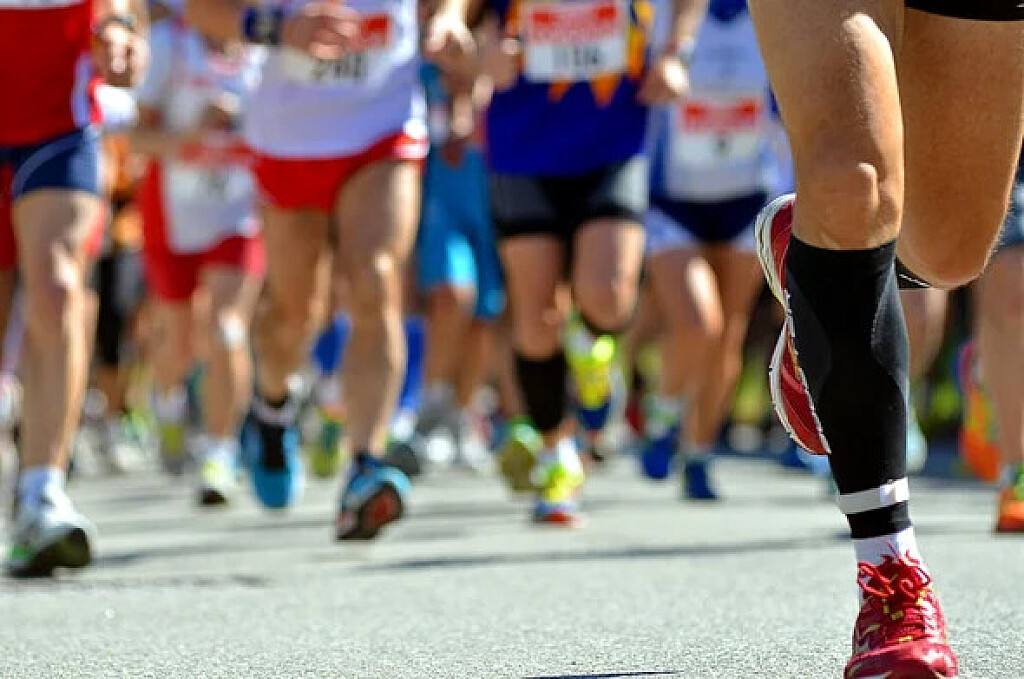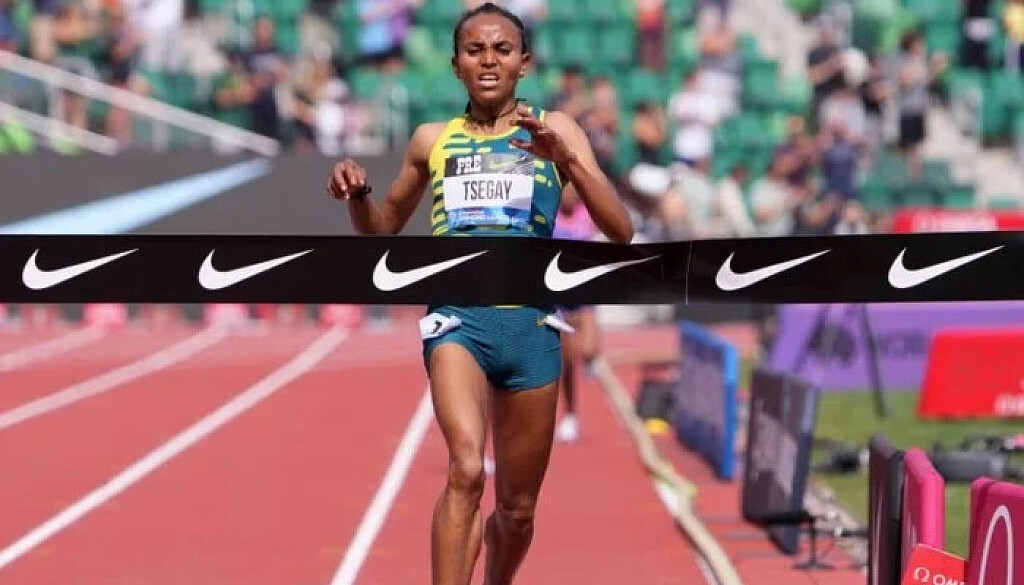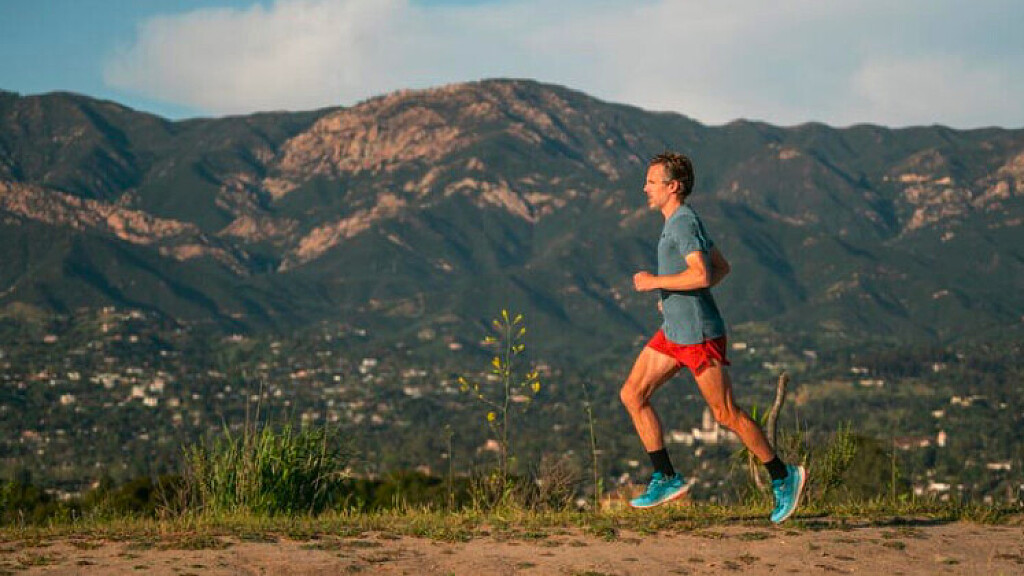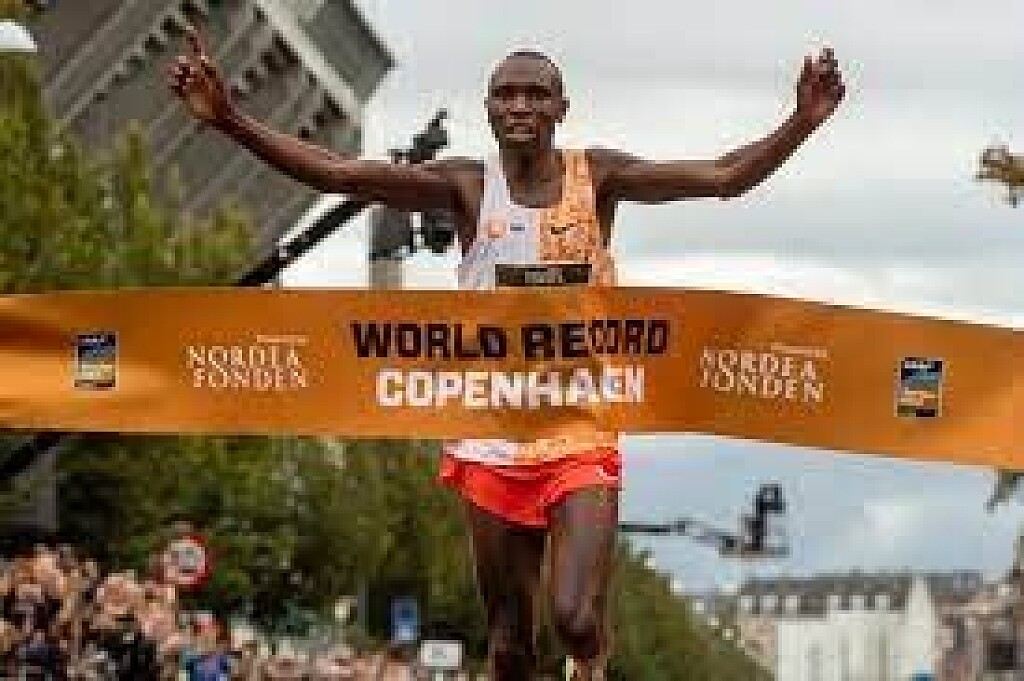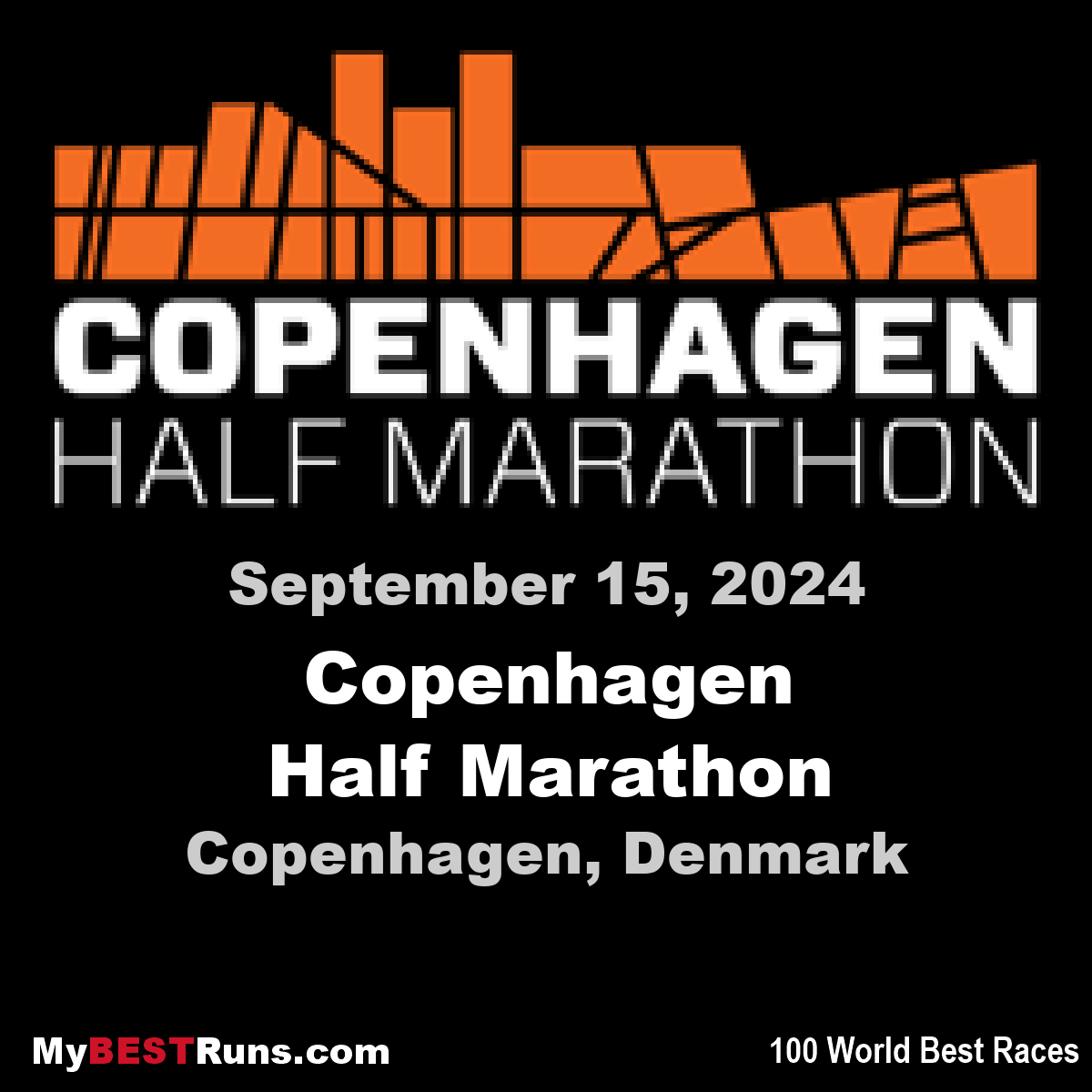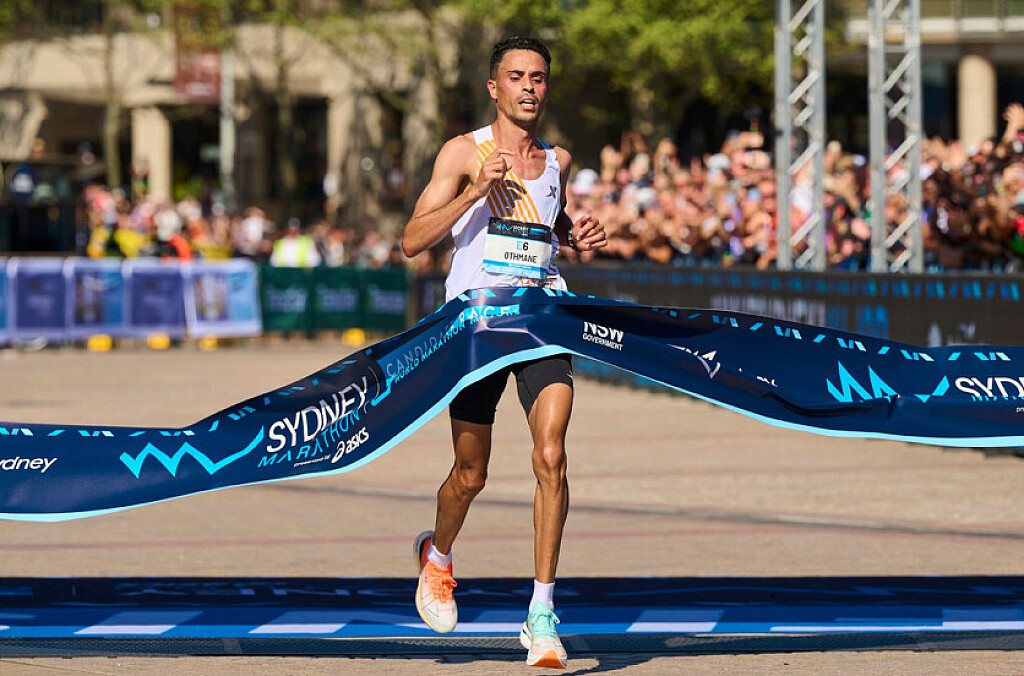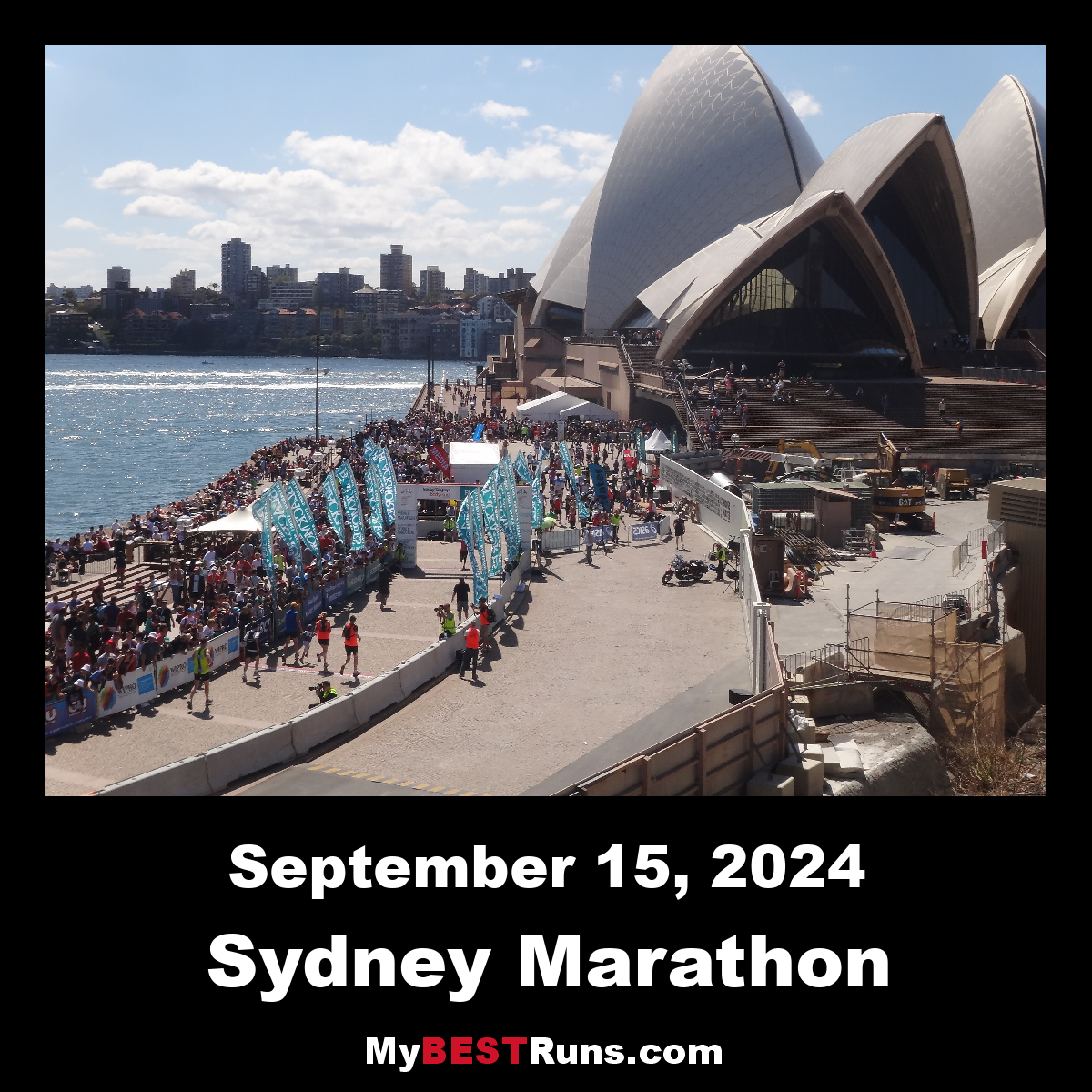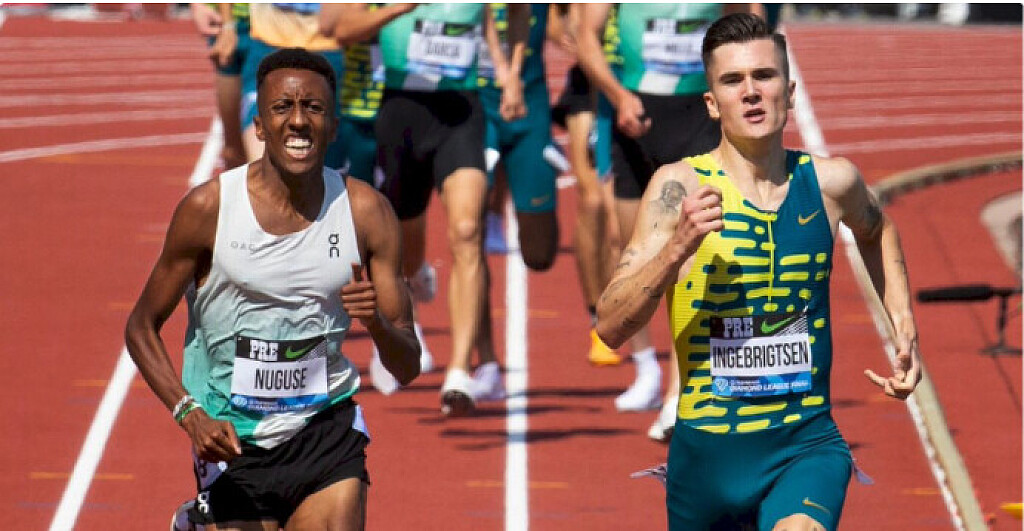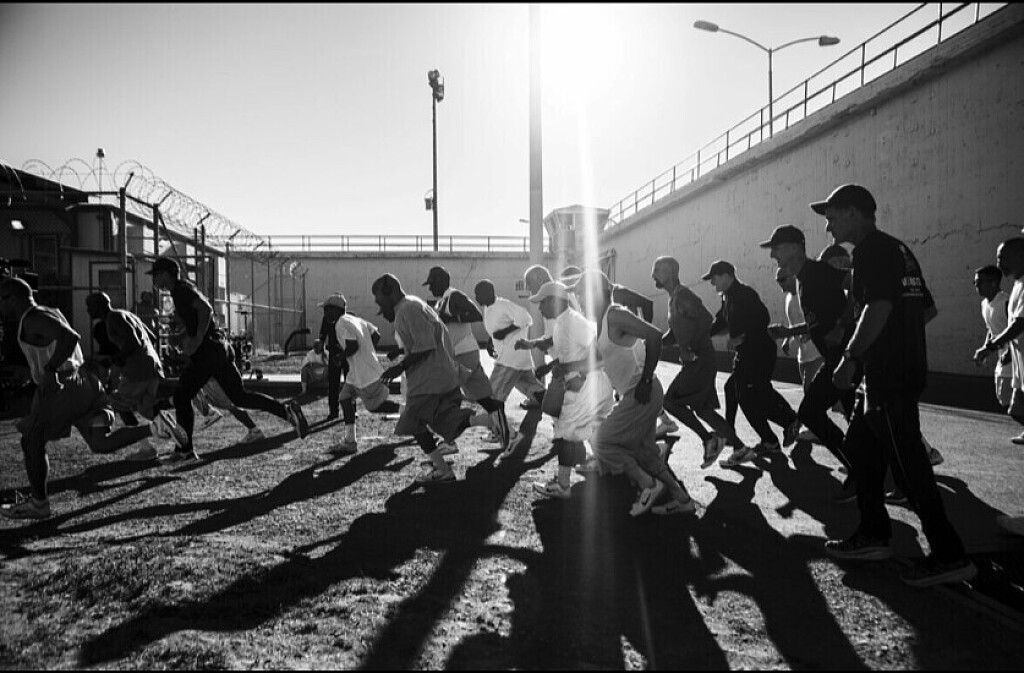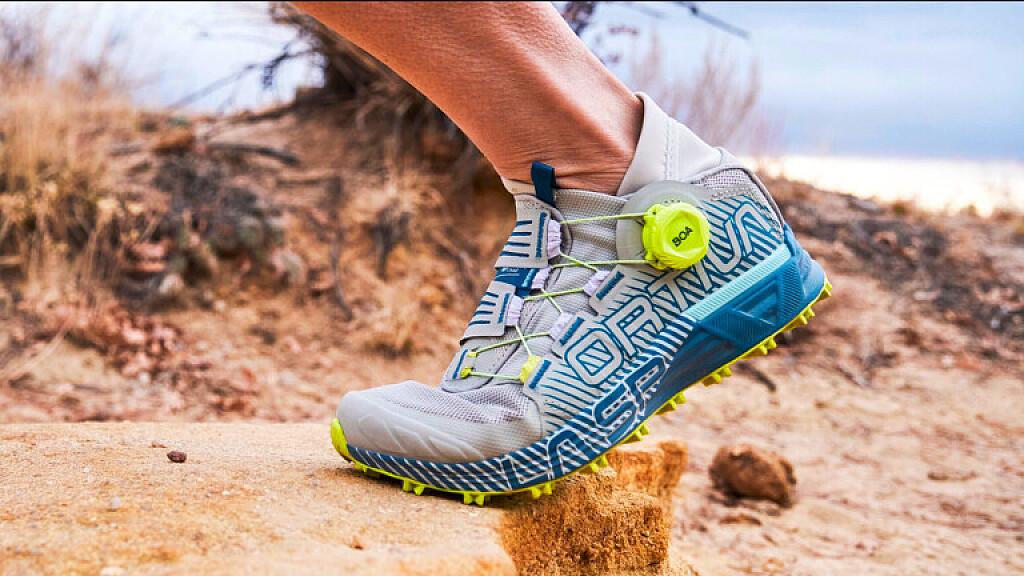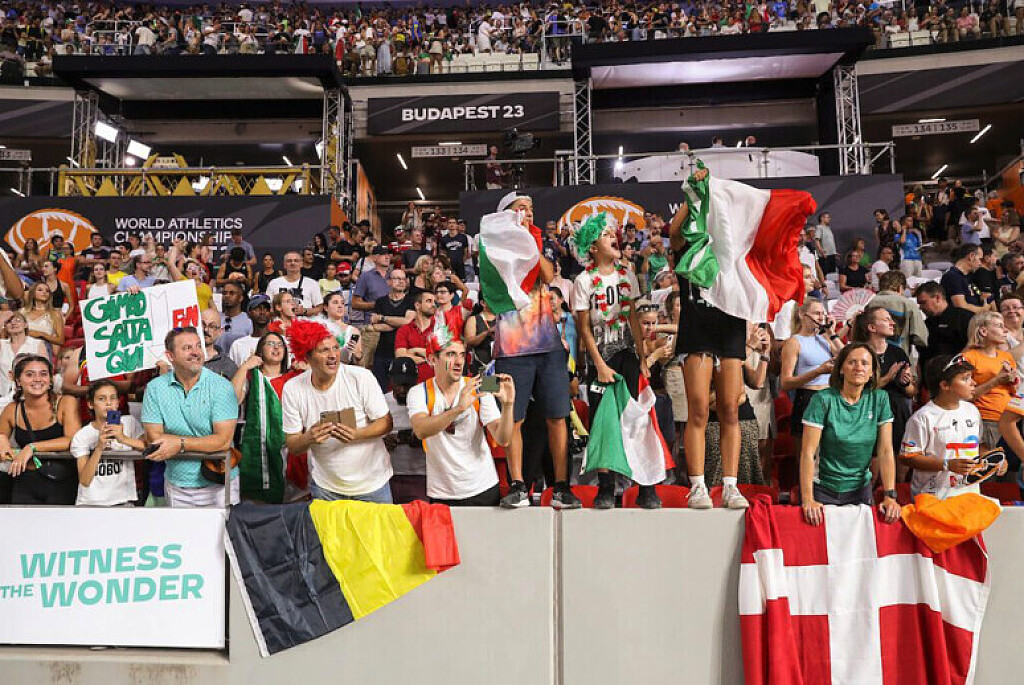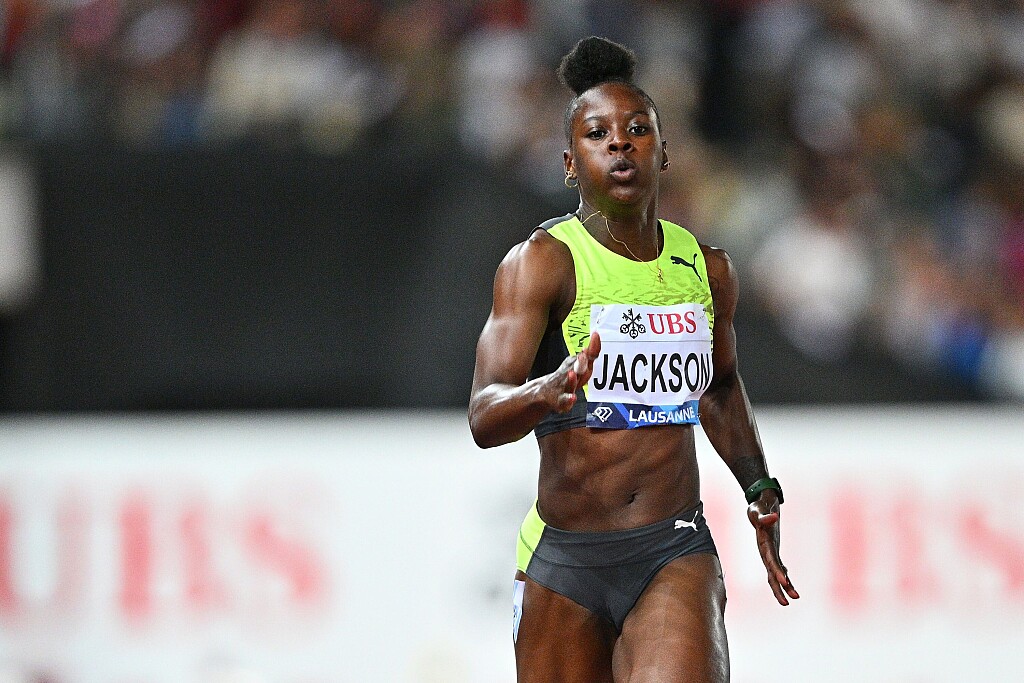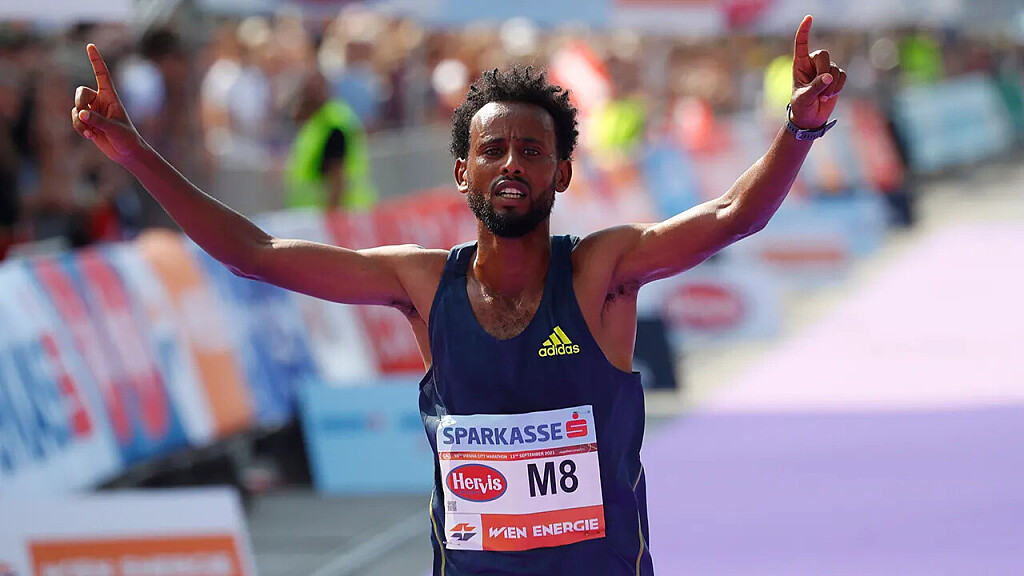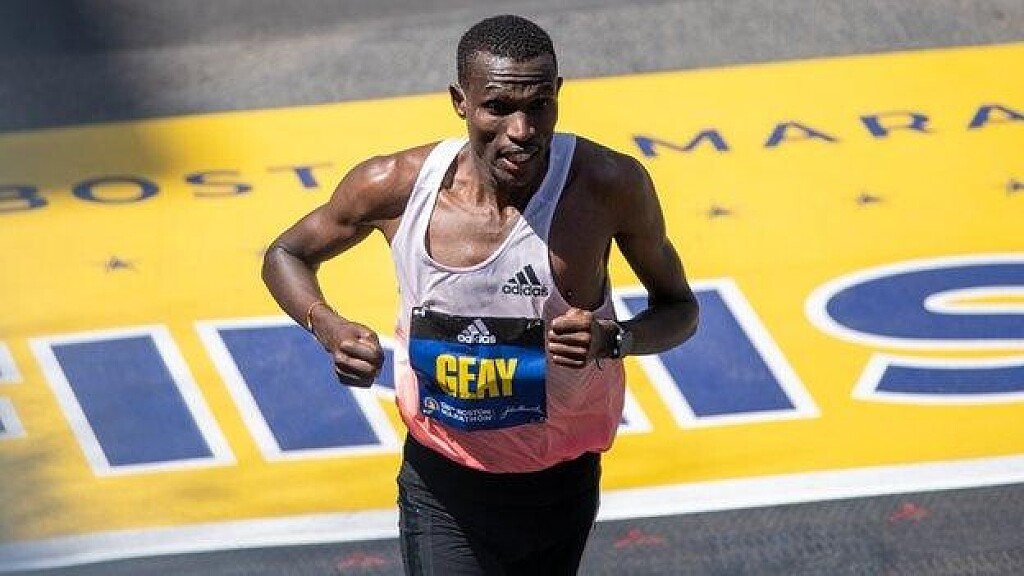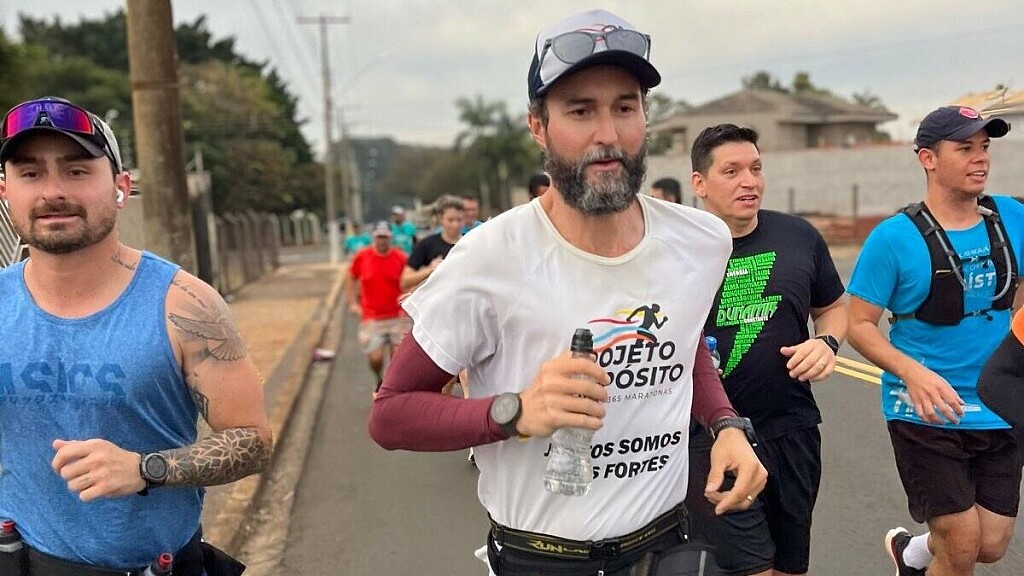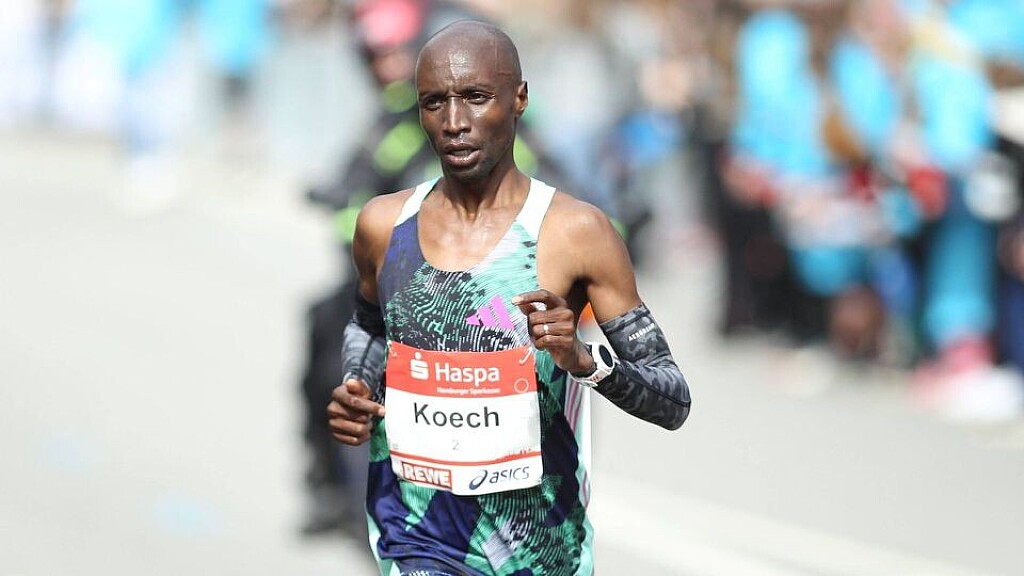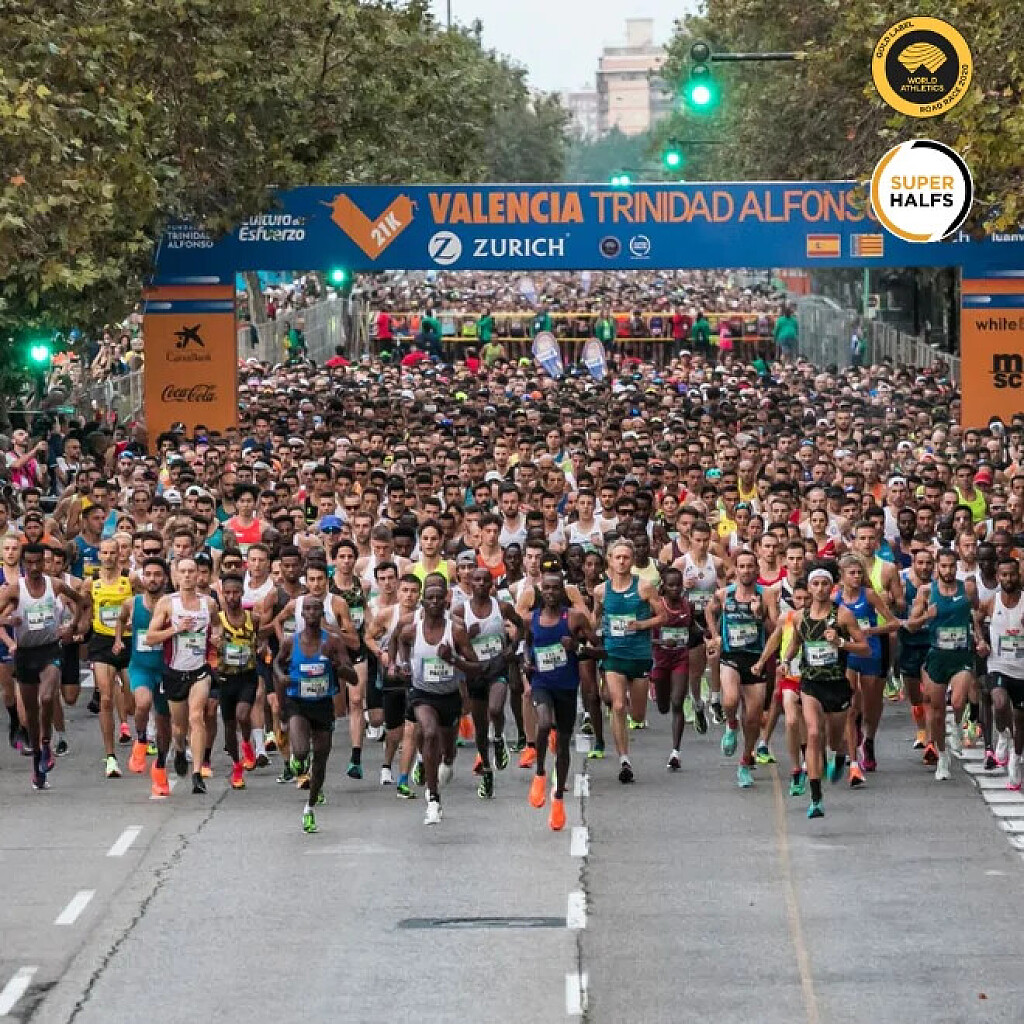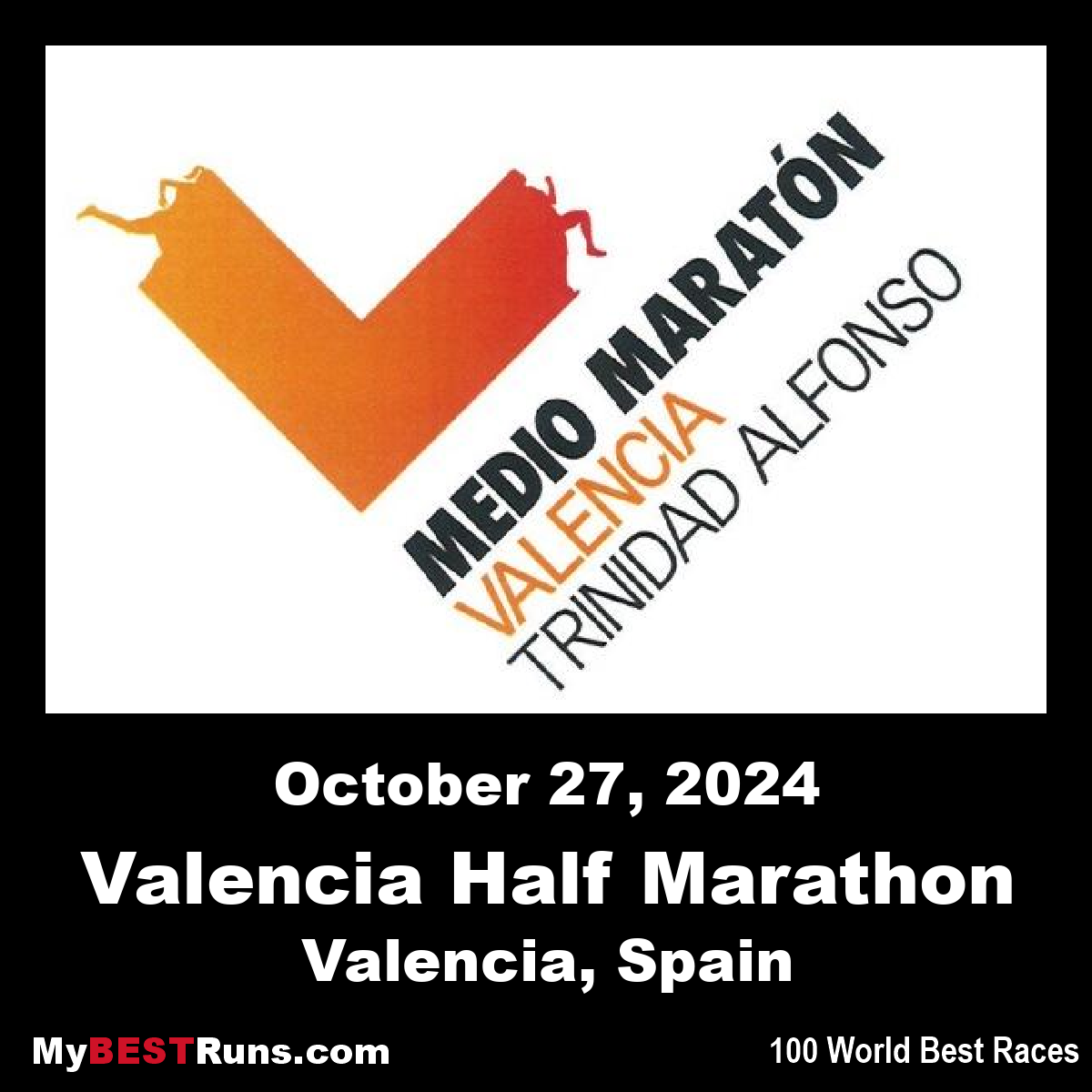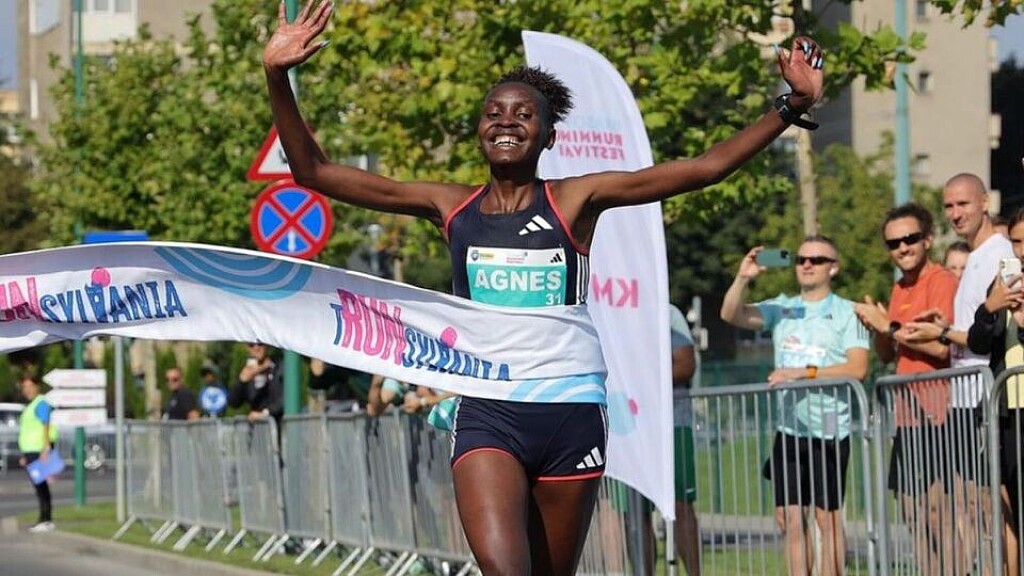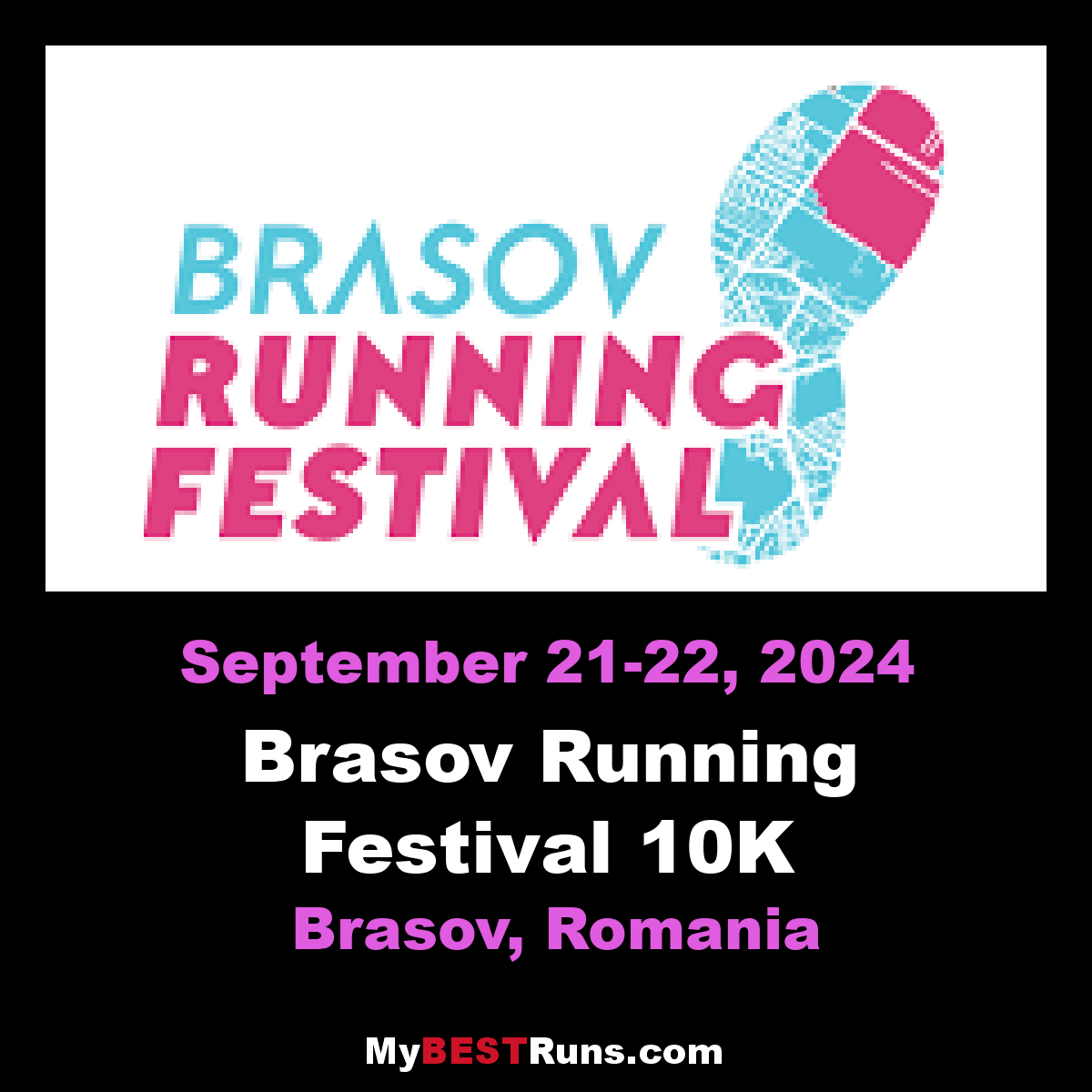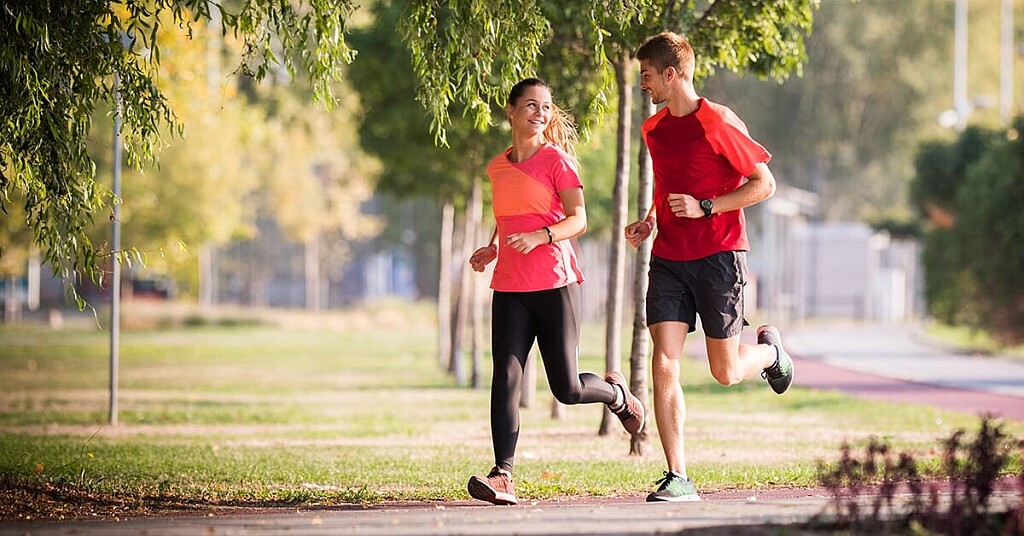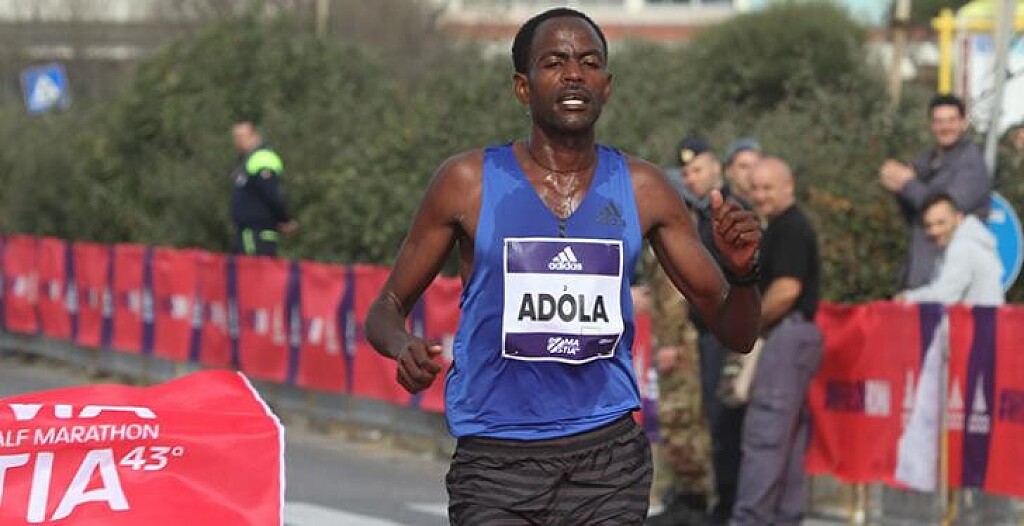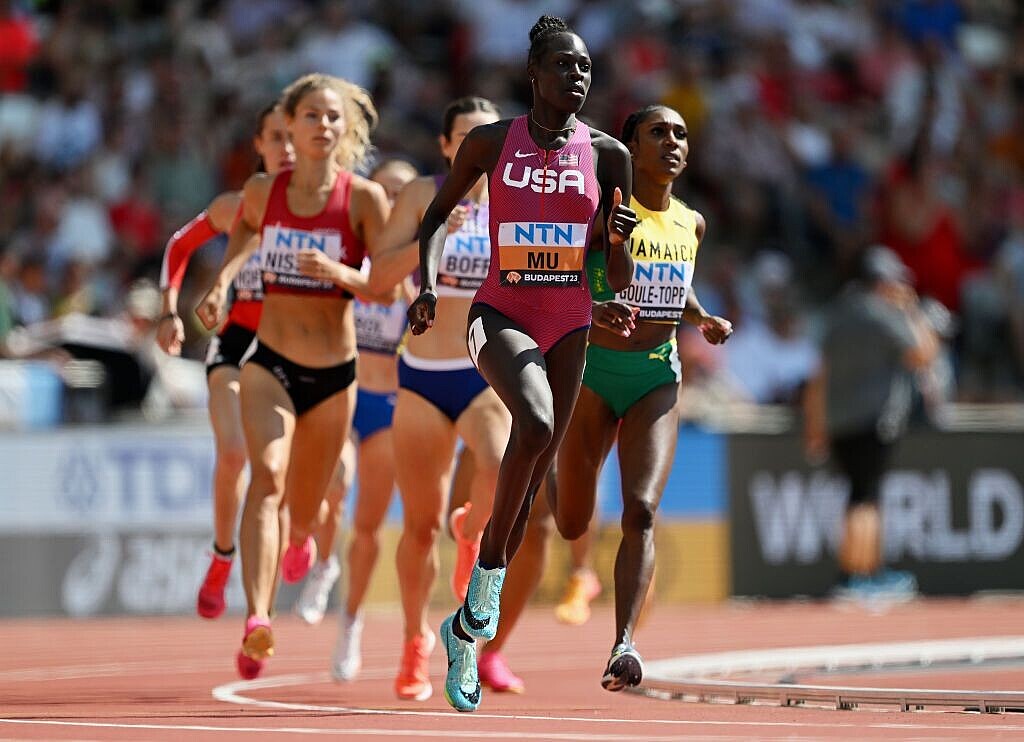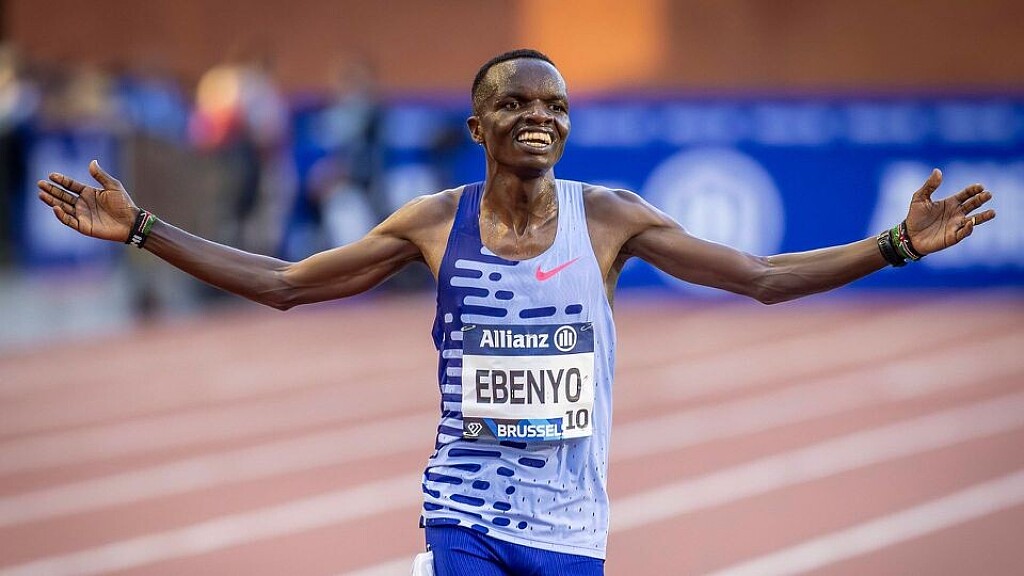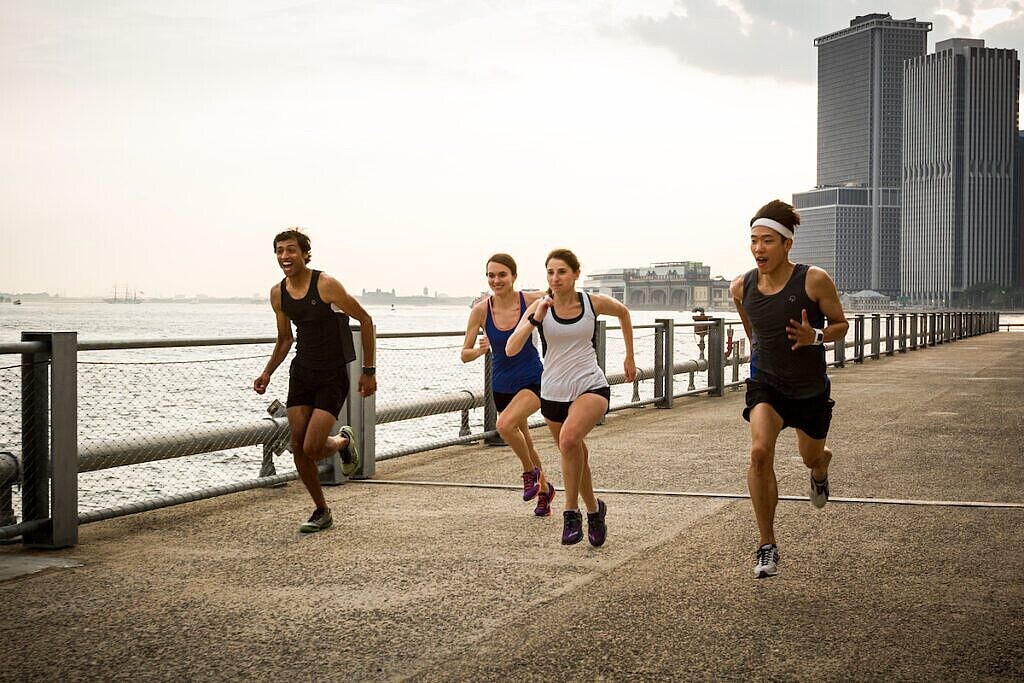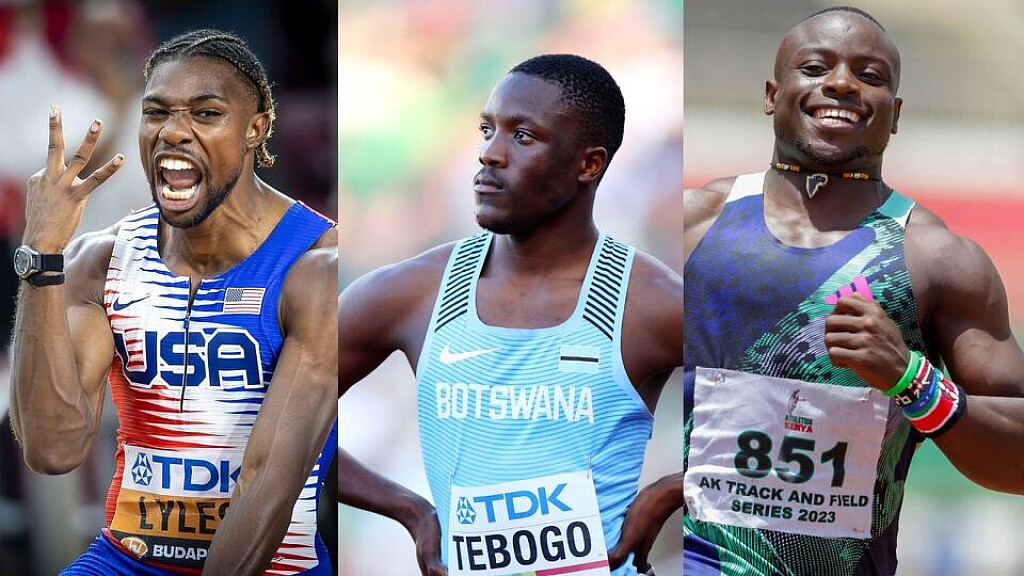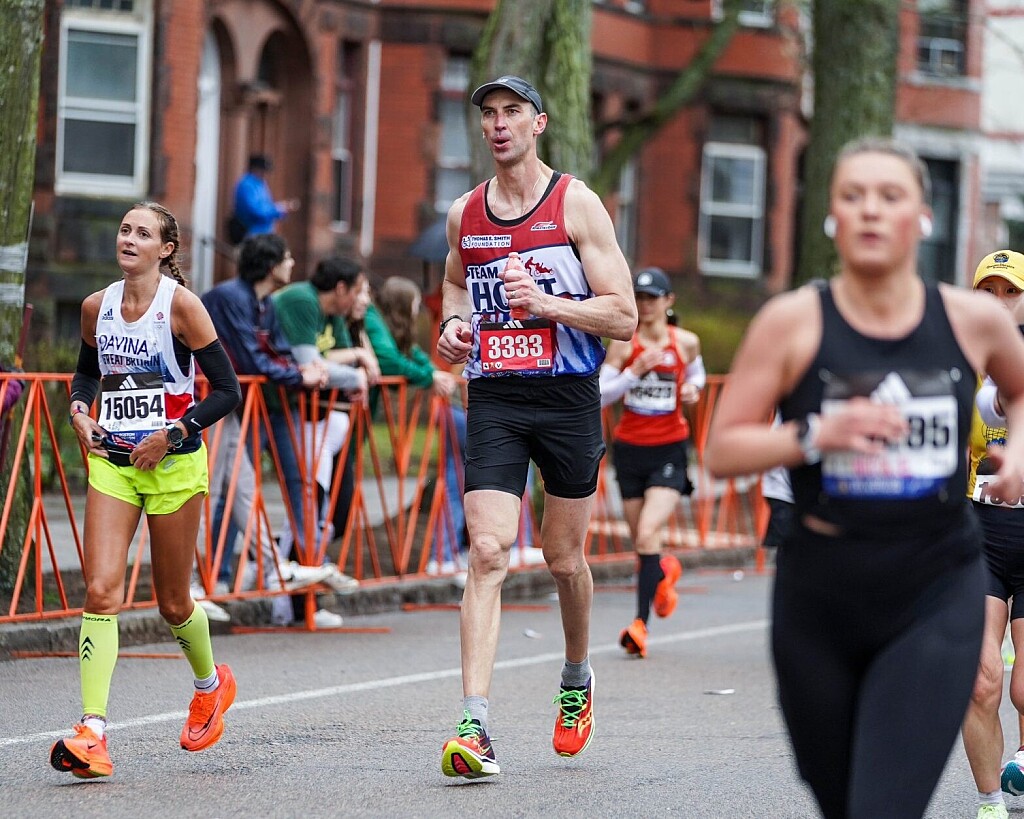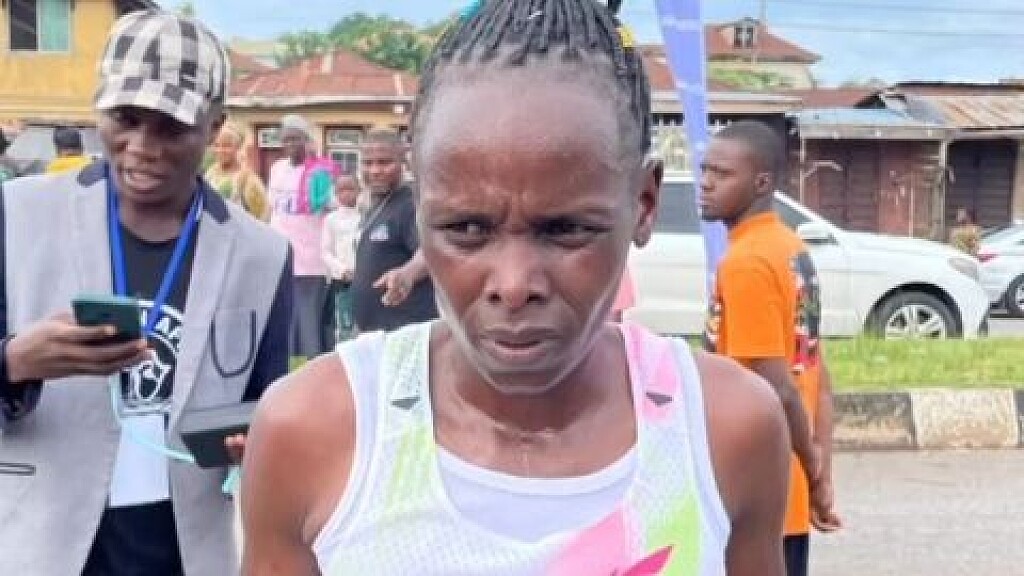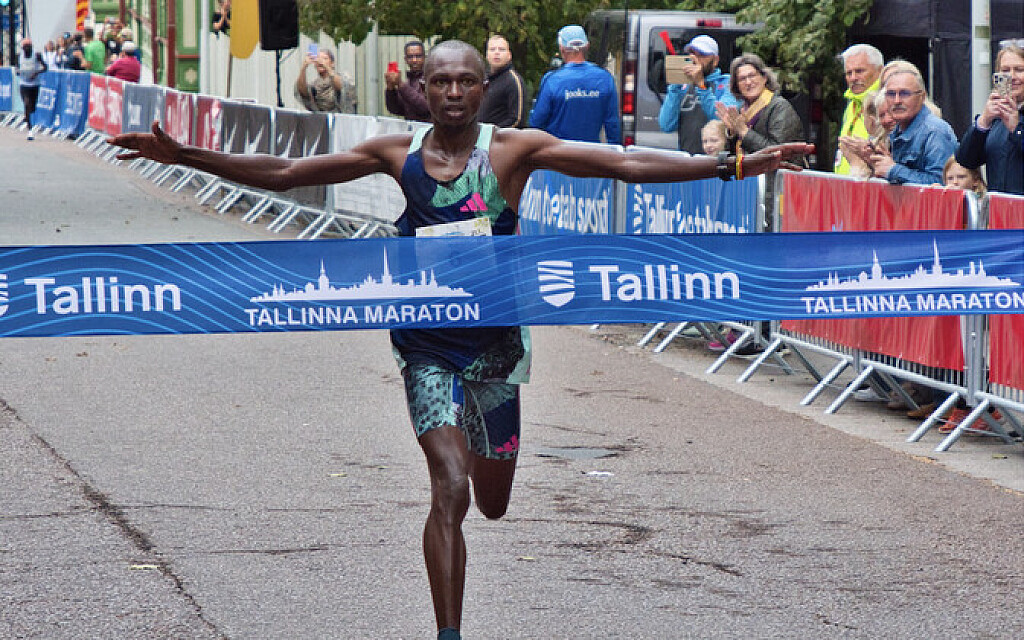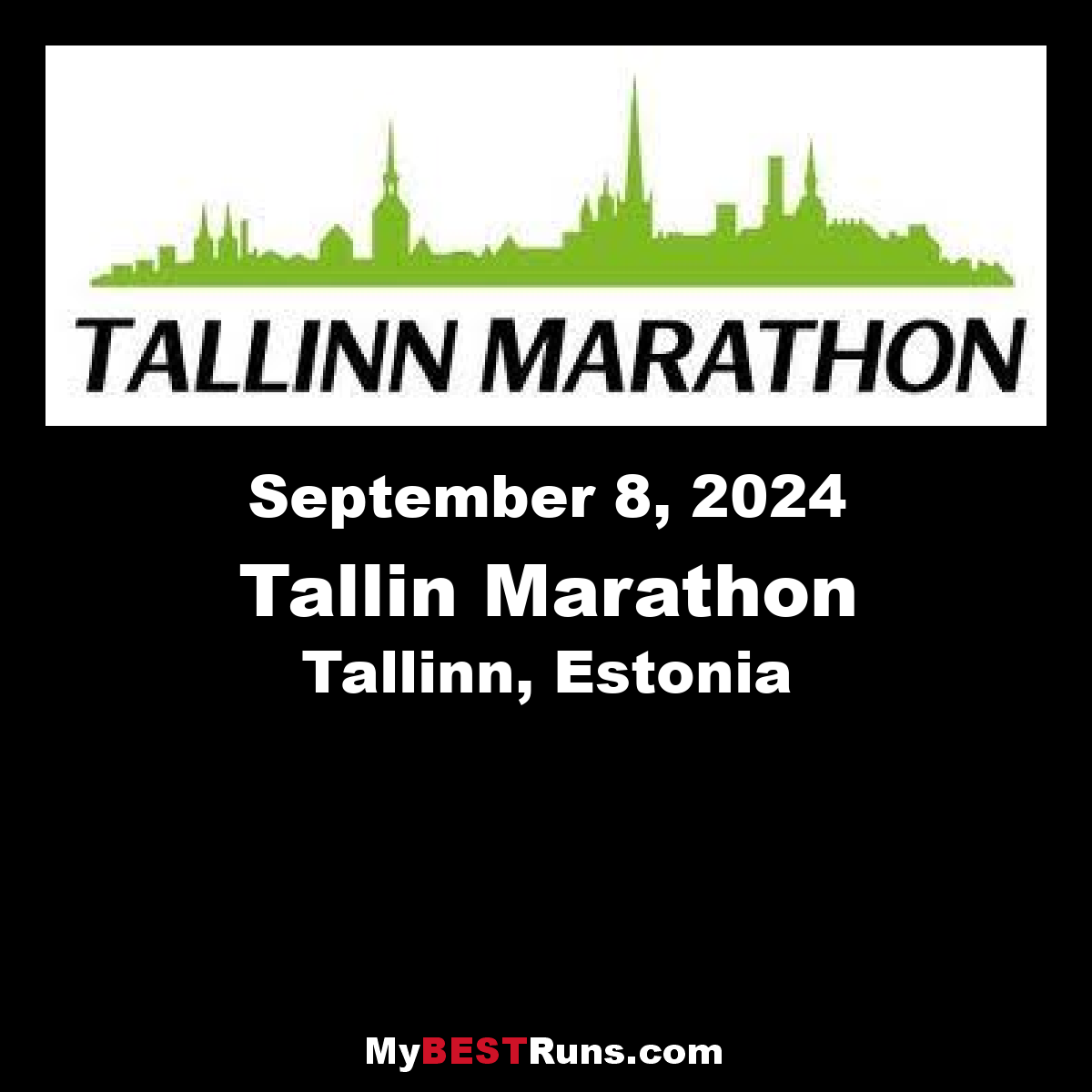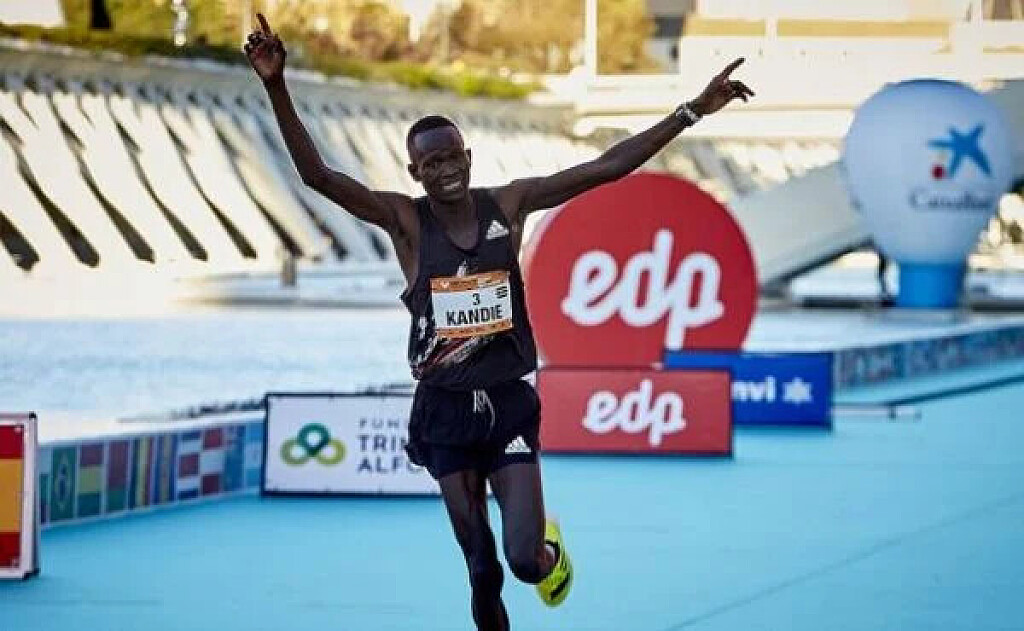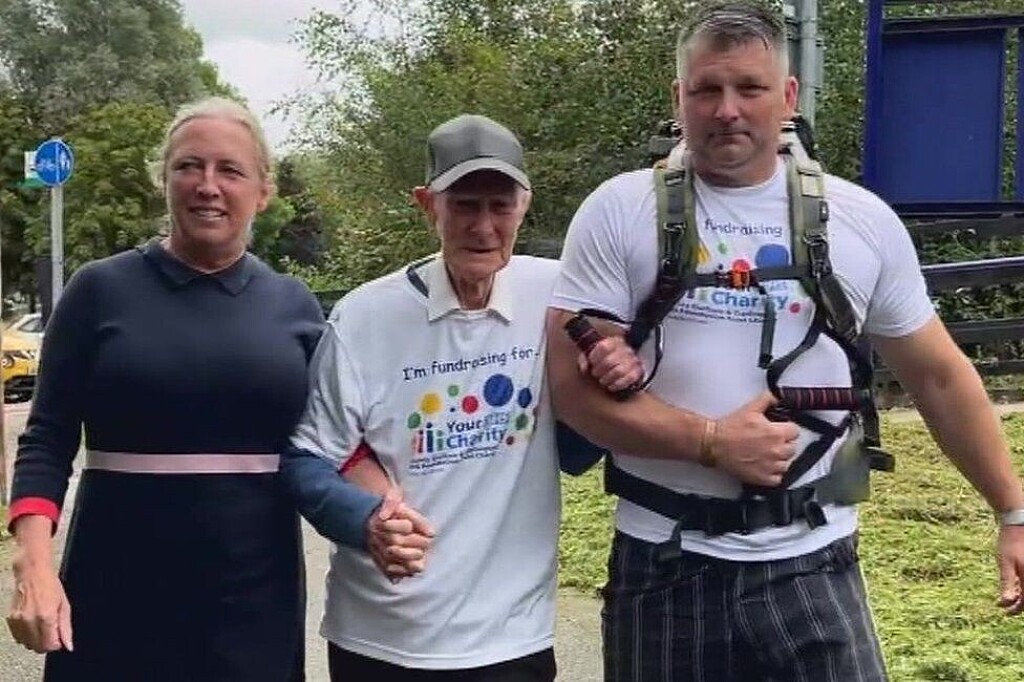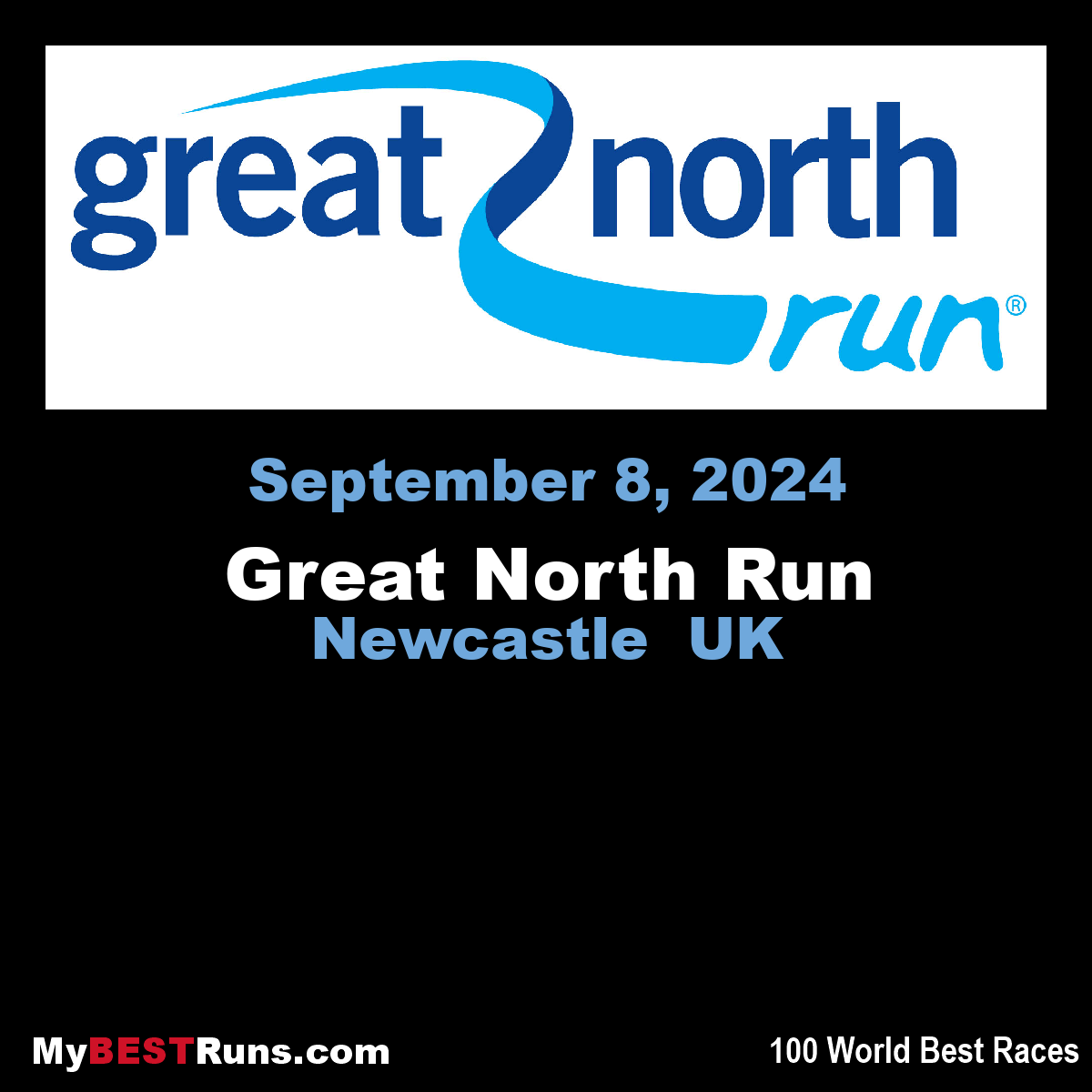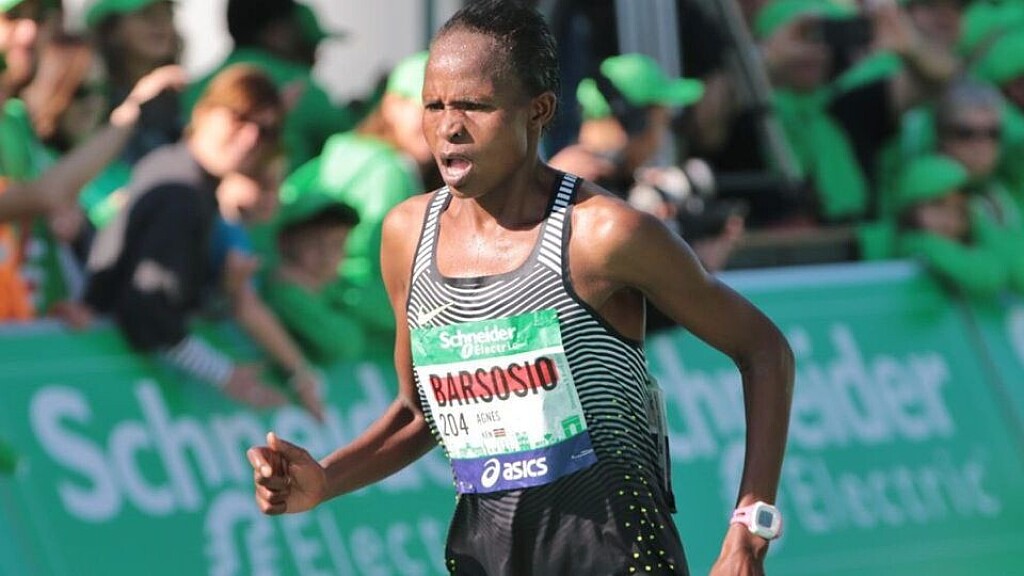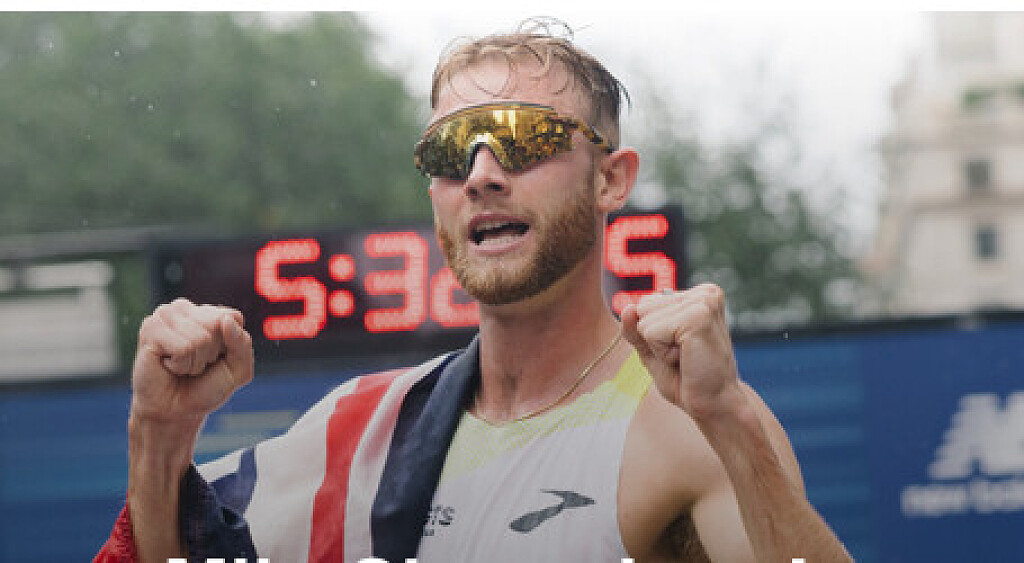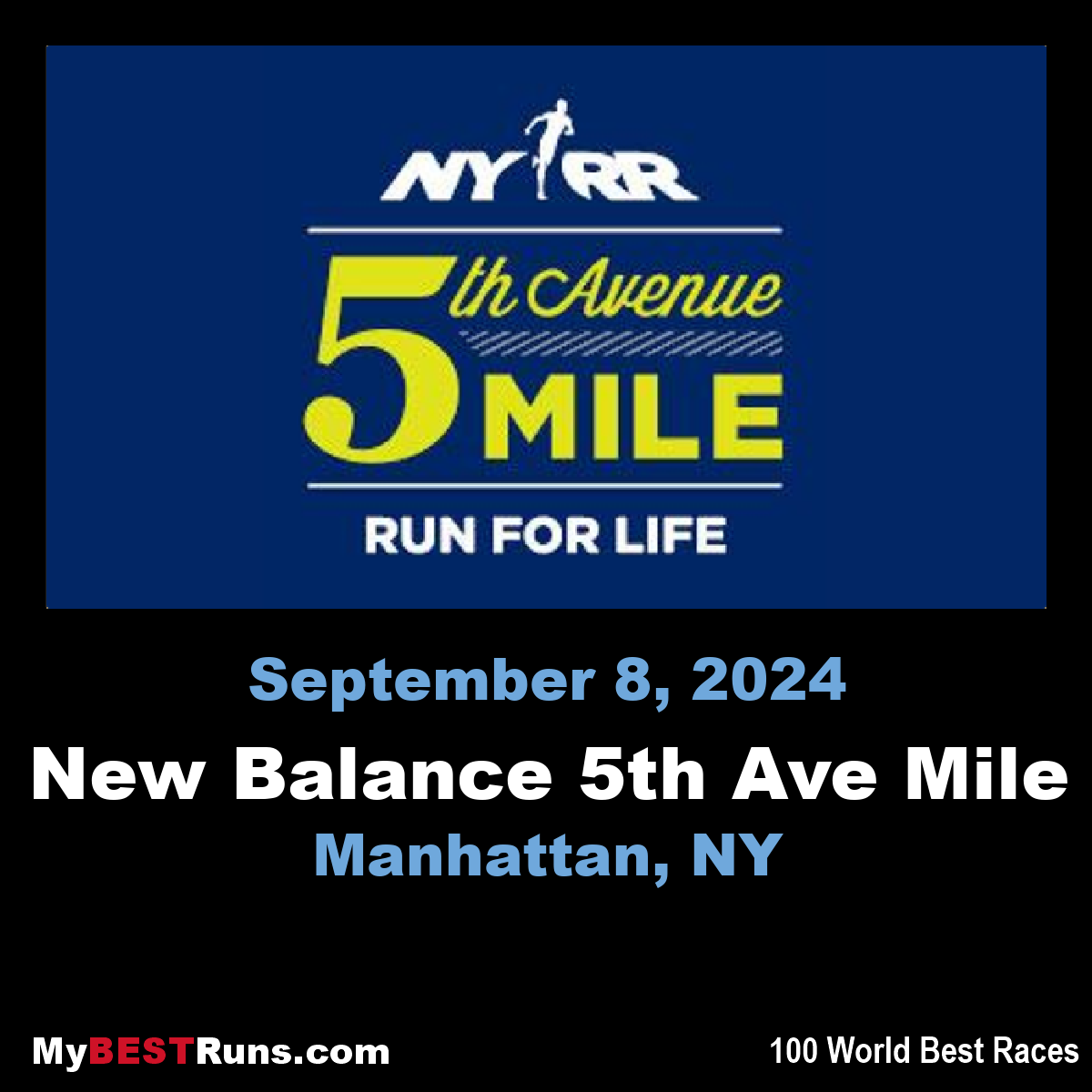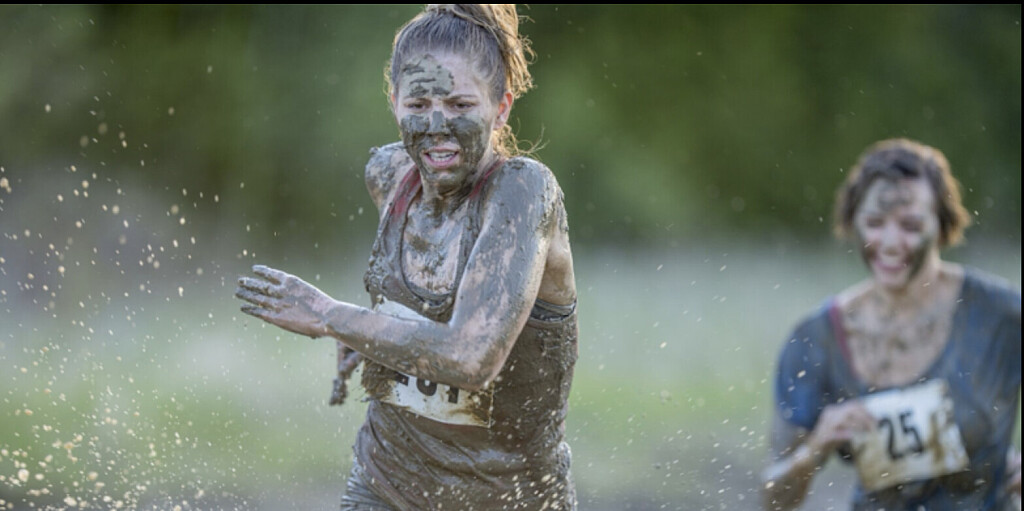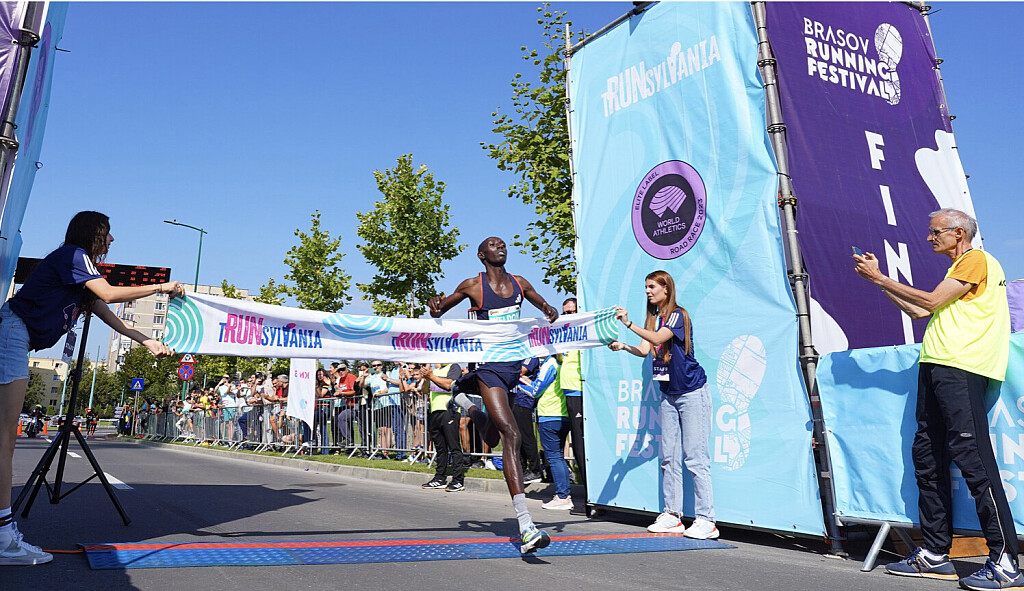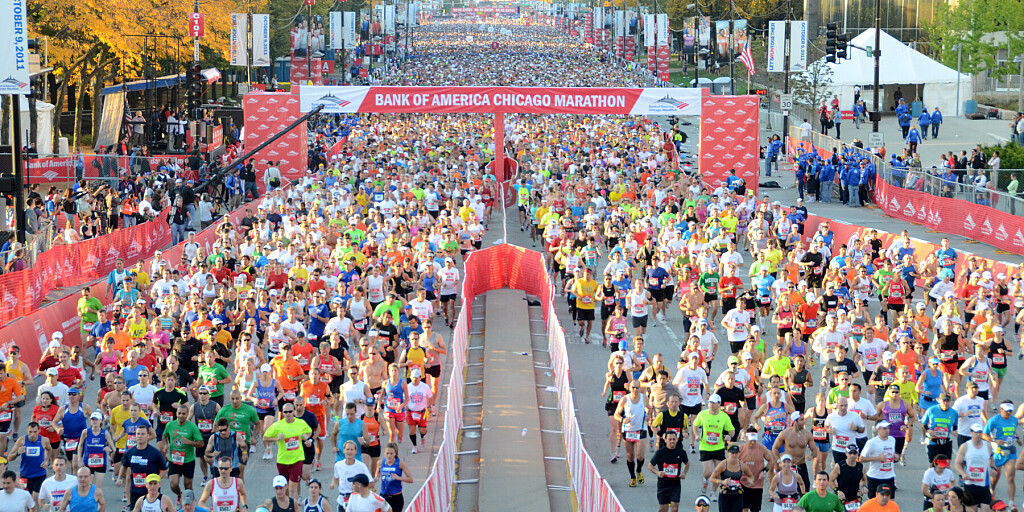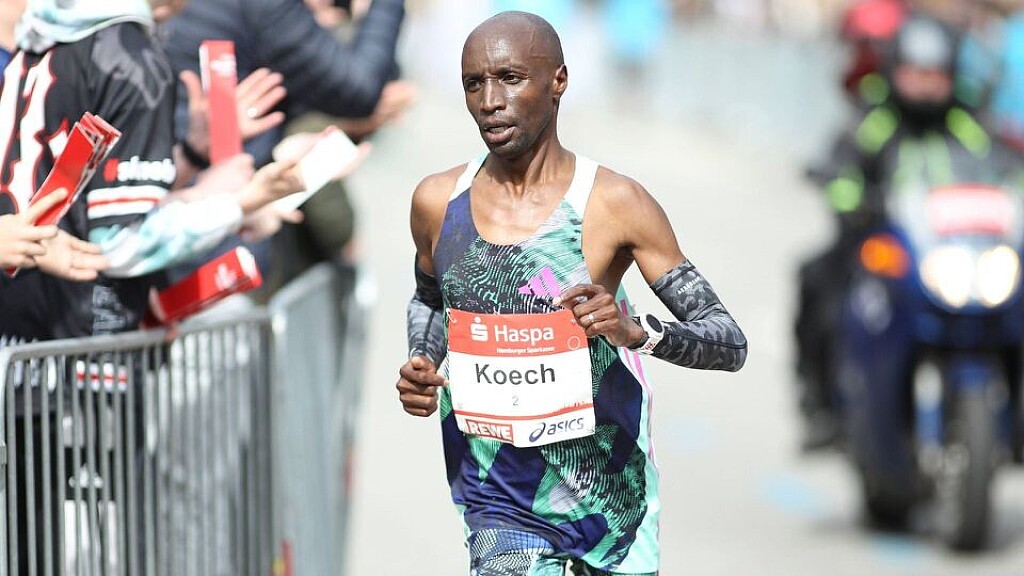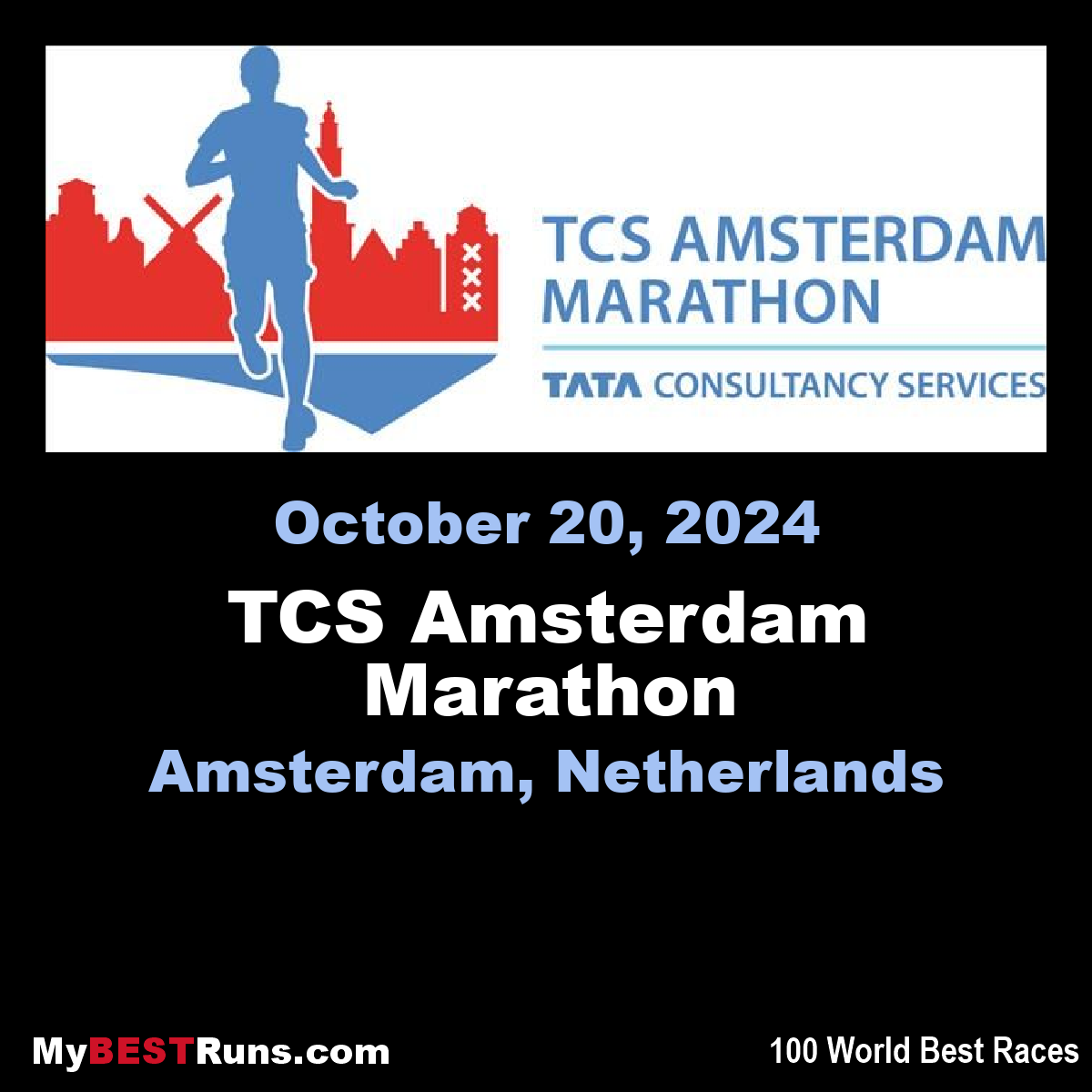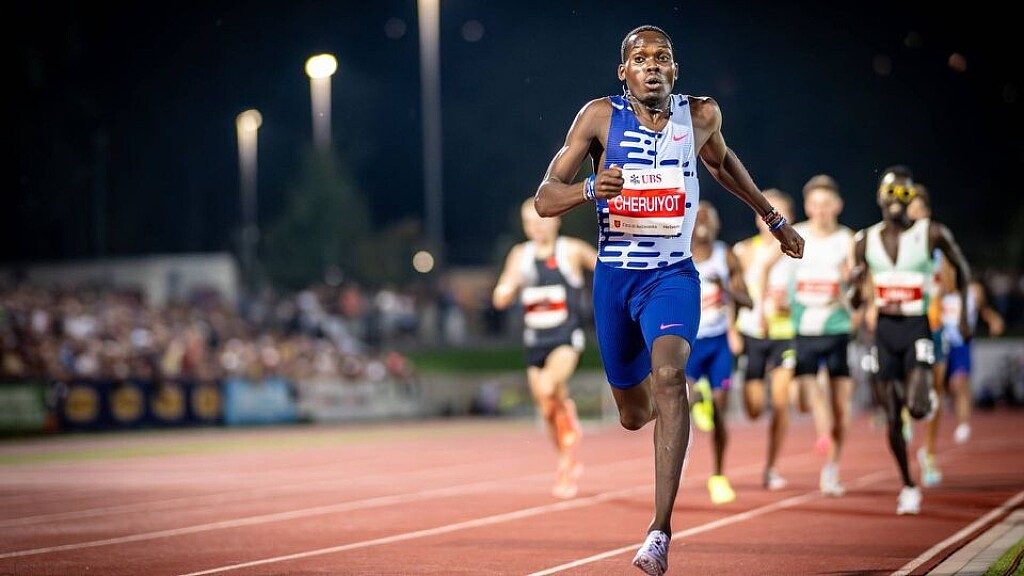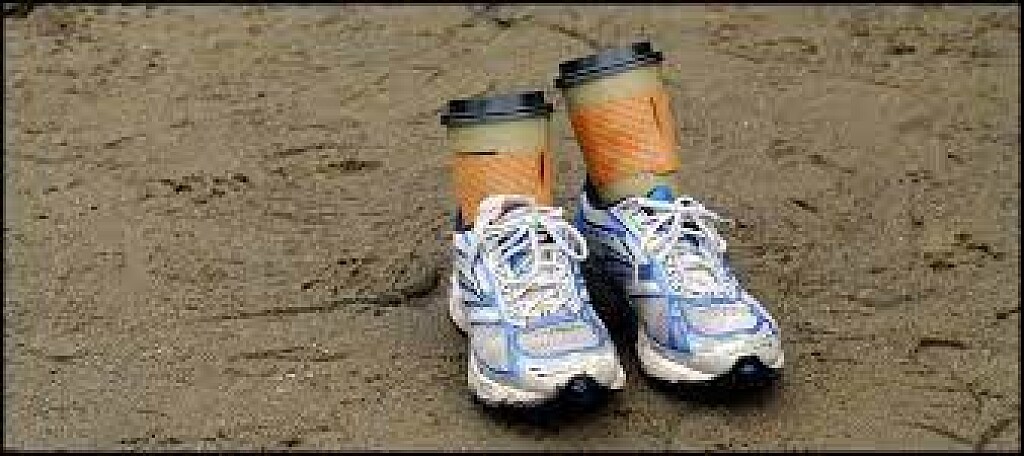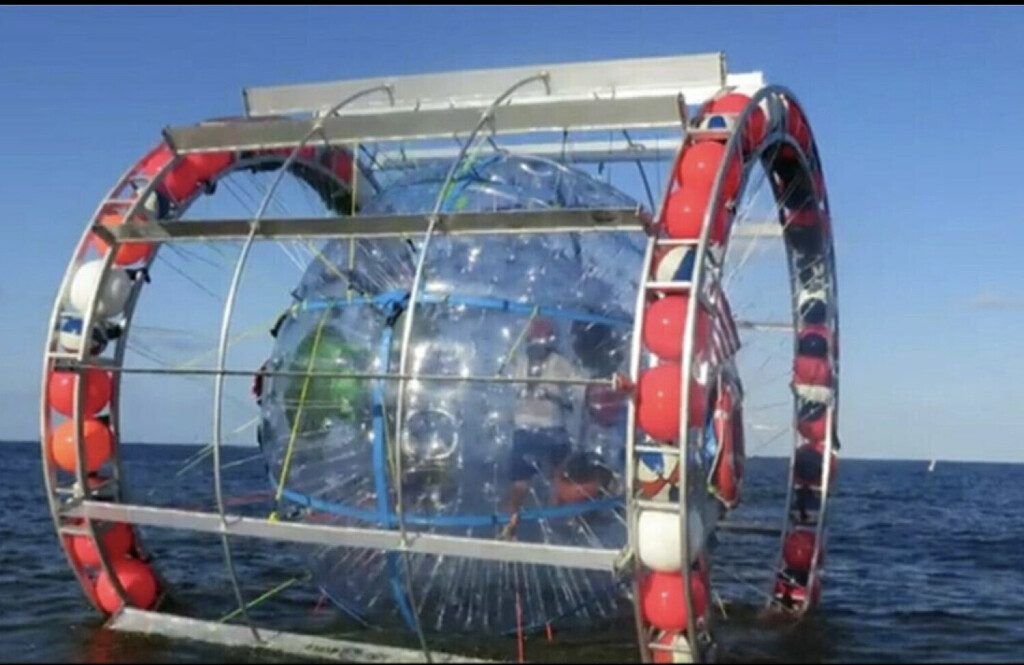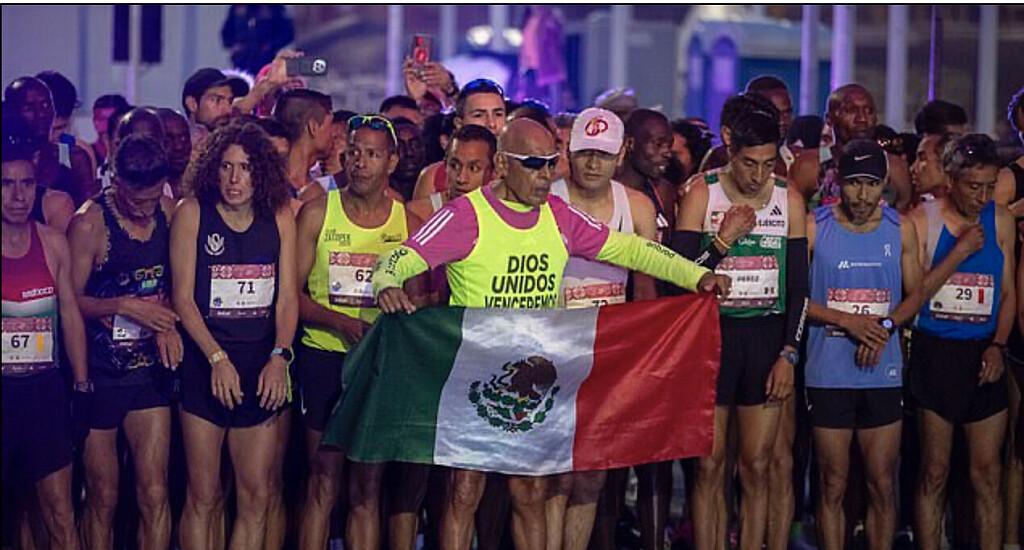Running News Daily
Running News Daily is edited by Bob Anderson in Mountain View, California USA and team in Thika Kenya, La Piedad Mexico, Bend Oregon, Chandler Arizona and Monforte da Beira Portugal. Send your news items to bob@mybestruns.com Advertising opportunities available. Over one million readers and growing. Train the Kenyan Way at KATA Running Retreat Kenya. (Kenyan Athletics Training Academy) in Thika Kenya. Opening in june 2024 KATA Running retreat Portugal. Learn more about Bob Anderson, MBR publisher and KATA director/owner, take a look at A Long Run the movie covering Bob's 50 race challenge.
Index to Daily Posts · Sign Up For Updates · Run The World Feed
Kenyan Sharon Cherop to chase after personal best at Buenos Aires Marathon
Former world championships bronze medalist Sharon Cherop will be chasing after a personal best at the Buenos Aires marathon set for this Sunday in Argentina.
Cherop, who has a PB of 2:22:28, said she has been hard at work in preparing for the South American race. She wants to atone for her defeat by former world champion Ruth Chenpngetich in the 21km race during the Standard Chartered Marathon last month.
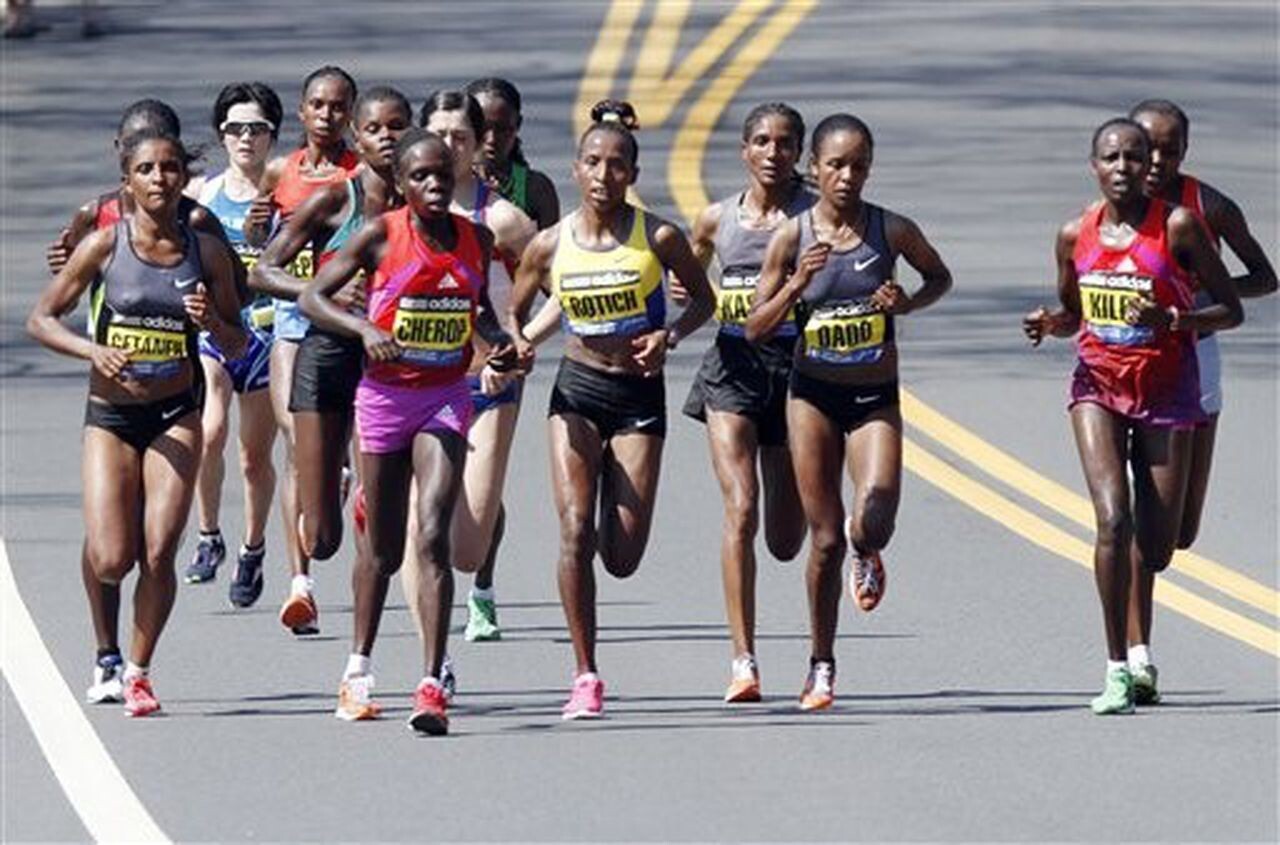
“I really don’t have a specific time that I will be chasing but I want some good time at the end of the day. I want to run better than I did in the half marathon,” said Cherop.
The 2012 Boston Marathon champion said she is buoyed by her performance at April's Milan Marathon, where she clocked 2:26:13.
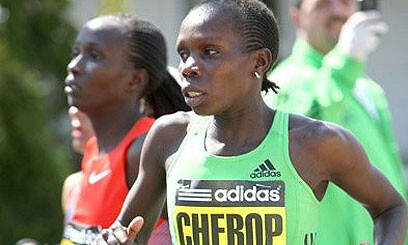
In Milan, she edged out Ethiopian Ethlemahu Sintayehu (2:26:30) and compatriot Emily Chebet (2:28:08).
"I am really trying to come back stronger after being out for so long. I want to have a good time. I pray that it will be favorable this time around,” she said.
The 2002 world junior 5,000m bronze medalist has a good history in marathon running since winning bronze at the 2011 World Championships behind winner Edna Kiplagat and Prisach Jeptoo in an all-Kenyan podium sweep.
The Tirap Primary School alumna also won the Toronto Waterfront Marathon and finished third at the 2011 Boston Marathon before winning the race the following year.
“Weather can also be a factor and as athletes, we always look forward to favorable conditions,” said the former New Delhi Half Marathon silver medalist.
Apart from road running, she also competed at the Discovery Kenya cross country in 2002, where she was third. She has also won the Eldoret City Marathon.
Former world 10,000m silver medalist Paul Tanui will lead the men's contingent that has Cornelius Kibet, and Edwin Kibet among others.
(09/20/2023) ⚡AMPby Emmanuel Sabuni
Buenos Aires Marathon
The Maratón of Buenos Aires is an annual marathon foot-race which takes place in Buenos Aires, Argentina, during the Southern Hemisphere's Spring, usually in October. The 21st edition of the Buenos Aires Marathon started on October 9, 2005 at 7:30 at the 9 de Julio Avenue and Córdoba Avenue in the Recoleta neighborhood, being the start also the end point. ...
more...Elvis Cheboi carries Kenyan hopes at TCS Toronto Waterfront Marathon
Although he may not have the fastest personal best time in the field Kenya’s Elvis Cheboi will certainly be a contender when the 2023 TCS Toronto Waterfront Marathon gets underway on October 15th.
The 27-year-old made his debut at the Vienna Marathon April 23rd and after running with the leaders through the first half in 62:44 he struggled home in 7th place with a time of 2:10:21. The result left him wondering if he would ever put himself through such torture again.
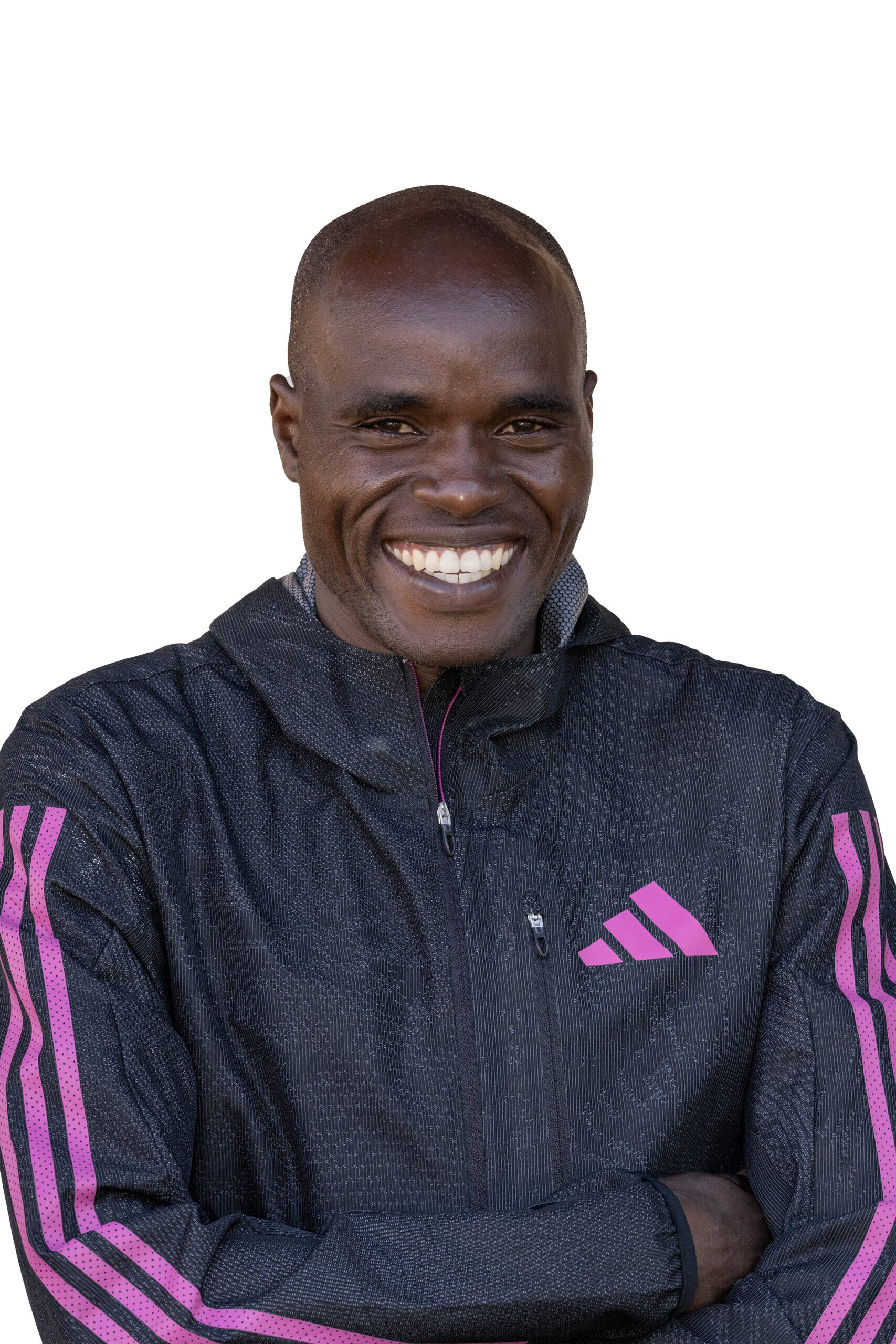
“It was tough but I accepted it,” he says with a smile during a video call from Iten, Kenya. “You see, it was my first attempt so I can say I tried my best.
“After I finished I felt like I would never again run the marathon. My body was feeling pain. My coach Gabriele (Nicola) helped me and encouraged me with a lot of wisdom and said ‘don’t give up you will do it one day’.”
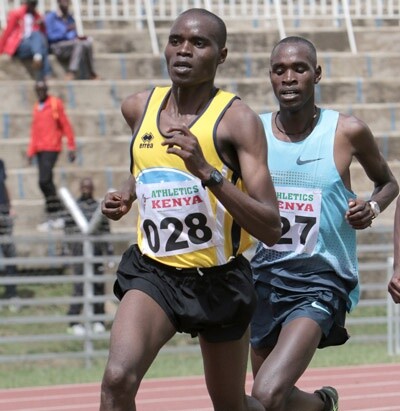
At this point coach Nicola, who is sitting with him in the lobby of Kerio View Hotel listening in, interjects pointing out that five months before Vienna his charge had recorded a personal best half marathon time of 59:15 to finish 3rd at the Barcelona Half Marathon. That’s ten seconds faster than world marathon record holder Eliud Kipchoge has ever run. Unfortunately, when Cheboi returned to Iten following that splendid result it was with a slight injury.
The pair had expected he was capable of running 2:06 or 2:07 in Vienna. Indeed the race was won in 2:05:08 by his countryman Samwel Mailu.
“This time we started preparation for Toronto in June,” Nicola reveals. “Immediately his body started to react the way it reacted when he ran 59:15 for the half marathon in 2022.
“Now he is building the shape. It’s not hard to imagine him running sub 2:06. He will be ready to run well. How well? We will see on the streets of Toronto.”
Cheboi trains with the Demadonna Athletic group in Iten. Among the 35 athletes that train with Nicola about a dozen stay at the Kerio View Hotel through the week but Cheboi isn’t one of them. That’s because he and his wife, Ruth Korir, have two very young children – a daughter named Sharline Jerotich, 5, and a 1-year-old son, Shalom Kiplagat.
Their house is about five kilometres from the training centre and sits on some land they own.
“When I am done with training, like this evening, I play with my children and also teach my girl, who is now in school, how to do her homework,” he says. “I help her with education.
“At night I usually watch television mostly CNN. My favourite is CNN and maybe National Geographic. There are so many animals on that channel.”
Like many professional runners in East Africa he is using his earnings from running to prepare for his family’s future.
“Back at my home I also farm,” he says with a smile. “I have animals and also plant maize, potatoes and wheat. This year I have cows, sheep and goats and also I planted some wheat and maize. You know, here in Kenya we like maize because of Ugali.”
Ugali, of course, is a staple on the tables at homes in Kenya and served often with beef stew.
Among those he trains with are two world-class marathoners in Joshua Belet who ran 2:04:33 in the 2023 Hamburg Marathon and Kiprono Kipkemoi who was second at Toronto Waterfront Marathon last year.
“I don’t know much about Toronto but I asked Kiprono about Toronto but he didn’t tell me much yet,” he says. “But I will meet with him again about it.”
Among Nicola’s female athletes is Magdalyne Masai who set a Toronto Waterfront Marathon course record of 2:22:16 in 2019. The coach has arranged a meeting with her so Cheboi can gain more insight into the course and all its features.
“It’s not exactly like a refreshment station but you learn to drink on the run,” Nicola explains. “Secondly you will know how to grab a bottle and not lose time during the race.”
Unusual for a Kenyan runner when asked whose performances inspired him when he was starting out as a runner Cheboi answers ‘Kenenisa Bekele,’ the Ethiopian superstar who won three Olympic gold medals and held the world 5,000m and 10,000m records until 2020.
“I can say I love Bekele. The way he ran and also from his background of running until now,” he admits although he has never met his idol.
“I encouraged myself. How Bekele runs his performances from way back you see he ran very well.”
(09/20/2023) ⚡AMPby Christopher Kelsall
TCS Toronto Waterfront Marathon
The Scotiabank Toronto Waterfront Marathon, Half-Marathon & 5k Run / Walk is organized by Canada Running Series Inc., organizers of the Canada Running Series, "A selection of Canada's best runs!" Canada Running Series annually organizes eight events in Montreal, Toronto and Vancouver that vary in distance from the 5k to the marathon. The Scotiabank Toronto Waterfront Marathon and Half-Marathon are...
more...Amanda Nelson breaks Canadian 24-hour record
Ultrarunner Amanda Nelson broke the Canadian women’s 24-hour record at That Dam Hill in London, Ont., over the weekend, running an unofficial distance of 248.8 kilometers and picking up her fourth national ultramarathon record.
Although Nelson, who hails from Woodstock, Ont., told Canadian Running on Monday that the exact distance likely won’t be made official for a couple of weeks, she broke the 238.261-km record held by Bernadette Benson by at least 10 km.
“I had lots of highs and lows—more highs than lows—but there were times where I was like, ‘Why am I doing this?’” she said of her weekend effort, her third attempt at breaking the Canadian 24-hour record.
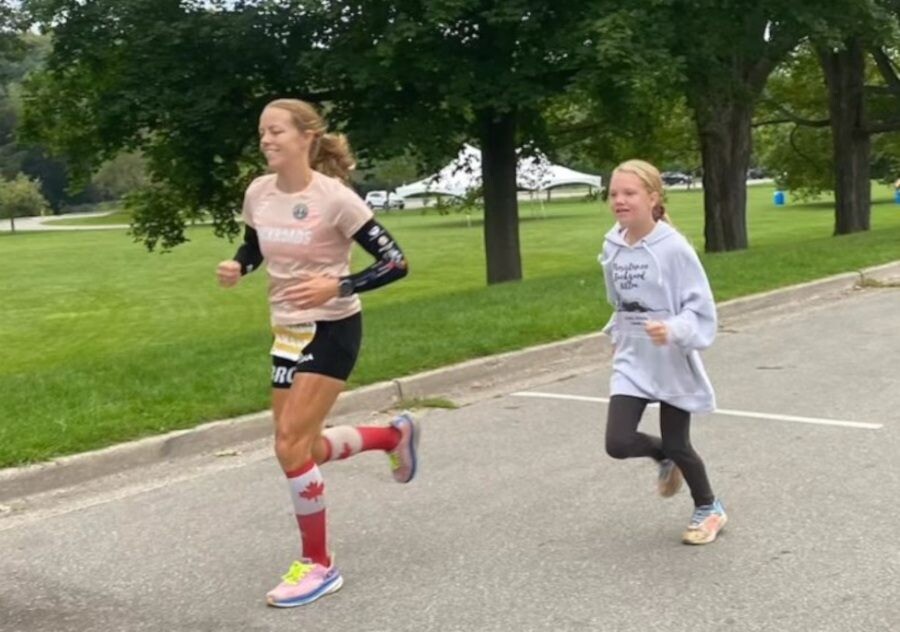
She said while her path to achieving the 24-hour record hasn’t always been smooth, an uneven surface is exactly what was needed to finally accomplish this feat.
Nelson said her two previous, unsuccessful shots at the record were both attempted on the track. Although running on a flat surface would seem to take less of a toll on the body, the monotony of running laps on a track was too mentally draining.
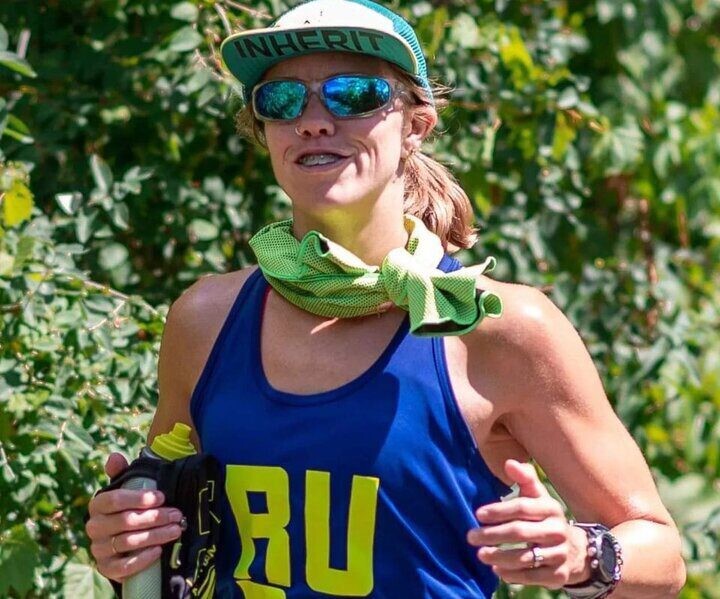
“Mentally, just doing the track, it’s not for me,” said Nelson. “That Dam Hill isn’t a track—it’s a 2.25-km loop on pavement with hills. Although it’s hard running on pavement for that long, there’s more variety to the surroundings at That Dam Hill. I need the hills and the downhills and variety. They help a lot, mentally. I knew I had to do a course that wasn’t on a track if I was going to take another try at breaking the record.”
Nelson said positive self-talk was also key to staying on track during her most recent shot at the record. “When I’m going through a low, I make sure to remind myself that I can keep going, that I am strong enough and this bad feeling is going to pass.”
She said she felt “amazing” in the final moments of her run, and that the end of her record-breaking race was made even more special when Hanna Nelson, her 10-year-old daughter, joined her for the last partial loop until the clock hit 24 hours.
“It was great, but it’s crazy how the second you finish, you’re done. Everything just kicks in and you’re like, ‘I couldn’t even run one more step.’”
In addition to her latest record, the 34-year-old holds the women’s 12-hour Canadian record (135.072 km) and the 100-mile Canadian record (14:45:51). In May, she broke her Canadian women’s backyard ultra record by running 375.51 km over 56 hours at the Race of Champions-Backyard Masters in Rettert, Germany.
That performance in Germany helped qualify Nelson for Big Dog’s Backyard Ultra Individual World Championships in Short Creek, Tenn., which begins Oct. 21. She is one of only three Canadians who have qualified for the race (Ihors Verys and Eric Deshaies have also punched their tickets), and one of only four female qualifiers among 75 runners representing 38 countries.
However, there’s a chance the race may be over for her before it begins—the cost of making the return trip to Tennessee could end up being too prohibitive for Nelson.
(09/19/2023) ⚡AMPby Paul Baswick
Eliud Kipchoge lands in Germany in style ahead of the Berlin Marathon
The Berlin course remains one of his favorite since he has set two world records there.
Four-time Berlin Marathon champion Eliud Kipchoge has landed in Germany in style for the Berlin Marathon on Sunday, September 24.
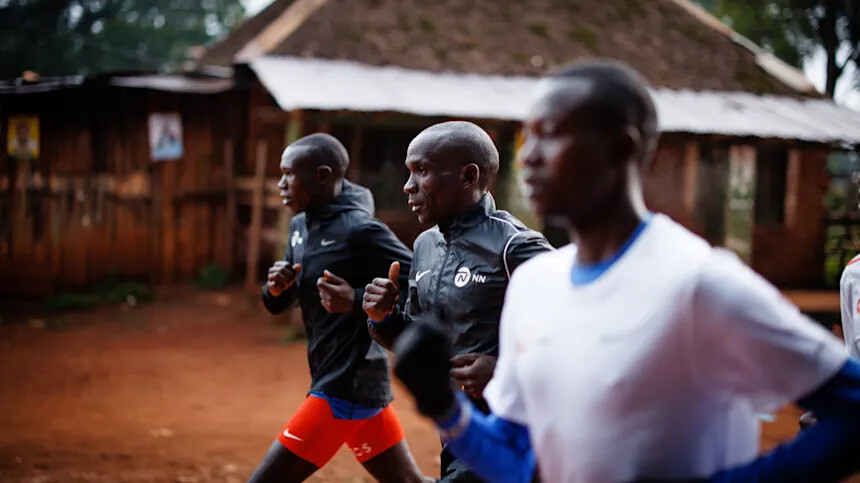
Kipchoge has been preparing for the marathon since his unsatisfactory exit from the Boston Marathon.
The four-time London Marathon champion finished sixth at the Boston Marathon due to a problem with his left leg but has since addressed that and will be raring to go in the streets of Berlin.
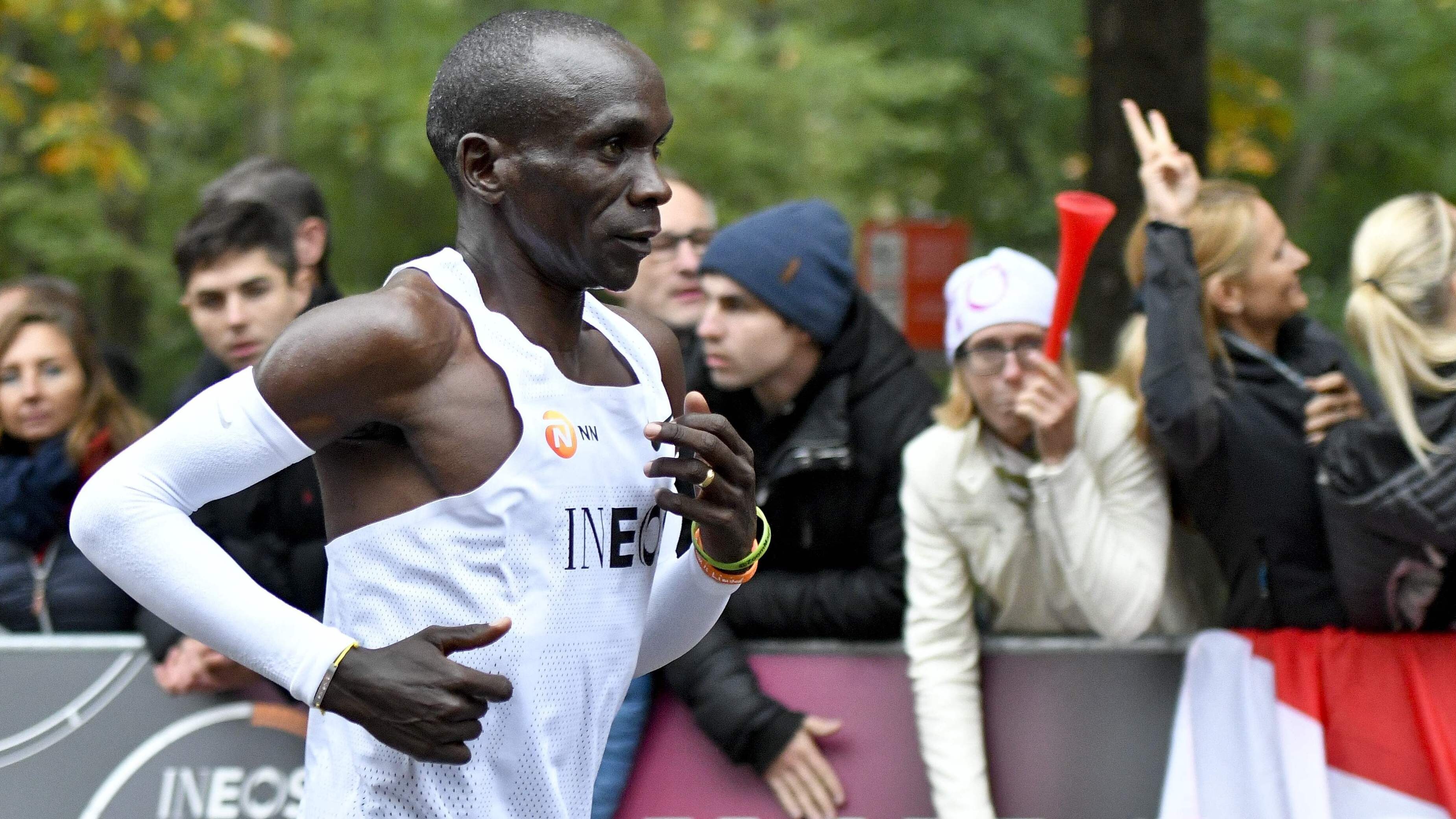
The Berlin course remains one of his favorite since he has set two world records there. He set the first world record during the 2018 edition where he clocked 2:01:39 to win the race.
He then lowered his time during the 2022 edition, clocking 2:01:09 to cross the finish line. Another record might be in the offing as he seeks to bounce back from the Boston Marathon disappointment.
The 38-year-old also disclosed that he loves racing in the streets of Berlin because of the real fans who motivate him to always do better.
In Berlin, he will enjoy the company of the 2022 London Marathon champion Amos Kipruto who finished second behind him during the 2022 Tokyo Marathon.
Jonathan Maiyo, Eliud Kiptanui, Ronald Korir, and Philemon Kiplimo have also confirmed participation. Enock Onchari, Mark Korir, and Josphat Boit will also be in action.
(09/19/2023) ⚡AMPBMW Berlin Marathon
The story of the BERLIN-MARATHON is a story of the development of road running. When the first BERLIN-MARATHON was started on 13th October 1974 on a minor road next to the stadium of the organisers‘ club SC Charlottenburg Berlin 286 athletes had entered. The first winners were runners from Berlin: Günter Hallas (2:44:53), who still runs the BERLIN-MARATHON today, and...
more...Edwin Kimaiyo will return to Germany with one goal in mind
Edwin Kimaiyo will be returning to Germany with the hope of achieving a podium finish at the Munich Marathon scheduled for Sunday October 8.
Germany is definitely one of the favorite destinations for Kimaiyo and he will be hoping to improve on his performance from last year.
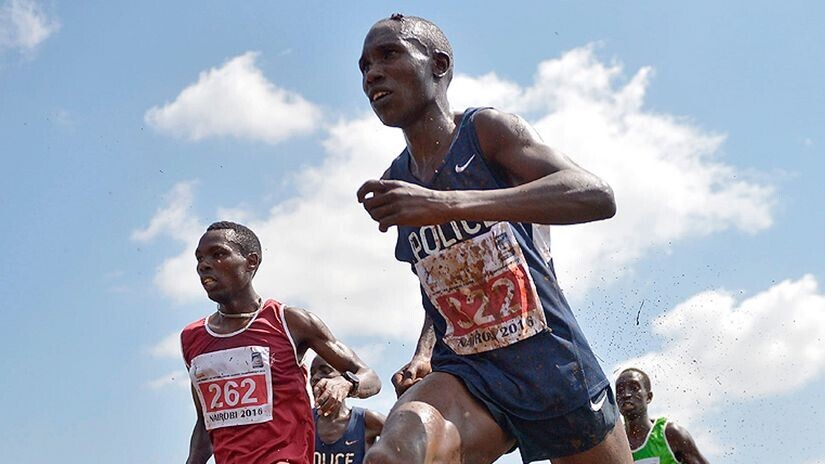
During the 2022 edition of the race, the 37-year-old finished fifth. With mastery of the course, he will definitely pull a surprise performance.
Kimaiyo has a Personal Best time of 2:09:12 and he is the fastest in the men’s field currently in Germany’s fourth biggest marathon.
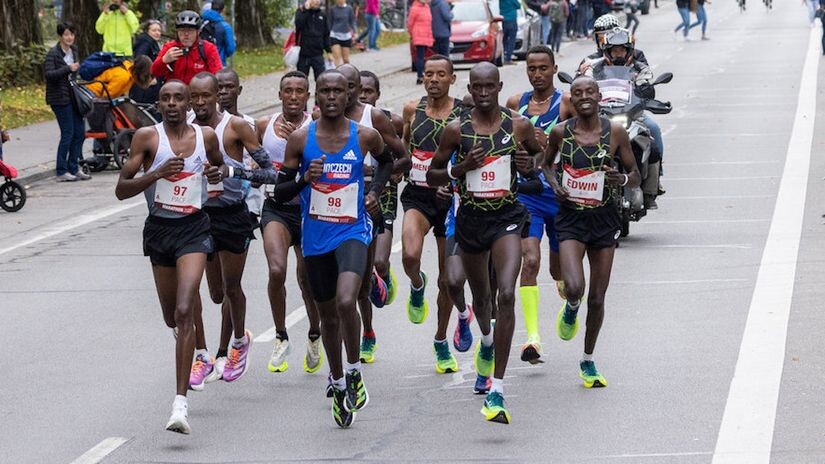
The Kenyan has vast experience and he took a fine third place at the 2011 Berlin Marathon with 2:09:50. He will be joined by compatriot Cosmas Kiplimo who is still a newcomer to international road racing.
He made his international debut at the Linz Marathon in Austria last year, clocking 2:09:44 for 11th place. He finished third at the Geneva Marathon earlier this year.
Sebastian Hendel will lead the home charge and he will be returning to the Munich Marathon as well. He goes into the race after clocking 2:11:29 at the Vienna City Marathon.
In the women’s field, Caroline Jepchirchir leads the field with a PB time of 2:26:11. The 35-year-old ran her personal best in Enschede, Netherlands, in 2022 when she settled for fourth.
Her compatriot, Tecla Chebet will be among her challengers but she is yet to run a major international marathon. Jepchirchir has managed to bag six of her seven international marathons. This year the Kenyan took the Linz Marathon with a personal record of 2:27:18.
Meanwhile, the organisers of the 37th edition of the event are expecting a field of around 22,000 runners including races at shorter distances. It was noted that around 7,000 of them will run the marathon.
(09/19/2023) ⚡AMPby Abigael Wuafula
Olympic silver medalist Paul Tanui set for his marathon debut in Argentina
The Buenos Aires International Marathon takes place on Sunday, September 24 having attracted strong fields in both the men’s and women’s races.
Olympic 10,000m silver medalist Paul Tanui will be making his long-awaited debut over the distance and he will definitely be bracing up for a tough test.
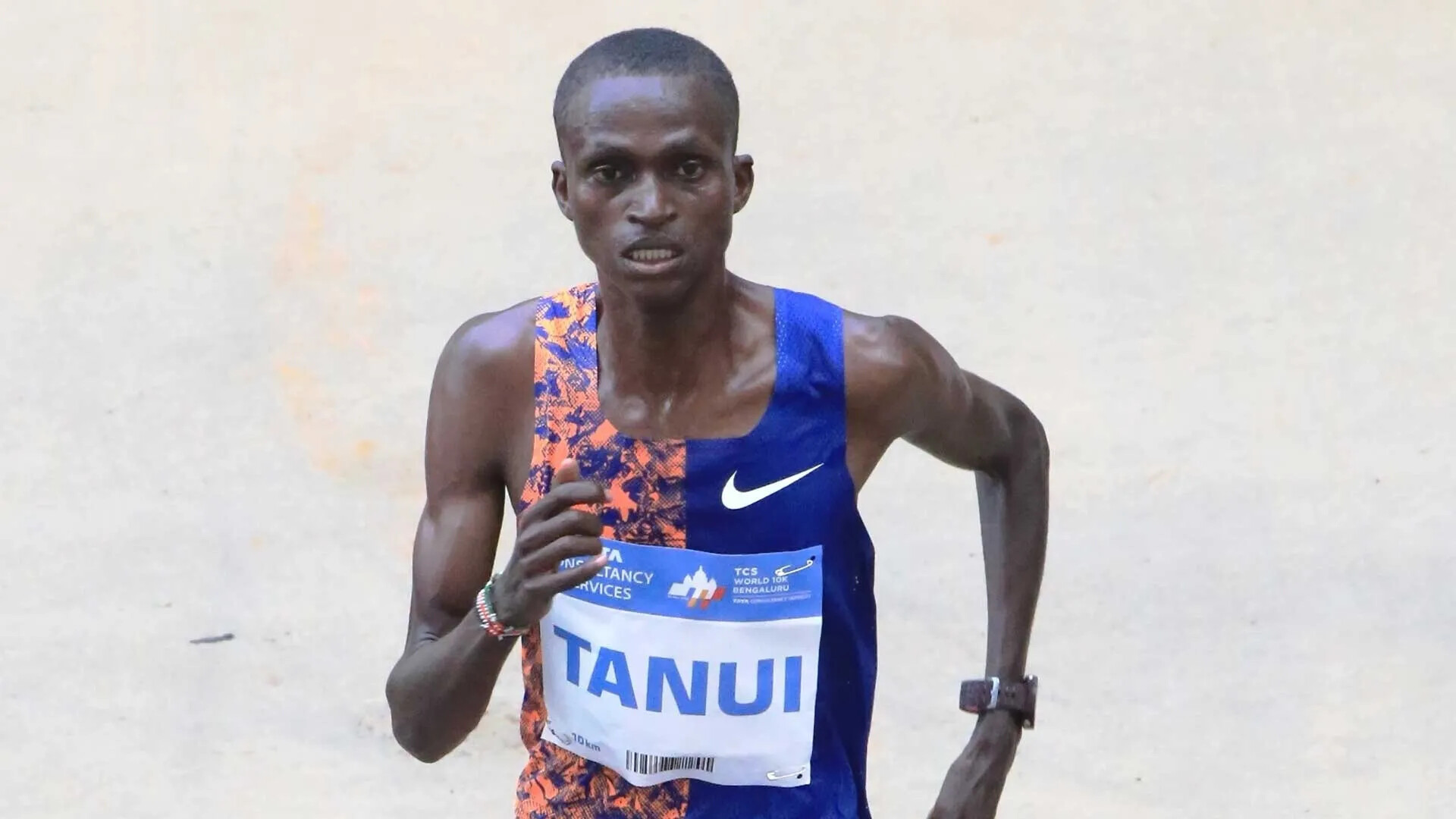
The 32-year-old intended to make his debut at the Daegu International Marathon but failed to finish the race and he will be hoping to have a better outing in Argentina.
Tanui has only competed once this season, at the Bogota Half Marathon where he finished fourth in a time of 1:05:02.
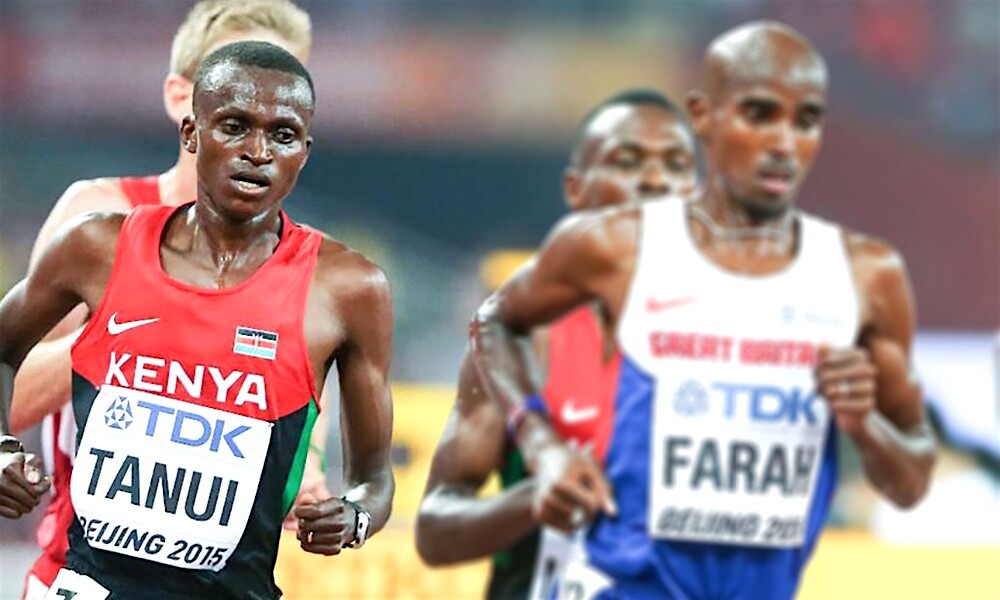
In the men’s race, there are four other runners who already have records under 2:10, led by Kenyan Cornelis Kibet. Edwin Kibet Kiptoo, runner-up of the 2022 Buenos Aires Marathon, will also be in the hunt for victory this time around.
The list of Argentines includes several of the most notable marathon runners in recent times such as David Rodríguez, Martín Méndez, Miguel Maza, José Félix Sánchez, and Pablo Toledo.
The men's record was set at 2:05:00 by Kenyan Evans Chebet in 2019 and no one has gotten closer to it since then.
Chebet went ahead to become one of the best marathoners in the world by winning major events such as Valencia (2:03:00), New York, and Boston.
In the women’s category, the circuit record was also achieved in 2019 by Rodah Jepkorir Tanui, with 2:25:46. Tanui now returns in search of her third consecutive victory (she also triumphed in 2022).
She will have strong rivals such as her co-patriot Pamela Jepkosgei and Sharon Jemutai Cherop, a former winner of the Boston Marathon, who arrives for the third time in the country
(09/19/2023) ⚡AMPby Abigael Wuafula
Buenos Aires Marathon
The Maratón of Buenos Aires is an annual marathon foot-race which takes place in Buenos Aires, Argentina, during the Southern Hemisphere's Spring, usually in October. The 21st edition of the Buenos Aires Marathon started on October 9, 2005 at 7:30 at the 9 de Julio Avenue and Córdoba Avenue in the Recoleta neighborhood, being the start also the end point. ...
more...Eliud Kipchoge shares how fans play a huge role in his success
World marathon record holder Eliud Kipchoge is one of the most successful athletes in the world and his success definitely did not come overnight.
It has taken years for the four-time London Marathon champion to make a name for himself and he attested that fans have played a huge role in his career.
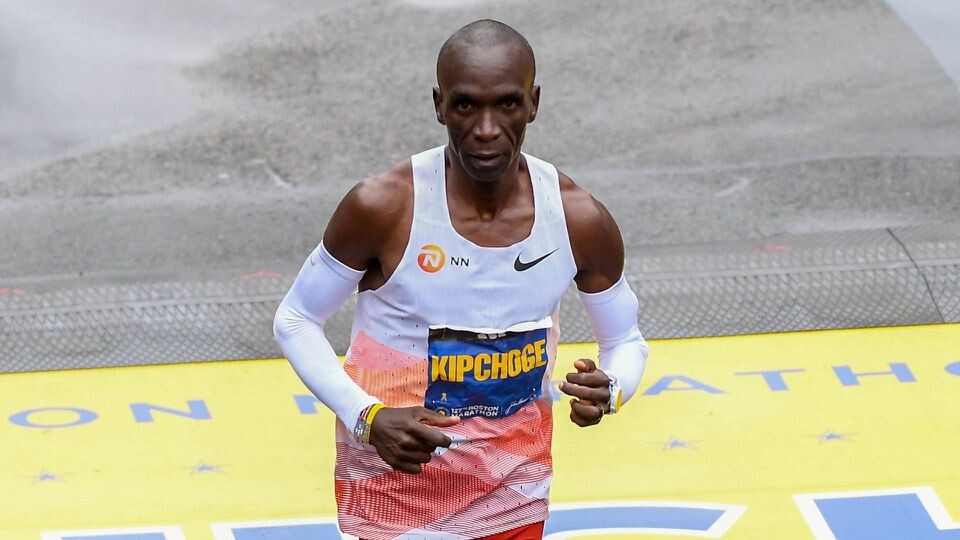
The legendary marathoner will be returning to the streets of Berlin with eyes set on winning his fifth title and he is banking on fans to make it a success. He attested that he loves competing in Berlin because of the passionate fans who cheer him on to keep going.
“The streets of Berlin will be packed and you know when you hear the voices of the people, those are the people passionate about the sport, those are the real fans in Berlin.
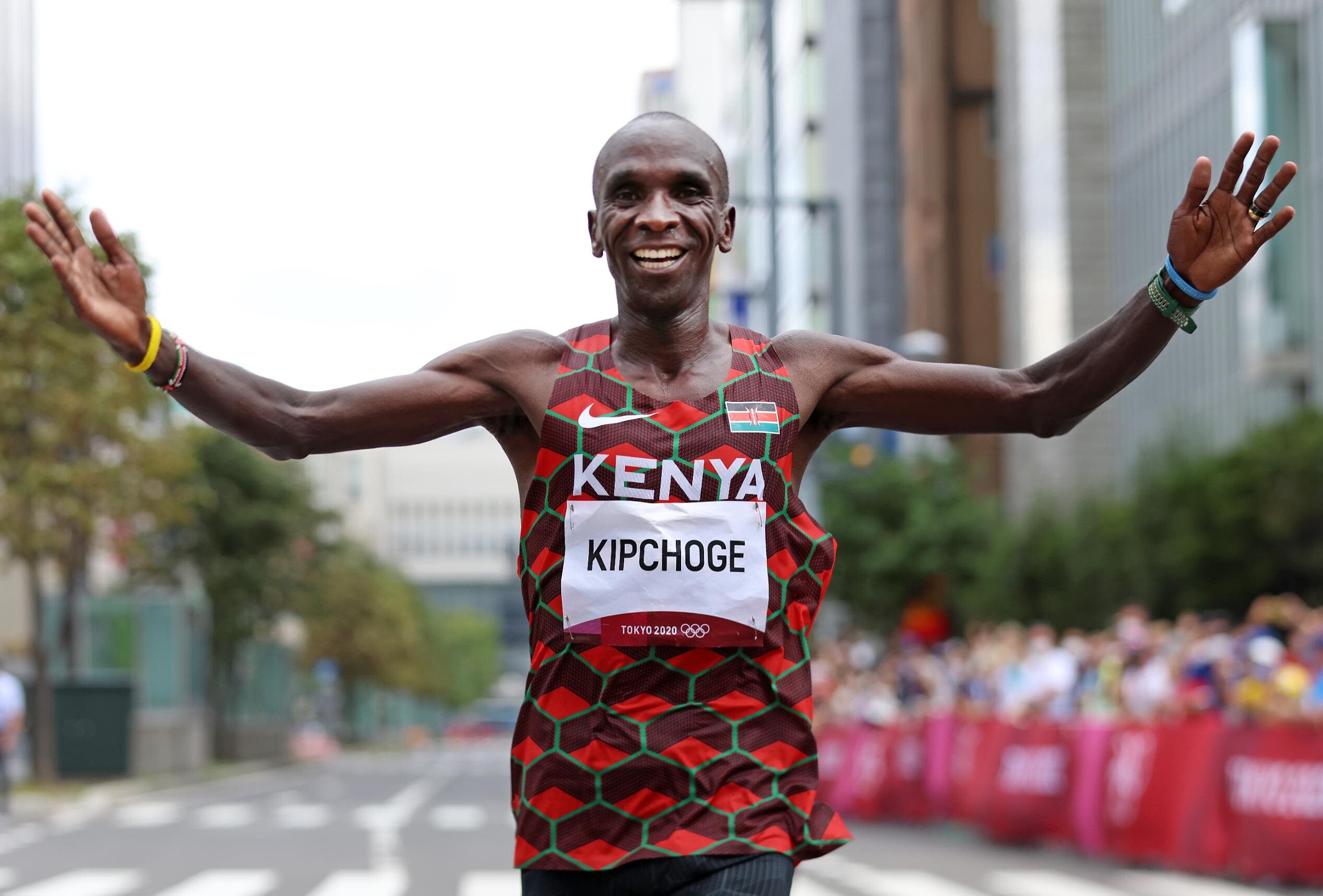
"Those are actually the people who motivate me and push me to keep going despite the challenges. I’m really looking forward to that,” he said.
The Berlin Marathon is scheduled for Sunday, September 24 and the 2014 Chicago Marathon champion will be using the event as a build-up towards next year’s Olympic Games in Paris, France.
Kipchoge opened his season at the Boston Marathon but unfortunately failed to live up to expectations after finishing sixth in the race due to a leg problem.
He went back to the drawing board and now feels ready to return to one of his favourite courses and take the win. He has set two world records on the Berlin course and he will be sure to stun his fans one more time when he sets foot on the start line for the race.
(09/18/2023) ⚡AMPby Abigael Wuafula
Record-breaking registration numbers reported for 2024 Boston Marathon
The 128th Boston Marathon presented by Bank of America has set a remarkable record as it closed its qualifier registration window on Friday, Sept. 15. An astounding 33,000 applications were received by the Boston Athletic Association (B.A.A.) surpassing the previous record of 30,458 entries in 2019.
The applications for the 2024 Boston Marathon came from runners from 127 different countries and all 50 U.S. states, along with Washington, D.C. Qualifying athletes earned their spots in more than 528 races worldwide, showcasing the event’s international appeal. Impressively, applicants ranged in age from 18 to 82, underlining the race’s inclusivity and ability to inspire athletes of all ages.
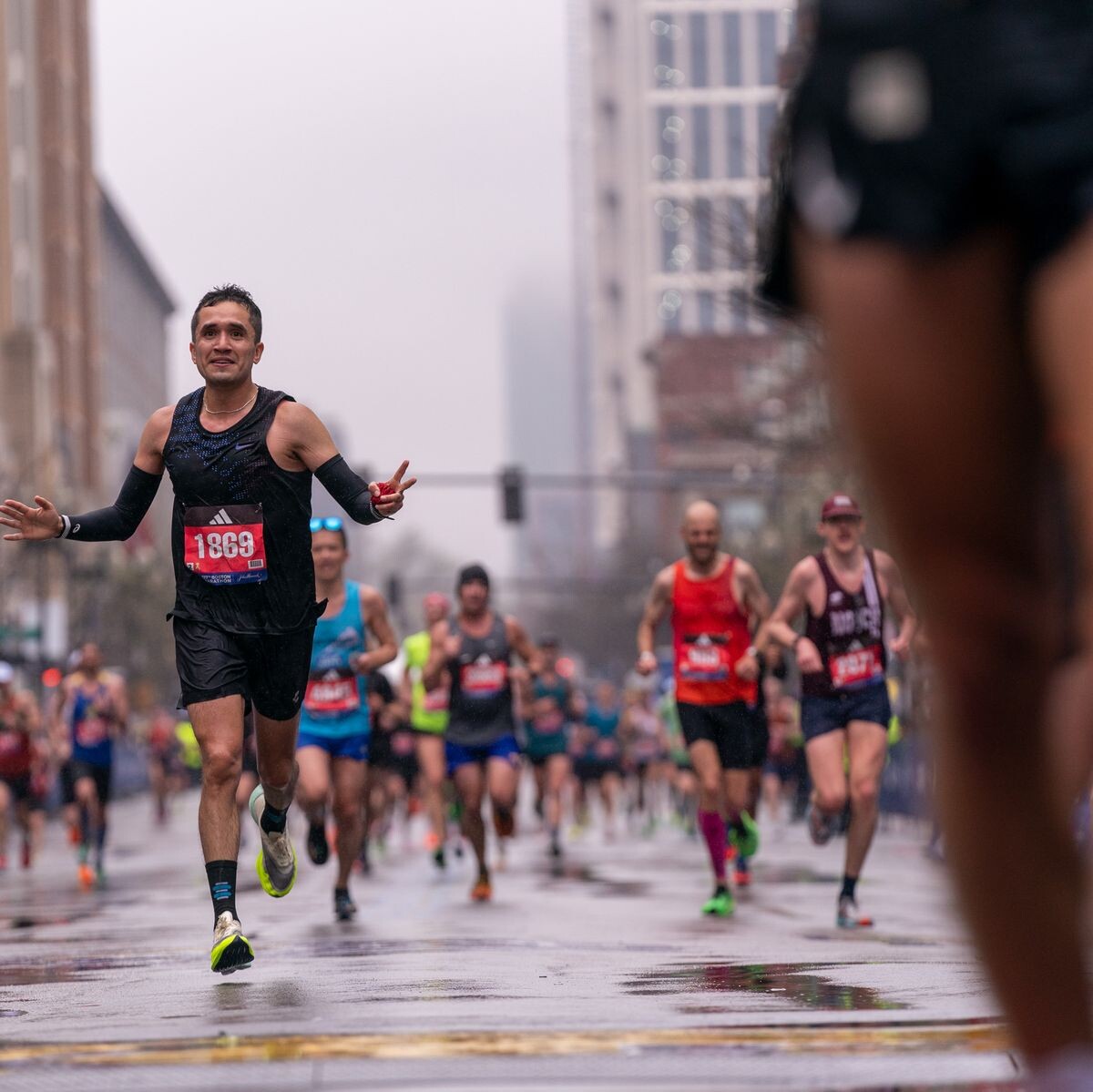
Despite the surge in applications, not all qualifiers will secure a spot in the 128th Boston Marathon. The B.A.A. is currently verifying all qualifying times and will notify applicants of their acceptance or non-acceptance within the next three weeks.
To maintain transparency, the organization has not speculated on a “cut-off” time for entry and requests athletes’ understanding and patience during this verification process.
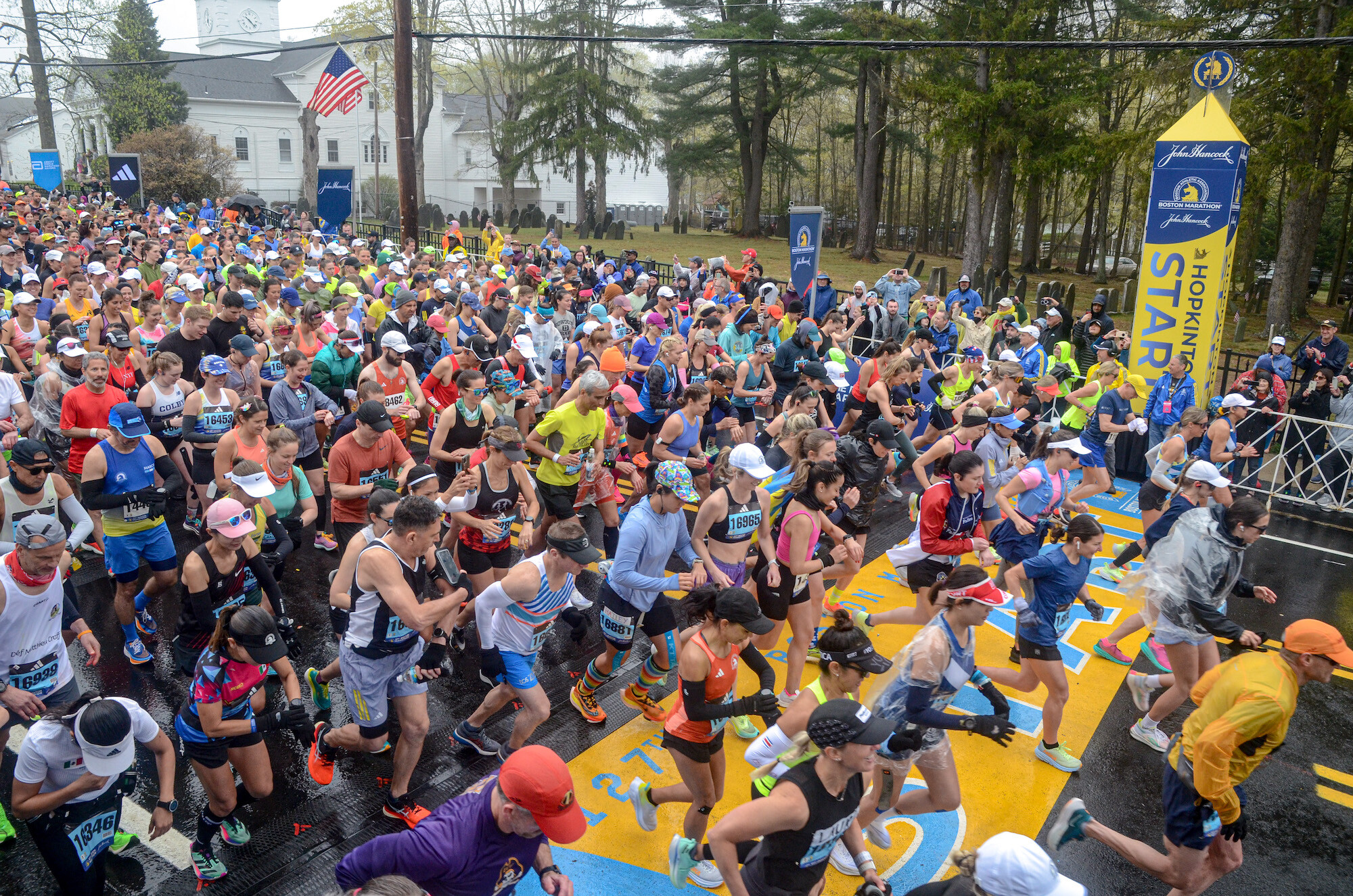
Jack Fleming, President and CEO of the B.A.A. commended the global running community’s passion and commitment to participating in the iconic race. Fleming stated, “Receiving a record number of applications is a testament to the strength of road racing around the world and speaks to runners’ commitment to taking on the challenge of earning a Boston Marathon qualifying time with the goal of reaching the start line in Hopkinton.”
For individuals who do not make the cut or lack a Boston Marathon qualifying time, there’s still an opportunity to participate through the Bank of America Boston Marathon Official Charity Program. This program includes 160 non-profit and charitable organizations that have begun accepting applicants for the upcoming event.
(09/18/2023) ⚡AMPBoston Marathon
Among the nation’s oldest athletic clubs, the B.A.A. was established in 1887, and, in 1896, more than half of the U.S. Olympic Team at the first modern games was composed of B.A.A. club members. The Olympic Games provided the inspiration for the first Boston Marathon, which culminated the B.A.A. Games on April 19, 1897. John J. McDermott emerged from a...
more...Three key workouts to PB your next marathon
Mastering the art of a half marathon or marathon can take many years of consistent training. These diverse workouts should be added to your repertoire–they’ll help you nail pacing, build speed for hilly courses (that also translates to strength on the flats) and boost your confidence prerace. If you have an area you need to work on, you’ll notice it after running these sessions and can make it a focus. Consistency (and fun) are essential.
1.- 3K-2K-1K ladders
A great workout to pop into your training regime when your legs are feeling slow or sluggish, these ladders will inject some speed and help you tune in efficiency and race day pacing.
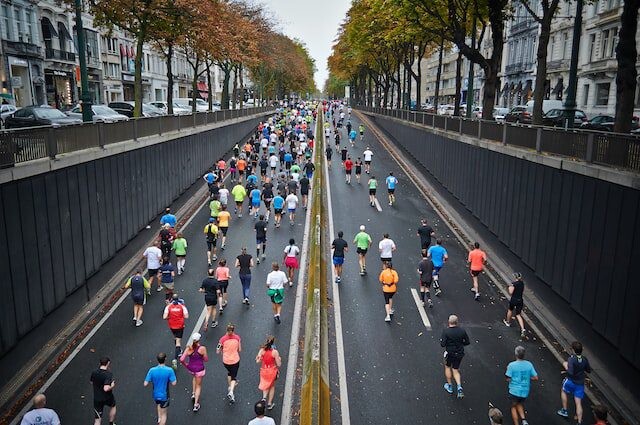
Warm up with ten minutes of easy running and some drills and strides.
2 x 3K at half marathon pace, 2K at 10K pace, 1K at 5K pace, with 2 minutes of recovery between reps and 4 minutes of recovery between sets.
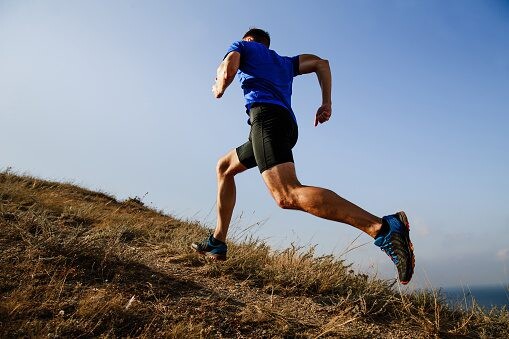
Cool down with ten minutes of easy running.
2.- Marathon to half marathon pace progression repeats
This session is all about the negative splits. Start slightly slower than you marathon pace and increase your speed each repetition, working down to half marathon pace. You’ll boost confidence with each repetition and practice pushing harder toward the end of your race.
Warm up with 10 minutes of easy running.
3 x 10 minutes at half-marathon pace, with 3 minutes of easy recovery between each.
Cool down with 10 minutes of easy running.
3.- Three-minute hill repetitions
Warm up with 10-15 minutes of easy running.
8 x 3-minute hills at marathon pace (moderate grade hill of 4-6 per cent), run easily down the hill for recovery.
Cool down with 10 minutes of easy running.
This workout is a great confidence booster and can be done near the end of your marathon training cycle. A three-minute hill is a long one–you won’t be running full-out and will gain strength and endurance by powering through. Work on maintaining a steady pace up the hill, and embrace the discomfort of this workout–it’s a great reminder of how uncomfortable marathons are.
(09/18/2023) ⚡AMPby Keeley Milne
Ethiopia’s Gudaf Tsegay sets 5,000m world record at Prefontaine Classic
On Sunday afternoon at the Diamond League Final in Eugene, Ore., world 10,000m champion Ethiopia’s Gudaf Tsegay almost achieved the unthinkable: breaking the women’s 5,000m world record in 14:00.20—nearly becoming the first woman in history to run a 5K under 14 minutes.
Tsegay surpassed the previous 5,000m world record of 14:05.20 by five seconds, which was set by her rival Faith Kipyegon earlier this year at the Paris Diamond League. Tsegay battled with world cross-country champion Beatrice Chebet until the final three laps when the Ethiopian pulled ahead.
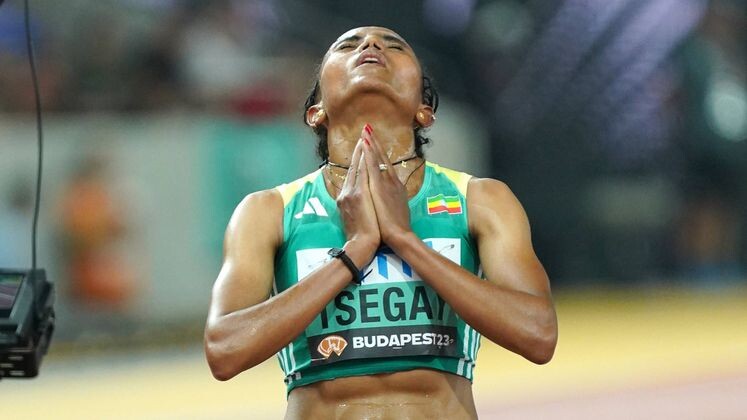
The pace for the 5,000m final was set for 14:00 flat, with the pacers taking Tsegay and Chebet through 3,000m in 8:26.03. Tsegay threw down a 2:09 final 800m to shake off Chebet and become the first woman to threaten the 14-minute 5K barrier.
Chebet finished second behind Tsegay in 14:05.92, the third-fastest time in history. Ethiopia’s Ejgayehu Taye rounded out the Diamond League 5,000m final podium in 14:21.52. Kipyegon chose to run the 1,500m on Saturday and did not enter the women’s 5,000m at the Prefontaine Classic.
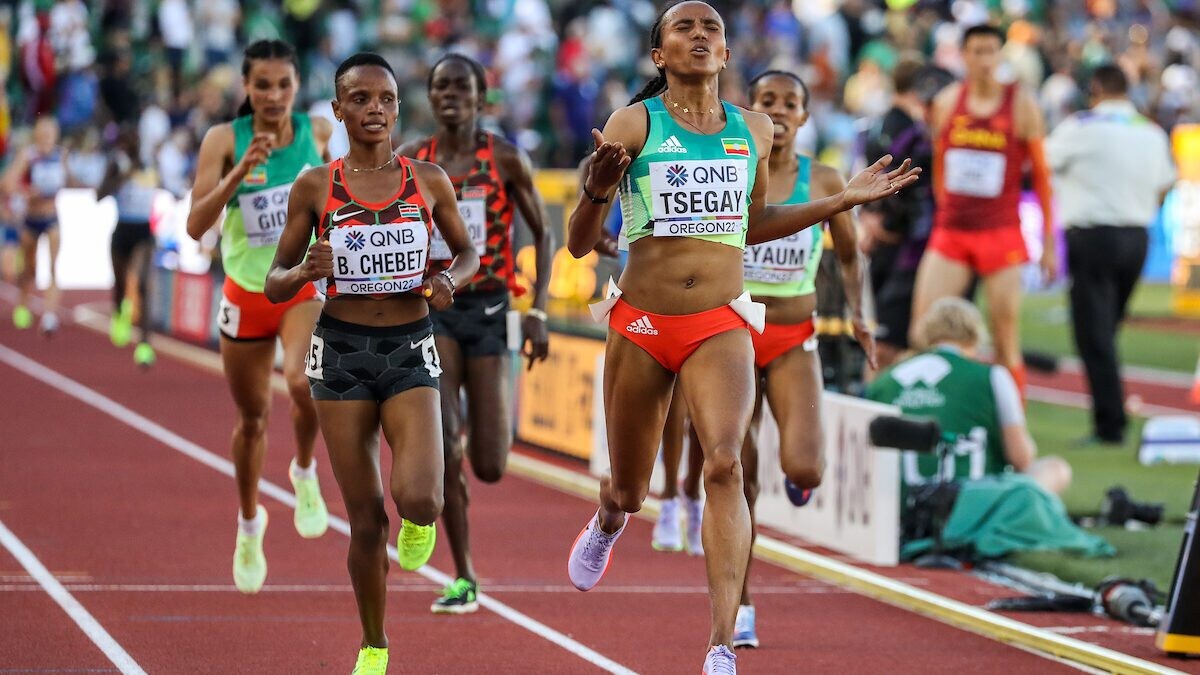
Tsegay had an up-and-down 2023 season, winning the world 10,000m title in Budapest, then finishing a disappointing 13th place in the world 5,000m final several days later.
This is the second world record of Tsegay’s career. In 2021, she ran an indoor 1,500m world record of 3:53.09 in northern France.
(09/18/2023) ⚡AMPby Marley Dickinson
Prefontaine Classic
The Pre Classic, part of the Diamond League series of international meets featuring Olympic-level athletes, is scheduled to be held at the new Hayward Field in Eugene. The Prefontaine Classicis the longest-running outdoor invitational track & field meet in America and is part of the elite Wanda Diamond League of meets held worldwide annually. The Pre Classic’s results score has...
more...So You Missed Your Splits or Lost Your Race – Now What?
How failing in training and racing can make you a stronger runner
It’s Tuesday. No, it’s not only Tuesday. It’s critical velocity day. My coach has assigned me two warm-up miles and six 600 meters in 3:13-3:21 intervals, with a 90 second jog between each one. I head out to smash the workout. I’m confident. I’m excited. Then, I start. It’s blistering hot. Sweat is dragging all my face sunscreen down my forehead into my eyes. Water sloshes in my stomach. I’m so thirsty but I can’t drink anymore or I’ll puke. I start to slow. Miss my paces. What is happening? My head spins and I get this horrible gut-wrenching feeling as I pull through the last interval. My coach is going to be disappointed. My Strava record is going to be humiliating. Because I absolutely, undoubtedly failed this run.
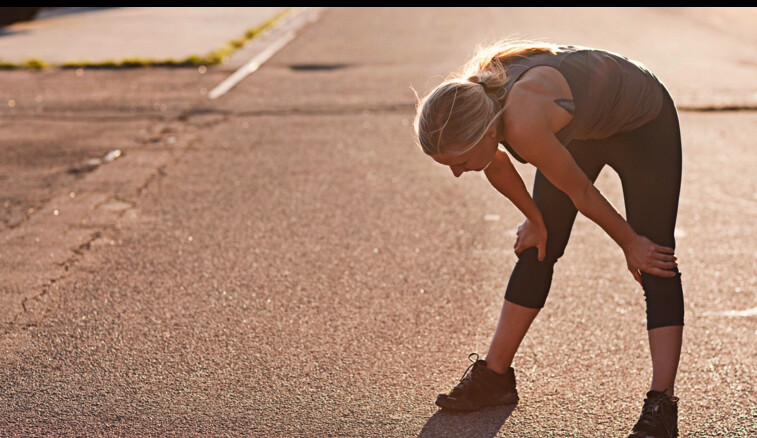
Thinking of yourself or your run as a failure can be debilitating and keep you down for days. For a while, I thought I needed to stifle this feeling. But as it turns out, I should be making nice with failure rather than fighting it.
So what exactly does it mean to fail a run? It looks different for everyone, but to many people in the running community, it means missing the splits you or your coach has set for yourself. You can fail in training and fail in a race – both are equally debilitating for a runner. However, running coach and founder of Run Your Best, Cory Smith, says this doesn’t always mean running too slow.
“A lot of people think the faster you run, the better,” he says. “But if you’re trying to hit a certain zone or train a certain adaptation and you run too fast, then you’re training something different than your coach wanted you to train, that can be a failure, too.”
In fact, Smith doesn’t believe going slower than your faces should be defined as the typical, negative definition of failure.
“Failure is data collection,” he says. “It’s learning information. If I fail a workout, it doesn’t make me a failure as a person or an athlete, it’s just an opportunity to look at the data and figure out how to grow from it.”
Oftentimes you’ll hear runners call it the “F word” or scold others for talking about failure, but mental endurance coach, Vanessa Foerster, wants people to use the word. She echoes the same thing as Dumbledore in Harry Potter and the Sorcerer’s Stone – “Fear of a name increases fear of the thing itself.” (That’s the only Harry Potter reference, I swear.) Foerester believes shying away from the word or thought of failure gives it more power.
“We have an opportunity, with our language, to normalize failure,” she says. “If we can redefine it, we change our relationship with it.”
What both Foerster and Smith stress the most is that one bad workout doesn’t make or break you. Smith compares it to basing your retirement fund on one day when the market went down, even though we know it goes up and down all the time.
“The most powerful thought around failure is that one workout never makes or breaks a race or athlete,” Foerester says. “We’re in a constant state of learning, if we open ourselves up to be.”
Beating yourself up over a workout can often bleed into your next run, creating a sort of downward spiral effect.
“It puts you into a negative mindset, and then the next workout you’re going to put more pressure on yourself to do well to convince yourself that last workout was just a fluke,” Smith says. “This leads to anxiety, which can hurt your workout performance.”
One study reports that a negative emotional state can hinder athletic performance. Speed, specifically, was proven to be affected by emotional state. This study examined the correlation between sadness and depression and reduced running speeds, head movements, and arm swinging.
In other words, failure can be heavy, if you let it.
Like we said, failure looks different for everyone. So far, we’ve been talking about failing during training sessions – which can be referred to as process failure. An outcome failure, however, is not meeting an end-result or goal which the training was put forth for. Like a race.
For Addie Bracy, it looks like an uncharacteristic 116th place in the 100k CC. Bracy is an elite trail runner, placing first in the 2023 Behind the Rocks Ultra Race and third in the 2023 Speedgoat 50K. She has a consistent track record across the board and even has her masters in Sport and Performance Psychology.
“I had a pretty poor performance,” she says, reflecting. “Objectively, one of the worst I’ve ever had in trail running, and certainly not the race I trained for.”
Bracy says she can’t pinpoint a rhyme or reason why, but that it just wasn’t clicking that day. At a certain point, she realized the race wasn’t going the way she thought and reframed her mindset. Failure, in her definition, is only when you give up – and she chose not to.
“I think that’s the beauty of ultras – they’re so long that you’re going through the mental process then and there,” she says. “I had thoughts of stopping, but I went through the mentality of ‘That’s not what you do this,’ and gave my best effort to focus on just finishing instead of making a certain time.”
This is what Smith identifies as performance standards versus outcome goals.
“Outcome goals are the splits you or your coach sets or the final finishing time,” he says. “The performance standards aren’t outcomes, but how much effort you put into whatever that task is.”
Meaning, Bracy started out at UTMB with an outcome goal of a particular time, and mid-race, reframed her foals to a performance standard to do her absolute best.
“I think when it really boiled down to it, the goal of a race was to put yourself in a challenging situation and see how you can handle it,” she says. “I was still able to do my best that day – it wasn’t what I thought it was going to be, but it was still my best.”
But she wasn’t happy with her placement in the 100k CC.
But in early September, Bracy took on the 100k CCC and placed in what she thought was an uncharacteristic 116th with a time of 14:48:21.
Foerster goes a step further and says that failure is not only okay, but it’s actually beneficial to experience.
“Anytime we can meet emotional discomfort where we have to deal with heavy emotions like disappointment, we teach ourselves how to navigate that more effectively,” Foerster says. “So that when we meet another uncomfortable moment in a race, we know we can meet it and process through it.”
In a study conducted by Ayelet Fishbach, Behavioral Science professor at University of Chicago, and Kaitlin Woolley, associate professor at the SC Johnson Cornell College of Business, it was proven that discomfort could lead to personal growth. By applying cognitive reappraisal, study participants assigned a new meaning to discomfort before they experienced it so it served as motivation rather than a reason to stop their goals. And, in the case of this study, participants who were forced into discomfort while doing a task reported a greater sense of achieve
Much like running itself can be uncomfortable, forcing yourself to address the emotions that come with failure can be an unfamiliar, disagreeable experience. But doing so allows you to feel, process, and recognize that you can change your relationship with failure every time you meet it.
“Discomfort is the currency to our dreams,” Foerster says. “If we’re willing to meet it, all our potential is on the other side.”
So fail, and fail hard. Address the feeling head-on and don’t let it define you, but just one out of many more runs to come.
(09/17/2023) ⚡AMPby Outside Online
Edward Cheserek, Irine Cheptai set PBs 2023 Copenhagen Half Marathon
Edward Cheserek and Irine Cheptai set personal bests on their way to leading the men and women 2023 Copenhagen Half Marathon results on Sunday. The Top 25 results below shows Edward Cheserek running 59:11 and Irine Cheptai clocking 1:05:53
The 2023 Copenhagen Half Marathon results and report on Sunday, 17 September, as Kenyan runners Edward Cheserek and Irine Cheptai won the men’s and women’s respective titles with a pair of quality runs to set personal bests in the Elite races.
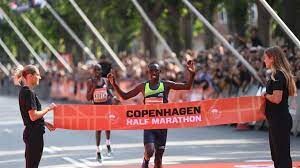
On the men’s side, the top six finishers went faster than 60 minutes today, led by Cheserek, who crossed the finishing line at a new personal best time of 59:11. This was the first time Cheserek was breaking 60 minutes for the half marathon with his previous PB of 1:00:13 set in 2022 in Valencia.
Following the former Oregon Duck and NCAA standout home on Sunday was his countryman Bernard Koech, who clocked 59:13 in second place. Ethiopia’s Gemechu Dida ran 59:31 for third place and completed the podium.
The women’s 2023 Copenhagen Half Marathon results and report was led by three-time world champion Irine Cheptai from Kenya, who set a new personal best today, stopping the clock at 1:05:53.
Kenyan runners swept the podium in the women’s race with Winfridah Moseti finishing in second place with 1:06:40, followed by countryman Jesca Chelangat, who ran 1:07:03 for third.
Meanwhile, Jacob Sommer Simonsen was top Denmark finisher today, clocking in at 1:03:40 to take the national title and finishing 25th overall.
On the women’s side, the national winner was Carolien Millenaar, who ran 1:14:50 for first-place among the Denmark runners and
(09/17/2023) ⚡AMPCopenhagen Half Marathon
The Copenhagen Half Marathon was the first road race in Scandinavia and is one of the fastest half marathons in the world. The Copenhagen Half Marathon has been awarded with the International Association of Athletics Federation's (IAAF) most distinguished recognition - the IAAF Road Race Gold Label. Copenhagen Half Marathon was awarded the IAAF Road Race Bronze Label in January...
more...Saina and El Goumri win Sydney Marathon titles
USA’s Betsy Saina held off a late challenge from Ethiopia’s Rahma Tusa to take the women’s title, while Othmane El Goumri claimed the men’s race win at the Sydney Marathon presented by ASICS, a World Athletics Platinum Label road race, on Sunday (17).
Saina, who finished fifth at the Tokyo Marathon in March, clocked 2:26:47 to win by six seconds ahead of Tusa, while Gladys Chesir claimed third place in 2:28:41.
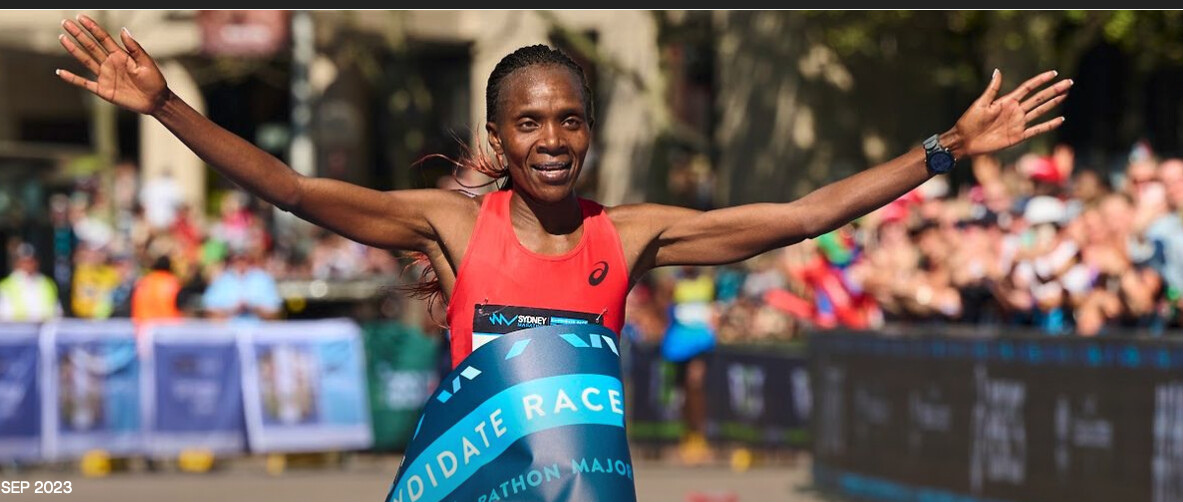
El Goumri’s winning time was 2:08:20 as he triumphed by 23 seconds ahead of Kenya’s Laban Kipngetich, with Ethiopia’s Getaneh Molla placing third in 2:11:22.
Racing on a hot morning, Saina formed part of a pack that passed 10km in 34:57 and the half way mark in 1:14:23 – with Kenya’s Angela Tanui to the fore at that point.
They reached 30km in 1:46:22, with a number of athletes still in contention.
Then Saina and Tusa started to make a move. As they left their rivals behind, they were together through 35km in 2:02:49, with Tanui back in third in 2:03:35.
Saina was still clearly feeling good and she pushed again to create a gap on Tusa, passing the 40km point in 2:19:30, 16 seconds ahead of the Ethiopian. But Tusa wasn’t content to sit back and watch the title run away, so she made a late charge. While she was able to close the gap to six seconds by the finish, it wasn’t quite enough, and Saina secured the crown, with Tusa taking second place and Chesir coming through for third.
Tanui finished fourth in 2:28:52, while Ethiopia’s Bekelech Borecha was fifth in 2:29:13. Australian record-holder Sinead Diver won the national marathon title in 2:31:27, finishing eighth overall.
In the men’s race, El Goumri made a move ahead of the 30km mark, but he had formidable company in the form of Tanzanian record-holder Gabriel Geay, who set his PB of 2:03:00 in Valencia last year.
After a half way split of 1:03:56, they passed 30km together in 1:30:58 but Geay could not maintain the pace and he dropped to third by 35km – with El Goumri ahead in 1:46:11 and Kipngetich overtaking Geay to pass that point in 1:46:28 to Geay’s 1:46:58.
Geay dropped out from the race after that point, with El Goumri forging ahead to win in 2:08:20 and Kipngetich claiming second place in 2:08:43. Molla, who had reached 35km in 1:47:31, claimed third place in 2:11:22.
He was followed over the finish line by his Ethiopian compatriot Limenih Getachew, who finished fourth in 2:12:34. Kenya’s Moses Kibet, who was defending his title after winning last year in an Australian all-comers' record of 2:07:03, was fifth in 2:13:28, while Oceanian record-holder Brett Robinson won the Australian title in 2:23:05, and like Diver he finished eighth overall.
With more than 17,000 entrants, the event was the largest marathon to ever take place in Australia.
(09/17/2023) ⚡AMPSydney Marathon
The Sydney Marathon is a marathon held annually in Sydney, Australia. The event was first held in 2001 as a legacy of the 2000 Summer Olympics, which were held in Sydney. In addition to the marathon, a half marathon, 9 kilometres (5.6 mi) "Bridge Run", and a 3.5 kilometres (2.2 mi) "Family Fun Run" are also held under the banner...
more...Yared Nuguse Shatters American Mile Record At Prefontaine Classic
Yared Nuguse shattered the American record in the Bowerman Mile, finishing second to Norway's Jakob Ingebrigtsen in 3:43.97 at the Prefontaine Classic.EUGENE -- Yared Nuguse shattered the American record in the Bowerman Mile, finishing second to Norway's Jakob Ingebrigtsen in 3:43.97 at the Diamond League Prefontaine Classic at Hayward Field.
Nuguse lowered the previous American mark of 3:46.91 set by Alan Webb in Belgium in 2007. His time now ranks fourth on the all-time world list.
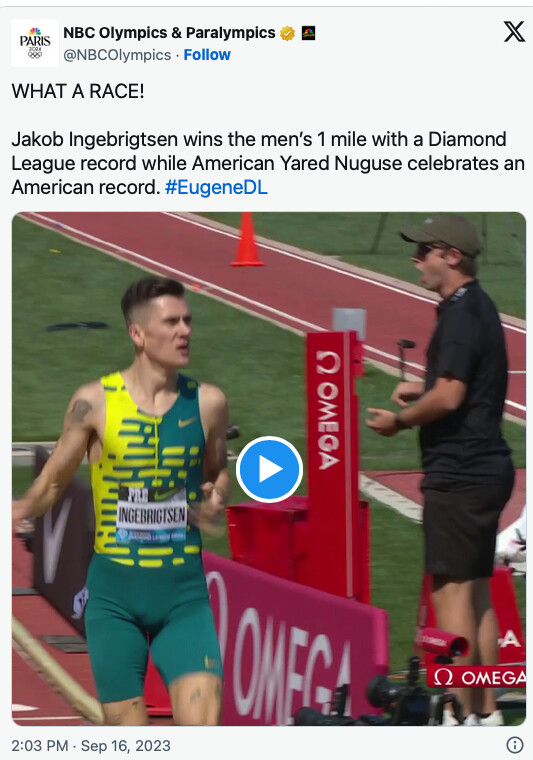
“I feel like a 3:44, 45 felt reasonable, but 43 is the same second as the world record which is absolutely insane that we were able to do that today, but still (have) a great race,” Nuguse said.
Ingebrigtsen won the race in the third-fastest time in history 3:43.73, establishing new Diamond League, Pre Classic and European records while pulling the entire field to extraordinary performances. Everyone in the race clocked sub-3:54 and established either a new season best or personal best. There were also there national record and world U20 mark established.“I think he pushes all of us to be better, and that’s really huge," Nuguse said of Ingebrigtsen. "To have someone like this at the time same time that I’ve come to my peak is just really big, to make me catch things that I didn’t think were possible, like running 3:43.”
As expected, from the early going, this shaped up to be a two-man race between Ingebrigtsen and Nuguse. In the pre-meet press conference Nuguse stated that he wanted the American record. Ingebrigtsen playful told Nuguse to hang with him as long as he could and he just might get it.
And he was right.
Pacer extraordinaire Eric Sowinski kept the two runners on world-record pace, taking them through 800m in 1:51.67. When he stepped off slightly before 1200m, Ingebrigtsen had covered the next quarter in 56.06 with Nuguse right on his heels. The duo hit the bell in 2:47 and the race against the clock and each other was very much on.
“He does a very good race," Ingebrigtsen said of Nuguse. "Obviously he’s in a good enough shape to run what he does, but at the same time today I wanted to race where I could challenge myself to really set out at a decent pace, somewhat conservative, and then I go as hard as I could the last two laps to try to run as fast as I could. So it was very good.”As the two hit the back straight, it was apparent from the green LED pacing lights on the rail that they had fallen about two strides behind world-record pace but the intrigue was far from over.
They remained tight rounding the next to last curve when Ingebrigtsen turned the screw with 150 to go and began to open slight daylight. Nuguse covered the move and pulled right back onto the heels of the leader.
Coming down the stretch, Nuguse grimaced as he tried to keep up with Ingebrigtsen, moving wide to lane two to try and get passed but he was unable to close the gap.
“This is gonna be my last chance for a while to beat him, I might as well just pour my whole heart into it," Nuguse said of his mindset late in the race. "It was the perfect race because I just felt very unbothered the entire time, so it was all just really gritting it out and seeing who could run faster. But you know, definitely tough competitor but still felt really good about it.”
Nuguse credited the passionate crowd at Hayward Field -- there were 12,634 ticketed spectators in attendance -- with providing him with the home-cooking spark he needed late in the race.
"“Definitely that third lap, I feel like having that crowd just going nuts was really huge," he said. "I could just feel they’re all cheering for me for once, when I feel like in Europe they’re mostly cheering for him. It was still just a really amazing crowd, I always love hearing a big roar, especially here in Eugene.”While Nuguse can kick back into the offseason and start recharging for the Olympic year -- he said, his plans are to “just have a ton of fun tonight, not think about running for a month” -- Ingebrigtsen has one more race to go in his season, and on a tight turnaround. The 5000m world champion is favored in tomorrow's men's 3000m.
"Obviously I was here to run the mile," Ingebrigtsen said of his focus. "I’m jumping in the 3k because I got the opportunity. But now it’s all about getting back home to the hotel, eat, sleep, try to prepare as good as I can and we’ll see tomorrow.”
After the meet ends, is Ingebrigtsen's year done?
"Not quite," he said. "Hopefully getting married next weekend, so I think I have to prepare for that as well.”
(09/17/2023) ⚡AMPby Joe Battaglia Flotrack
Prefontaine Classic
The Pre Classic, part of the Diamond League series of international meets featuring Olympic-level athletes, is scheduled to be held at the new Hayward Field in Eugene. The Prefontaine Classicis the longest-running outdoor invitational track & field meet in America and is part of the elite Wanda Diamond League of meets held worldwide annually. The Pre Classic’s results score has...
more...New prison marathon documentary chronicles San Quentin's 1,000 Mile Club
26.2 To Life, by San Francisco filmmaker Christine Yoo, documents the story of the San Quentin Marathon–a marathon that takes place every November inside the walls of a maximum-security prison, and which, for several men, has represented a path to rehabilitation and a new life. The film opens in U.S. theatres on Sept. 22.The club, which evolved sometime after a small group of volunteer coaches were given permission to start a running club in the prison 16 years ago, is called the 1,000 Mile Club–the idea being that interested inmates could rack up 1,000 miles during their period of incarceration.
The club’s leader is volunteer coach Frank Ruona, a veteran of 78 marathons (including many Boston Marathon finishes) and 38 ultras. Other regular volunteers include Western States Endurance Run board president Diana Fitzpatrick and popular ultrarunner Dylan Bowman.The film documents the 2018 San Quentin Marathon, which involves 105 laps of the prison yard–a combination of gravel, pavement and dirt, with six 90-degree turns in each loop. Twice, that year’s marathon was delayed–once by wildfires in the area, and once by deaths in the prison due to drug overdoses. Sometimes the race itself is interrupted by alarms. When an alarm sounds, everyone in the yard must drop to the ground. The first time an alarm sounds during the 2018 marathon, the men are sitting on the ground for seven minutes.
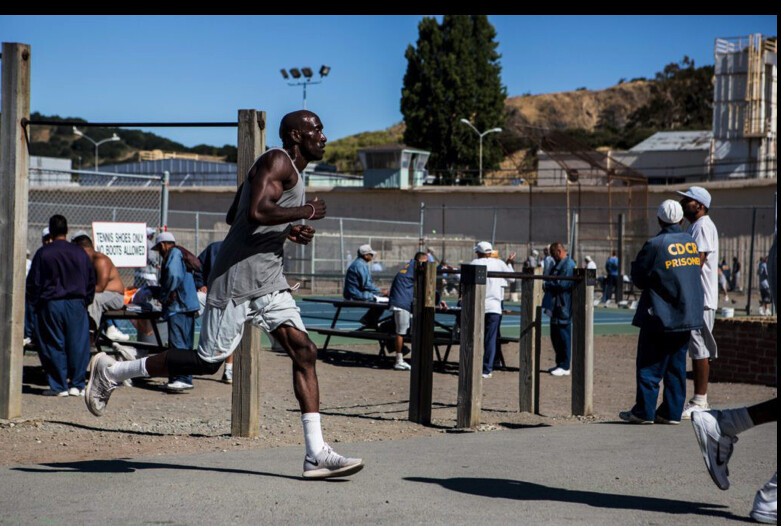
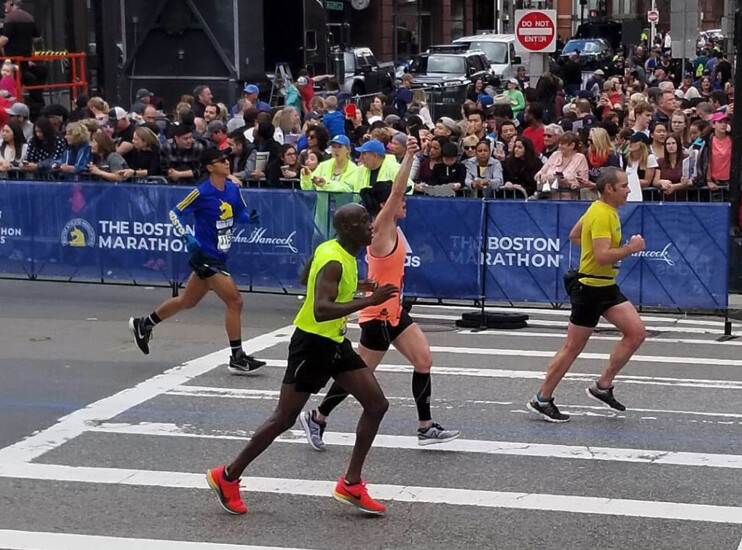
Then the race resumes.As he does every year, the club’s fastest runner, Markelle Taylor (nicknamed “The Gazelle”), won the race. As it happened, Taylor’s sentence was commuted the same year, and he went on to run the 2019 Boston Marathon as a charity runner, finishing in 3:03–a nearly seven-minute personal best.
San Quentin is a Level 4 maximum security prison, and many of the men depicted in the film are serving life sentences for murder. Each describes what led to their incarceration, but Ruona says he’s not interested in their crimes–he will lend an ear if an inmate wants to talk, but he does not ask what brought them to San Quentin. He is simply there to help–and to be a witness to the transformative power of running to change lives that are sometimes without hope. “I just feel like I am my brother’s keeper,” Ruona says, citing an Old Testament verse about Cain and Abel. “If he needs help, I’m gonna try and help him.”At the time the film was made, another runner, Tommy Wickerd, had been sober and gang-free for 18 years, and had recently completed his high school diploma. He applied for a commutation of his sentence, but never got a response.
His earliest possible release date is in 2053; he will be 86 when he gets out. But he’s philosophical. His wife, Marian, is determinedly loyal, and he has a son with whom he has a strong relationship. “If I keep running, I’ll be all right,” he says.
26.2 To Life opens in theatres in New York City, the San Francisco Bay area, Los Angeles, Milwaukee and Seattle on Sept. 22, and there will be a 72-hour virtual premiere from Sept. 29 to Oct. 1. There are currently no screenings scheduled in Canada, but we’ll provide updates if that changes. For more information, consult the film’s website, here.
(09/16/2023) ⚡AMPby Running Magazine
Can Better Shoe Lacing Make You Run Faster? BOA Thinks So.
Study shows BOA’s dial-based fit system improves trail running performance
The first running shoes were created roughly 50 years ago. Compared to running shoes today, nearly everything has changed. Outsoles are thinner, lighter, and more durable; midsoles are far more cushioned and responsive; and uppers are no longer leather but crafted of thin, breathable, engineered mesh or knits. One element, however, has remained essentially the same: laces. Today’s shoes, by and large, still use a long, thin cord crisscrossed across the instep to tighten the upper over the foot.

With all the technological advances elsewhere in shoe design it’s hard to believe that no one has come up with a more effective way of securing and holding the foot than by yanking laces through eyelets and tying them in a complicated bow that we learned when we were in preschool. Not only is the method cumbersome and imprecise, but it is also unreliable, coming undone at inopportune times far too often.
Truth be told, new tech has been developed but not widely adopted. Designers have tried various Velcro-type closures and stretchy uppers or laces. Others have gone with pull-cord designs like the Salomon Quicklace system, where you tighten the shoe by pulling on a thin, slick lace and securing it with a clip. While all improve convenience, it comes at the cost of control and comfort for many runners.
One prominent alternative gaining traction is the BOA fit system that uses a ratcheted dial to pull thin laces through guides to tighten the upper. Having tried several trail shoes outfitted with BOA fit systems, I’ll admit I am a fan. In my experience, the BOA system addresses many of the limitations of traditional laces: tightening is convenient and smooth, with micro-adjustments dialed- and locked-in with precise clicks. And, rather than the traditional top-of-the-foot web of laces buffered by a padded tongue, the BOA system tightens panels—custom-designed for each shoe model—that wrap around the foot and hold it comfortably and securely.
Besides convenience and comfort, a new study—that was, it’s worth noting, funded by BOA and carried out by the BOA-sponsored Performance Fit Laboratory—suggests that better lacing can also improve performance. A peer-reviewed white paper published by Frontiers in Sport and Active Living details the study that revealed improvements in stability, agility, and speed on a technical trail when wearing a shoe outfitted with the BOA PerformFit Wrap closure system over the identical shoe with traditional lacing. Despite the conflict of interest and some inherent limitations in the methodology, the study seems sound, and the results are intriguing.
In designing the study, the researchers chose to assess performance in an actual trail-running setting rather than inside a lab. Thirty runners (15 male, 15 female) ran a one-mile loop of a technical trail in Red Rocks Park near Denver, Colorado four times—twice in a pair of La Sportiva Cyklon with the BOA wrap system and twice in the identical shoe retrofitted with traditional top-of-the-foot laces— in randomized, counterbalanced order. During each run, scientists used accelerators and gyroscopes, pressure-sensitive insoles, heart-rate monitors, and GPS trackers to gather biomechanical metrics on the runners. After the test, participants answered questions on the shoe’s fit and performance on each section of the trail.
I was curious who tied the laces and who controlled the tension on both laces and BOA fit system, so I asked Dan Feeney, the BOA-employed biomechanics PhD who directed the study. He said that, in keeping with the “ecologically valid conditions” of the study, they let runners lace their shoes to their preference. “This is more representative of what runners will experience in the real world, so we prefer to test that way,” Feeney said.
When the numbers were crunched, the wrap-equipped shoe was shown to increase ankle stability (reducing the velocity of inward rotation) by five percent, improve heel hold by two percent, and improve running speed on all sections of the trail (uphill, downhill, and level) by one percent—with no increase in effort. In addition, the test runners rated the wrap shoe a better choice for each section of the trail, and said it fit better and inspired more confidence.
Feeney wasn’t surprised by the results, crediting the improvement to the superior fit of the engineered wrap.
“The overlapping panels’ configuration that we designed specifically holds the foot differently from laces,” he said. “The targeted hold over the instep using a wider panel enables force to be spread over a wider area, reducing pressure points. This enables superior fit by pulling the heel back into the heel pocket and ultimately providing better foot-shoe coupling.” This better hold, Feeney believes, is what improved the runner’s stability and helped them to run faster.
Given my experience with BOA-equipped shoes, I too wasn’t surprised that they provided a better hold, but I wouldn’t have predicted the improved speed. It does make sense, however, that not slipping around in a shoe would make each stride more effective. Granted, a one percent improvement isn’t much, but, as we’ve learned with four percent, going faster without increasing effort is a path to PRs.
Before we get too excited, consider that the real-world structure of the study reduces control of all the variables and the likelihood that results can be reproduced. The paper also acknowledges the limitation that everyone involved in the study was aware of what type of lacing they were testing at all times, which could bias the results.
Even with the limitations and biases, however, this study is a reminder—in a world obsessed with the propulsive properties of foam and plates—that a shoe is a complete system and every element, even fit, affects performance. Rather than increasing midsoles to dangerous heights, perhaps designers could spend more energy improving the connection between the shoe and the foot.
BOA has made a good start, although there are some drawbacks. One limitation on the Cyklon and other one-dial shoes is the inability to vary the tension on different parts of the foot. With traditional laces, I can leave the lower eyelets loose while tightening those closer to the ankle—albeit clumsily and imprecisely. The BOA dial, in contrast, tightens the entire system at the same rate. While the independent wrap panels are designed to optimize the force on each section, they don’t allow for individual foot-shape variations and fit preferences (except on shoes with two BOA dials, where each tightens a different set of panels wrapping the top and bottom of the instep—a significant improvement in the technology in my opinion). BOAs are also more expensive than laces, and, admittedly, they look geeky and out of place if you’re wearing your running shoes for anything other than running, which most people do with their road shoes.
So it may be some time before we see BOAs on anything but high-performance trail shoes. But on my morning run today, as I re-tied my laces for the second time and still felt unhappy with the tension, I longed for a day when I could dial in the fit on all my shoes.
(09/16/2023) ⚡AMPAre Energy Chews Actually Better Endurance Fuel Than Gummy Bears?
Our tester sacrifices her teeth to find out
I personally used gummy bears as endurance fuel for a solid ten years. These adorable chewy candies have long been a solution for athletes seeking an inexpensive and sugar-rich fuel for prolonged endeavors. But with more sport-formulated gummy options like Clif Bloks and Honey Stinger Chews on the market than ever, I wondered if there was much of a difference in how they make me feel during hearty efforts. So I decided to put them to a head-to-head test.
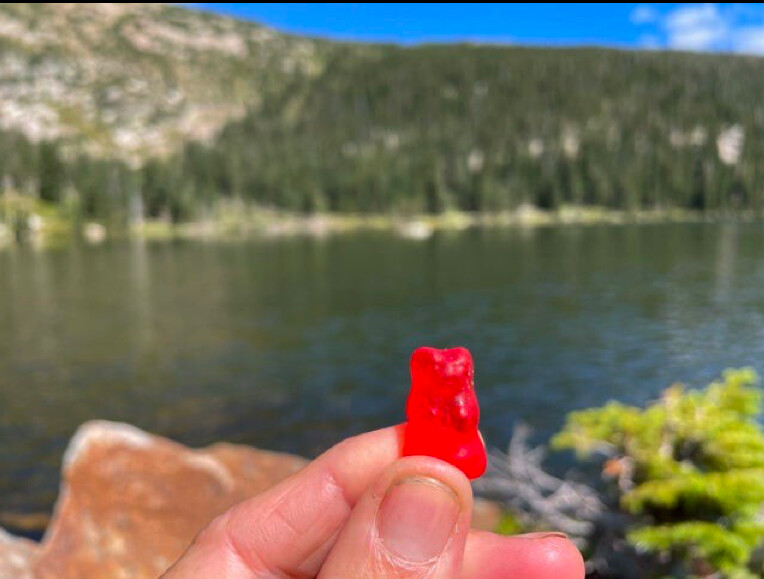
It was 10 a.m. at a pristine mountain lake in Colorado when I ate my first convenience store gummy bears, and—no surprise here—they were delicious. I’d packed a reusable plastic bag with a heartier serving (read: more than the recommended nine bears) of Albanese Gummi Bears, and another reusable bag of Haribo Goldbears and shoved them in my hydration pack. This type of candy is usually made of corn syrup and sugar, with “natural and artificial flavors.”
I was a couple rugged mountain miles to a lake with my dog. I sat on a rock and ingested the candy, noting how the Albanese Gummi Bears, which a friend had raved about to me, were insanely soft and chewy. Maybe too soft and chewy—I ate all of them within 30 seconds. They don’t require a lot of masticating, which is a bonus while running, but a negative if you don’t want to inhale a giant bag of gummy bears in one sitting.
I also ate a few (again more than nine) Haribo Goldbears. This is the brand I used to carry and eat during multi-day adventure races. They are, in a word, gummier. They take more effort to chew, which is fine while hiking or paddling, but can be a pain (and a choking hazard) while running or cycling. They too, are delicious (I’m personally partial to the pineapple flavor).
The consumption left my teeth feeling slimy, like they do whenever I eat something super-sugary. My stomach felt OK—not great—on the steep and rocky descent, but I felt a little jittery, like I’d had too much coffee.
I didn’t crash and burn afterward, but it was only a five-mile outing. I didn’t feel great the rest of the day, though.
Since energy chews hit the scene some years ago, I’ve relied on them to both satiate my love of gummy candy while exercising and to keep me going. I’ve used them on countless mountain running adventures, ski tours, hikes with kids, and more. But for this gummy-to-gummy comparison, I took them on a mountain run three days after the initial gummy bear test.
I ate a sleeve full of Salted Watermelon Clif Bloks about six miles into a rugged run towards another alpine lake. And I pounded a bag of Honey Stinger Pink Lemonade Energy Chews around mile 11.
Both served my needs: I was fatigued and hungry, sweating profusely, and borderline depleted. I ate more on that 15-mile run than just chews—some nuts, pretzels, zucchini bread with walnuts—but the chews were my on-the-go snacks while the others I ate sitting at a lake or walking to warm-up.
I didn’t get the sugary coating on my teeth; I don’t from chews. And I didn’t get the weird jitters. I also didn’t feel the guilt-cheating sensation I had on my Gummy Bear Run. The ingredients of both Clif Bloks and Honey Stinger Energy Chews include feel-good sugars like organic tapioca syrup, organic sugar, and organic honey, plus organic color from black carrot juice.
Aside from the better sugars and ingredients in general of energy chews, what both packs of chews have that gummy bears do not are a substantial amount of electrolytes. I feel like I need the extra sodium provided by chews when I exert myself; replacing it helps me feel balanced.
There is less sugar in the full bag (two servings) of both Clif Bloks and Honey Stinger Energy Chews than in two servings of gummy bears. (Those two servings would be a count of 18 bears.) I’m not sure why the sugar of chews doesn’t make me feel jittery and gross like the sugar of gummy bears. Maybe it’s partially psychosomatic, but maybe it has to do with the good things chews have that bears do not.
Honey Stinger chews also provide 70 percent the recommended dietary allowance of Vitamin C, and their new Caffeinated Chews (Strawberry Kiwi, Cherry Cola, and Stingerita Lime) contain 50 milligrams of caffeine (100 milligrams for whole pack) from tea for sustained energy. Black Cherry, Tropical Punch, and Orange Clif Bloks contain 50 milligrams caffeine per serving, 100 milligrams per pack. And Clif Bloks have 18 milligrams of potassium, also beneficial electrolytes. (Strangely, Haribo Goldbears have two grams of protein per serving.)
Where Haribo and Albanese have an edge is in cost and availability. You can buy bears from those brands in a variety of stores and cost less than half per ounce than any of the chews, which are more of a specialty item.
I feel better eating energy chews over gummy bears, both on an endurance/performance level and on a guilt level, not that I, or anyone, should feel guilty eating candy once in a while. The only thing I might feel guilty about is the extra cost that I might incur during a race or an intense training cycle.
I find energy chews just as delicious as gummy bears, and both feel like a treat while out on an adventure of any sort. The energy chews don’t coat my teeth in sugar or threaten a sour belly, something I get when I ingest too much sugar on a run. Eating energy chews on a run or any outing that requires endurance just makes more sense than eating gummy bears.
Our veteran gear maven, Lisa Jhung, has been testing gear for 25 years. She’s sprayed herself down with a hose to test the waterproofness of rain jackets, set up treadmills in her yard for weeks of testing, and stashed shoes in bushes to change mid-run.
In this column, Vetted, she inspects, tests, and muses on all things outdoor gear.
(09/16/2023) ⚡AMPby Outside Online
2023 World Athletics Championships nearly triples last year's attendance
Even to television spectators, it was obvious that attendance numbers at the 2023 World Athletics Championships were significantly higher than in Eugene in 2022. But now, a recent report in the Budapest Business Journal reveals the numbers for this year’s event were nearly three times last year’s attendance figures.
Budapest 2023 organizers reported that a staggering 404,088 tickets out of an available 420,000 were snapped up and used by spectators, highlighting track and field’s popularity in Europe. This is two and a half times the total attendance of 146,033 fans from Eugene.

This is surprising, considering this year’s world champs took place over nine days, whereas last year’s schedule was 10 days. A total of 267,331 tickets were sold for the evening sessions and 136,757 tickets for the morning sessions.
What’s even more impressive is the diversity of the Budapest audience. Track fans from 120 different countries flocked to the Hungarian capital, creating an atmosphere of global celebration, competition and unity. Approximately 40 per cent of all attendees came from abroad, while 60 per cent were Hungarian citizens.
The Hungarians dominated the attendance figures, showcasing their support for the ongoing events and their athletes. Following closely were visitors from the U.K., Germany and the U.S.A., who also made up a significant percentage of the ticket numbers. Obviously, Hungary was more of a central location for incoming fans, and this time around, it did not require a three-hour drive from the nearest international airport to reach the stadium (i.e., Portland to Eugene).
Budapest’s larger size and population provided better accommodation for attendees, athletes and media, eliminating the need for fans to book hotels hours away from the event, plus the headache of paying thousands of dollars for accommodation.
In an interview with the reigning world and Olympic pole vault champion, Sweden’s Mondo Duplantis, he revealed that Budapest 2023 was one of the best crowds he’s ever seen. “Eugene was an amazing championship in its way, but athletes knew the vibe would be different in a bigger metropolitan area,” said Duplantis. “It was naturally easier for energy to carry over around the city and into the stadium—it felt electric when I was competing.”
Duplantis said he immediately noticed the increased popularity of the event when he arrived in Budapest. “You could tell that the fans showed up in numbers,” said Duplantis. “It’s important for the growth of our sport—you need eyeballs and people there.”
The surge in attendance at the 2023 championships seems to be a testament to the enduring appeal of athletics on the global stage and specifically in Europe, which currently hosts 10 of the 14 stops on the Wanda Diamond League.
As the next World Athletics Championship is set to unfold in the world’s largest city, Tokyo, in two years, the importance of nurturing and expanding the sport of track and field is evident. The opportunity to develop the sport on a grander scale and reach a global audience is now.
(09/16/2023) ⚡AMPby Running magazine
Best Streaming Services for Sports 2023
Streaming services now provide the sports content we crave. We have narrowed down the top services that offer the best channel and league selections for sports enthusiasts. Numerous services exist, each presenting a distinct lineup of channels and league coverage. Continue reading to assess and compare each one, ultimately making an informed choice based on your preferences.
#1 ESPN Plus
ESPN's dedicated streaming service with a variety of sports content, including NHL, NBA, etc. The service offers access to non-market NHL games, LaLiga Bundesliga matches for $10 per month or $100 per year. An ESPN Plus subscription will include prestigious tennis events like Wimbledon and the US Open, select out-of-market MLB games, and NCAA football and basketball matchups. Don't miss the opportunity to watch rising talents in the Little League World Series and catch thrilling UFC matches included in the subscription. Please note that live NBA basketball and NFL football games are not available, and pay-per-view UFC events require an additional fee.
#2 Hulu Plus Live TV
Hulu Plus Live TV provides a unique option for sports enthusiasts. While it may lack certain league-owned channels, it comes bundled with an ESPN Plus subscription. The cost is $70 per month, and the service includes major networks, ESPN, TBS, TNT, FS1, FS2, and four RSNs. However, it does not offer MLB, NHL, NBA, or Tennis channels, except for the NFL network.
If you choose sports subscription services, then you have a Smart TV. Did you know that you don't need to have a Smart TV to watch sports streaming? To get online sports access, you just need to buy and unlock Fire Stick's, as well as connect it correctly. By "unblock" we mean to open all available 2023 sports content. To do this, you need to know how to use a VPN on Amazon Fire Stick. Once you figure it out, you can watch Netflix, Hulu, Amazon Prime, and other services without regional restrictions.
#3 YouTube TV
YouTube TV is priced at $65 per month, but presently, you can get it at $10 off for the first three months. It provides four RSNs, FS1, FS2, ESPN, TBS, TNT, and all major national networks. The standard package includes almost all league channels, except the NHL Network. You can also opt for an extra Sports Plus package, although it doesn't provide much, except BeIn and NFL Red Zone. To find out which local networks and RSNs are available in your area, enter your ZIP code on YouTube TV's welcome page.
#4 Peacock Premium
NBC's Peacock offers not only on-demand entertainment but also live sports. Subscribing to the $5-a-month Premium tier grants users access to a range of thrilling events, including English Premier League soccer, the Olympics, select WWE matches, Indy Car races, and certain PGA golf tournaments. The platform also broadcasts less mainstream sports like rugby, figure skating, cycling, and track and field. True, to see everything that is available on the service, you will need a VPN extension Chrome for a PC or a VPN for a router. Although Sunday Night Football is a standout attraction during the season, Peacock shines brightest for avid soccer and wrestling enthusiasts.
#5 Sling TV
Sling TV packages cater more to casual fans rather than offering an extensive range of options. Notably, Sling Blue lacks a single RSN for local broadcasts, but you can still access some national broadcasts. The Orange plan includes ESPN, while the Blue plan offers FS1 and the NFL network. However, neither plan grants access to ABC, which may be inconvenient for many fans. For an additional cost of $11 a month with either the Blue or Orange plan or $15 for the combined Orange and Blue plan, you can opt for the Sports Extra add-on. This add-on includes the NBA, NHL, and MLB channels, along with PAC 12, BeIn, Tennis channel, and more. The individual plans are priced at $40 a month each, while the combined Orange and Blue plan costs $55 a month. Currently, you can enjoy your first month at a 50% discount. You can check which local channels are available in your area here.
#6 FuboTV

FuboTV is currently priced at $75 per month and provides access to 35 RSNs. It features ESPN but lacks TBS and TNT, which might pose an issue for certain sports enthusiasts. Additionally, it offers local networks such as ABC, NBC, CBS, and Fox, along with FS1, FS2, BeIn Sports, the Big 10, and the Golf channel.
If you wish to enjoy additional content, you can opt for the Fubo Extra Package, available for an extra $8 per month. Alternatively, you can subscribe to the $85-a-month Elite streaming tier, which includes Fubo Extra and provides access to NHL, NBA, MLB, SEC, PAC 12, and Tennis channels. To view the complete list of local networks and RSNs available on FuboTV, click here. Feel free to read our detailed FuboTV review for more information.
Conclusion
While this roundup primarily focuses on sports content, these services operate within a broader context. The costs of monthly subscriptions can quickly accumulate, and not everyone in your household may share the same interest in sports. Depending on the package you choose, these options can cost upwards of $60 per month, and add-ons can further increase the monthly price.
It's worth considering whether these services offer value for other members of your household. The best sports streaming services often provide impressive lineups of news and entertainment programming, making them suitable for general audiences as well.
(09/15/2023) ⚡AMPShericka Jackson maintains attack on Flo Jo's world record as she heads to Prefontaine Classic
Two-time World 200m champion Shericka Jackson will be eyeing the world record when she heads to the final Diamond League Meeting, the Prefontaine Classic, on Sunday.
She hoped to smash the late Florence Joyner’s record at the meeting in Brussels but missed out after clocking 21.48 to cross the finish line. The late Joyner’s record stands at 21.34 and Jackson is the only woman who has gotten close to the record.
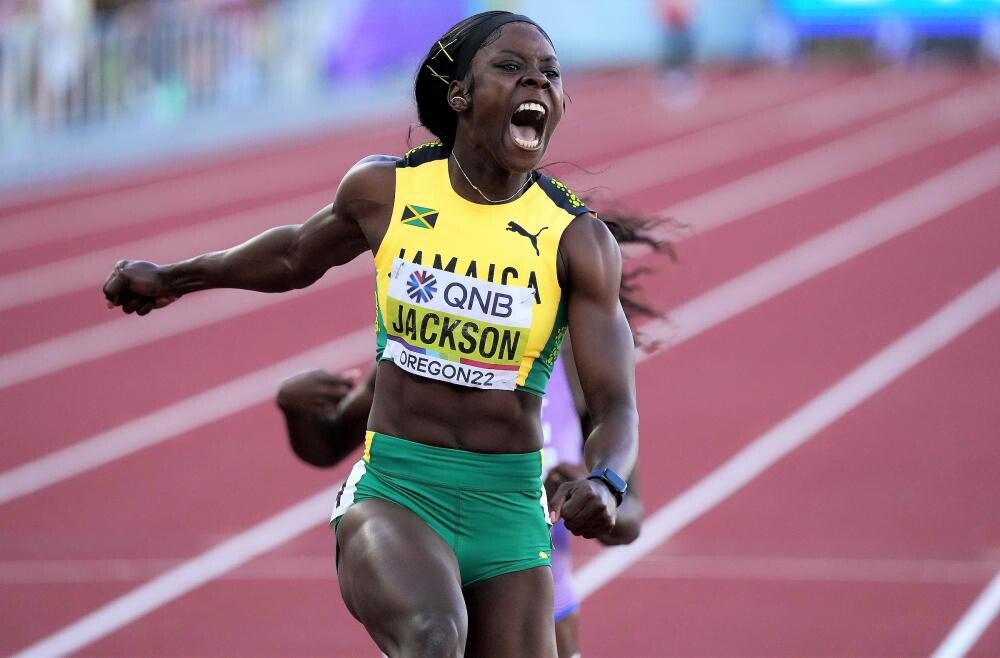
She, however, has not lost hope and she wants to give her best shot when she races on US soil one more time.
The 29-year-old has sweet memories of the Hayward Field in Eugene since she won the 200m at last year’s edition of the event.
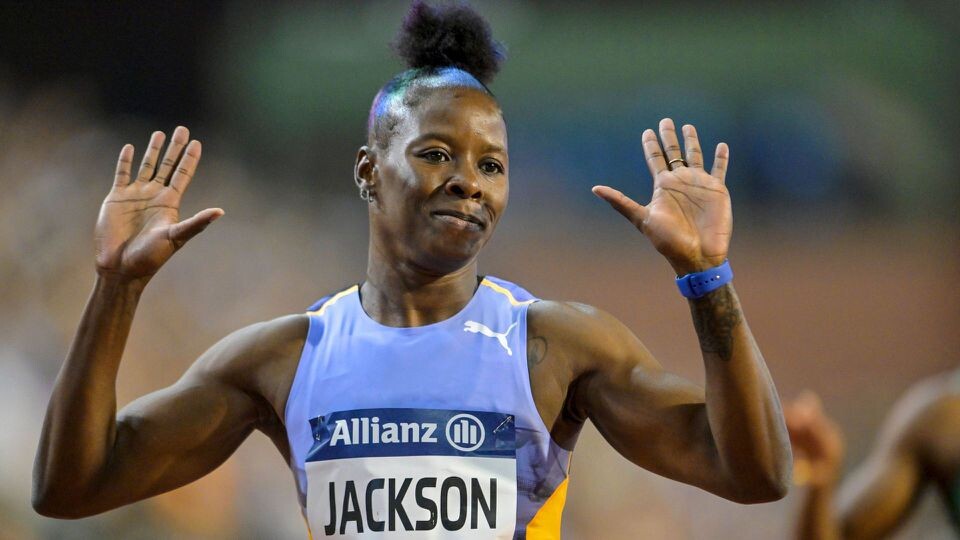
“I believe in myself, I believe in what I’m capable of doing. If it comes it comes if it doesn’t it’s okay. I’ll cool down, take a little break, and then prepare for next year.
But as I said the focus is on this year…if I get the record in Eugene, then it will be a plus but I won’t kill myself,” the Jamaican said.
She has been unbeaten so far this year in the 200m and that shows how formidable she is to take down the record.
The World 100m silver medalist opened her track season in the 200m at the Diamond League Meeting in Rabat, Morocco where she reigned supreme.
She also clinched top honors at the Jamaican Championships before also winning at the Gyulai István Memorial, a Hungarian Athletics Grand Prix.
She then proceeded to the Diamond League Meeting in Monaco before heading to the World Championships in Budapest, Hungary where she defended her title.
After the World Championships, she competed at the Meetings in Zurich and Brussels where she bagged wins. She is now eyeing glory at the final Diamond League Meeting.
(09/15/2023) ⚡AMPby Abigael Wuafula
Prefontaine Classic
The Pre Classic, part of the Diamond League series of international meets featuring Olympic-level athletes, is scheduled to be held at the new Hayward Field in Eugene. The Prefontaine Classicis the longest-running outdoor invitational track & field meet in America and is part of the elite Wanda Diamond League of meets held worldwide annually. The Pre Classic’s results score has...
more...Derara Hurisa is the latest in a long list of Ethiopian greats to commit to the 2023 TCS Toronto Waterfront Marathon
Derara Hurisa is the latest in a long list of Ethiopian greats to commit to the 2023 TCS Toronto Waterfront Marathon scheduled for October 15th. Once again, the event is a World Athletics Elite Label race.
The 26-year-old has had an extraordinary marathon career to date ever since winning in his debut at the 2020 Mumbai Marathon. There he ran 2:08:09 which remains his personal best despite a few other memorable outings.
Two years ago Hurisa won the Guadalajara Marathon at 1,600m altitude in Mexico eight months after achieving notoriety for all the wrong reasons in Vienna. Hurisa, then still relatively young at 23 years of age, crossed the finish line first at the Vienna Marathon with a time of 2:09:22 three seconds ahead of Kenya’s Leonard Langat. No sooner had Hurisa crossed the finish then officials approached him and within minutes he was disqualified.
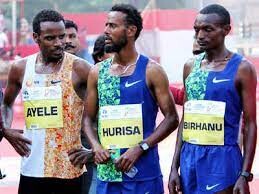
World Athletics has instigated strict rules to limit the thickness of racing shoes and it was found that Hurisa had worn a different pair of shoes to those he submitted in the pre-race inspection. They were one centimetre too thick. It is believed this was the first time a marathoner had been disqualified under these rules.
“My preparation for Vienna marathon was very good,” he says looking back on the incident. “I had to switch my shoes because it was my very first time putting on those shoes. It wasn't the shoes I wear when I was in training. So I decided to switch and use them without knowing it was different. The colour was similar.”
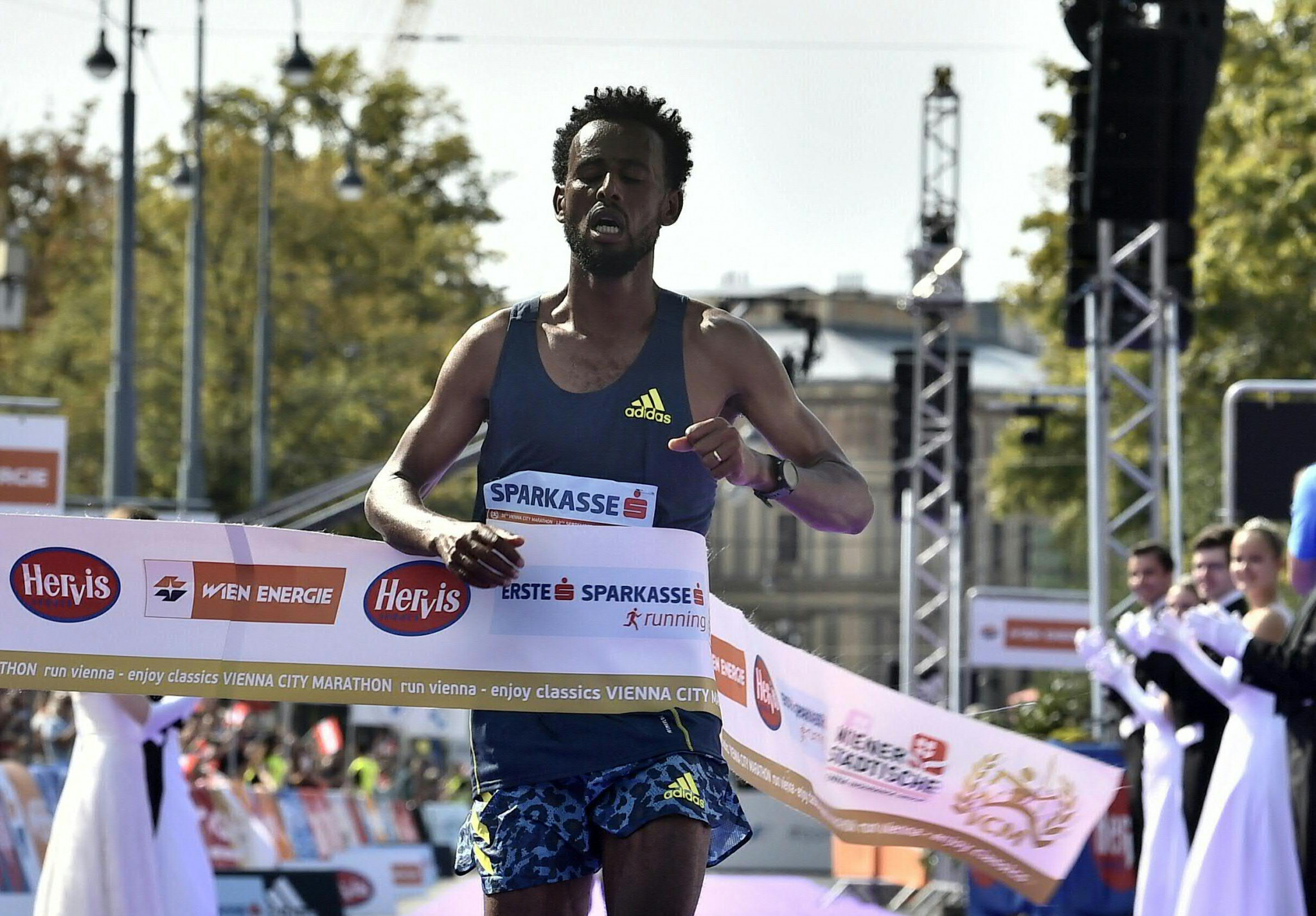
Not only did he run himself to exhaustion over the 42.2 kilometres but the €10,000 first place prize money went to Langat and not himself. He admits he was very angry to learn of his mistake.
“I was shocked by that news when (Eritrean runner) Tadesse Abraham told me that I was disqualified,” he remembers, “because it wasn't something I was expecting. Yes, I was angry, definitely.”
As an indication of Hurisa’s potential Langat returned to Vienna a year later and finished second in 2:06:59. The Ethiopian believes he is capable of times quicker than this. Since then he has put the disappointment behind him. Earlier this year he finished 2nd in the Stockholm Marathon which features many of the sites of the Swedish capital but can also be challenging due to its numerous turns and warm June weather. His time there was a modest 2:11:01 on a hot day. Toronto Waterfront Marathon has far less turns and with a course record of 2:05:00 (Philemon Rono of Kenya) is far more inviting. He is optimistic of a great run in Toronto after some good early training sessions.
“It’s going great and yes, I'm pleased with my fitness level more than ever,” he reports. “I have been training for six or seven days in a week. Compared to previous marathon buildups it has been much better.”
Asked to reveal his goal for Toronto he is concise and to the point: “I would like to achieve a victory with a good time.” Hurisa grew up in Ambo in western Ethiopia and was inspired by the exploits of Kenenisa Bekele the three-time Olympic champion and former world 5,000m and 10,000m record holder.
After a good result at a championship cross-country race in Oromia he was recruited by the Bahrain athletics federation while in his teens.
For three years he lived in the oil rich country earning a salary to run. At the 2015 World Cross Country Championships in Guiyang, China he placed 22nd in the Under-20 race helping Bahrain to a 4th place finish. A year later though he went back to Ethiopia and now travels on an Ethiopian passport.
These days he is focused on the marathon under the watchful eye of coach Gemedu Dedefo and enjoys spending time with his wife and two children.
"I like to spend my time with my family - I'm married and I have one boy and one girl - and I like going to church,” he explains. “I do return to my birth village whenever there is holiday.” Conditions are likely to be much cooler in Toronto compared to what he experienced in Mumbai in his victorious debut. Clearly, he will be prepared to run with the leaders. And he is certainly due some good luck.
About the TCS Toronto Waterfront Marathon
The TCS Toronto Waterfront Marathon is Canada’s premier running event and the grand finale of the Canada Running Series (CRS). Since 2017, the race has served as the Athletics Canada national marathon championship race and has doubled as the Olympic trials. Using innovation and organization as guiding principles, Canada Running Series stages great experiences for runners of all levels, from Canadian Olympians to recreational and charity runners. With a mission of “building community through the sport of running,” CRS is committed to making sport part of sustainable communities and the city-building process.
To learn more about the TCS Toronto Waterfront Marathon, visit TorontoWaterFrontMarathon.com.
(09/15/2023) ⚡AMPby Paul Gains
TCS Toronto Waterfront Marathon
The Scotiabank Toronto Waterfront Marathon, Half-Marathon & 5k Run / Walk is organized by Canada Running Series Inc., organizers of the Canada Running Series, "A selection of Canada's best runs!" Canada Running Series annually organizes eight events in Montreal, Toronto and Vancouver that vary in distance from the 5k to the marathon. The Scotiabank Toronto Waterfront Marathon and Half-Marathon are...
more...Geay, Korir, Kibet and Tanui headline fastest Sydney Marathon field
Gabriel Geay, Moses Kibet, Angela Tanui and Judith Korir will be among the athletes in action when the Sydney Marathon presented by ASICS, a World Athletics Elite Platinum Label road race, takes place on Sunday (17).
The field’s experience in global and major marathon racing will make it the fastest marathon pack ever assembled in Australia, with homegrown and international talent battling it out on the event’s new course.
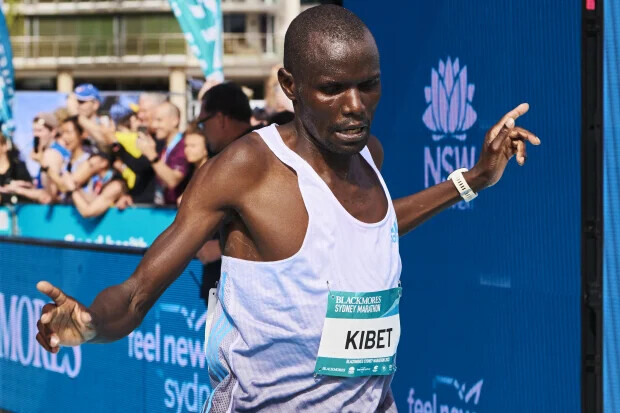
In the women’s field, Kenya’s 2022 World Championships silver medalist and Paris Marathon champion Korir makes her Australian debut. The 27-year-old, who finished sixth in the London Marathon in April, ran her PB of 2:18:20 when finishing runner-up to GotytomGebreslase on the global stage in Oregon last year.
She faces six other sub-2:22 women, including her compatriot Tanui, who ran 2:17:57 to win the Amsterdam Marathon in 2021. She went on to place fourth in the Tokyo Marathon the following year and then secured sixth place in Oregon.
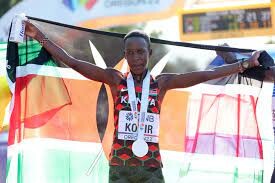
Haven HailuDesse is among the seven Ethiopian athletes in the field and she will look to complete her first marathon since winning in Osaka in 2:21:13 in January. Her PB of 2:20:19 was also set in Amsterdam in 2021.
Eritrea’s NazretWeldu finished fourth and then eighth in the past two World Championships marathons, while SiraneshYirgaDagne has a best of 2:21:08.
Australian marathon record-holder Sinead Diver, who broke the national marathon record last year in Valencia with a time of 2:21:34, will lead the local elite field, making her Sydney Marathon debut.
The field also features USA’s Betsy Saina, a 2:21:40 marathon runner at her best.
Tanzanian record-holder Geay leads the men’s field with his PB of 2:03:00 set in Valencia last year. The 27-year-old went on to finish second in the Boston Marathon in April, clocking 2:06:04 behind winner Evans Chebet (2:05:54), and he placed seventh in the World Championships marathon in Oregon in 2022.
But Kibet has more experience when it comes to racing in Australia as he won last year’s Sydney Marathon, setting an Australian all-comers' record of 2:07:03 to beat his Kenyan compatriot Cosmas Matolo Muteti by just two seconds.
Oceanian record-holder Brett Robinson, who broke his Australian compatriot Rob de Castella’s long-standing area record in Fukuoka last year by running 2:07:31, will lead the domestic contenders.
The field features a total of nine sub-2:06 men, with Geay and Kibet joined by Ethiopia’s Getaneh Molla (2:03:34), Kenya’s Jonathan Korir (2:04:32), Ethiopia’s Abayneh Degu (2:04:53), Kenya’s Abraham Kipkemboi Kiptoo (2:05:04), Morocco’s Othmane El Goumri (2:05:12), Ethiopia’s Amedework Walelegn (2:05:27) and Kenya’s Laban Korir (2:05:41).
(09/15/2023) ⚡AMPby World Athletics
Sydney Marathon
The Sydney Marathon is a marathon held annually in Sydney, Australia. The event was first held in 2001 as a legacy of the 2000 Summer Olympics, which were held in Sydney. In addition to the marathon, a half marathon, 9 kilometres (5.6 mi) "Bridge Run", and a 3.5 kilometres (2.2 mi) "Family Fun Run" are also held under the banner...
more...Brazilian runner breaks Guinness World Record with 366 consecutive marathons
A Brazilian ultrarunner has set a new Guinness World Record for the most consecutive marathon-distance runs in 366 days. On August 28, Hugo Farias of São Paulo completed his 366 consecutive 42.2-kilometer runs to finish his Projeto Propósito in front of a crowd of 2,000 people.
Farias, 44, started his journey on Aug. 28, 2022, after quitting his job at IBM. He set out on this challenge with the goal of completing 365 marathons in 365 days to show people that anything is possible. He did not decide to do a 366th until recently, as he wanted to eclipse the Guinness World Record and surpass the accomplishments of Belgium’s Stefan Engels and England’s Gary McKee, both of whom completed the full calendar year.
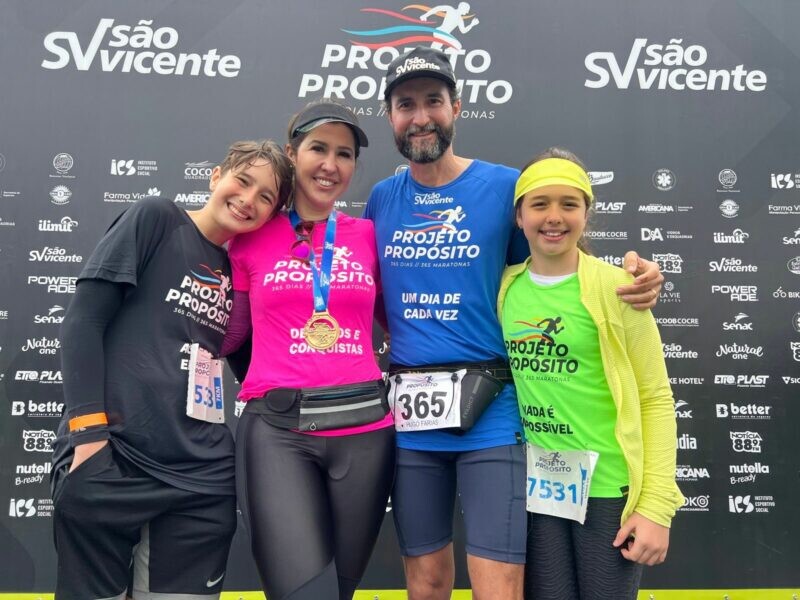
Farias tracked the entire project on Strava, where he wore daily bib numbers according to the marathon number he was on. After completing his 366th run, Farias joked, “I think I will start reducing volume now.”
The father of one covered an astonishing 15,443 km, which is equivalent to a flight from New York to Singapore, and 123,000 metres of elevation gain, or roughly 14 times the height of Mount Everest. According to his Strava, Farias went through 27 pairs of running shoes during the challenge and had 10 shoes on rotation (over 10 days) for the first five months.
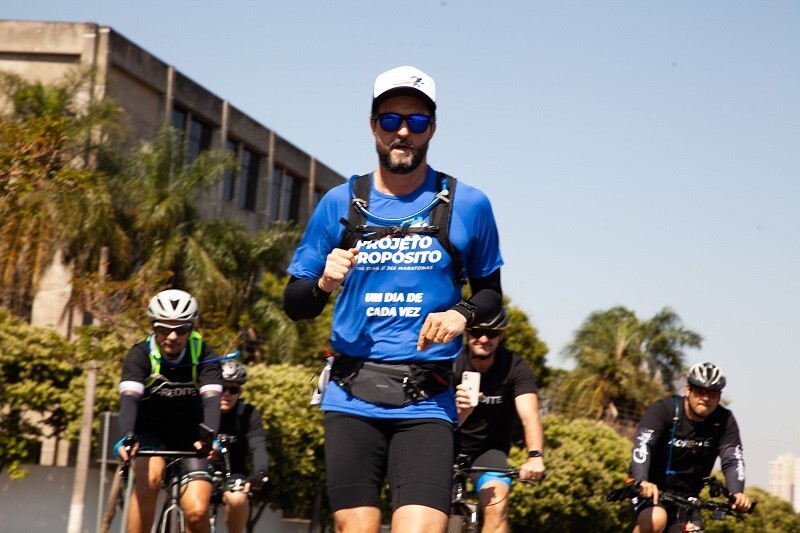
His Projeto Propósito required extensive planning, and Farias had support from a team of health professionals which included running coaches, a physical trainer, a physiotherapist, a psychologist, a nutritionist, an orthopedist, a dermatologist (his wife), plus cardiologists and physiologists. Farias also dedicated three months to physical and mental preparation before undertaking his marathon journey.
His Projeto Propósito required extensive planning, and Farias had support from a team of health professionals which included running coaches, a physical trainer, a physiotherapist, a psychologist, a nutritionist, an orthopedist, a dermatologist (his wife), plus cardiologists and physiologists. Farias also dedicated three months to physical and mental preparation before undertaking his marathon journey.
(09/15/2023) ⚡AMPby Marley Dickinson
Bernard Koech using Copenhagen Half Marathon to calibrate for Amsterdam Marathon
Koech will be testing his limits by competing against youngsters.
Reigning Haspa Marathon champion Bernard Koech will use the Copenhagen Half Marathon to fine-tune for the Amsterdam Marathon scheduled for Sunday, October 15.
The Copenhagen Half Marathon is scheduled for Sunday, September 17 and Koech will be testing his limits competing against youngsters.
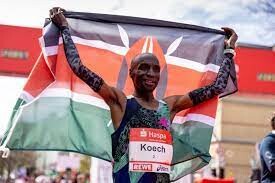
The 35-year-old is the second fastest in the field with a Personal Best time of 59:10. 24-year-old Kennedy Kimutai headlines the strong field with a time of 58:28.
Kimutai opened his season at the New York City Half Marathon where he finished 12th then proceeded to settle fifth at the Adizero Road to Records.
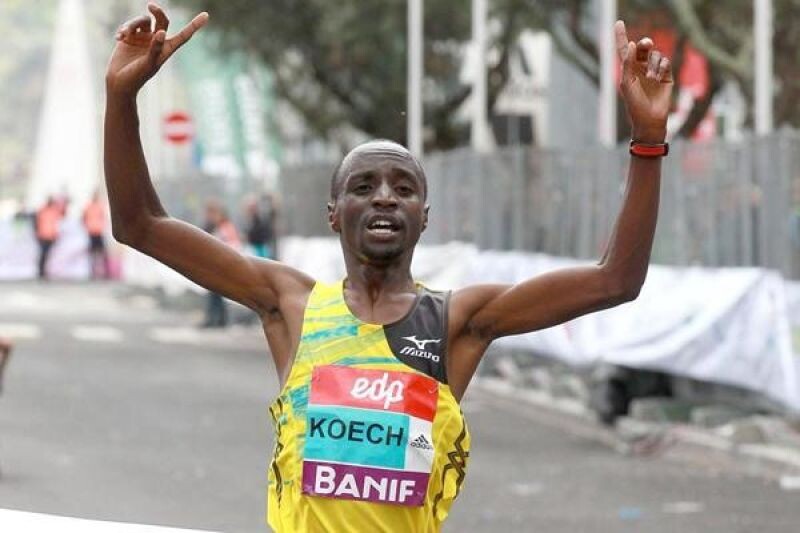
Bravin Kiprop is the third fastest with a PB time of 59:22. Greatest opposition for Team Kenya might come from the Ethiopian charge. Gerba Dibaba will be lining up with a PB time of 59:39 and he will enjoy the company of Gemechu Dida who has a PB time of 59:53.
The women’s field is headlined by Hawi Feysa who possesses a Personal Best time of 1:05:41 and is followed closely by compatriot Bosena Mulate who has a PB time of 1:05:46.
Gladys Chepkirui is the third fastest in the field with a time of 1:05:46. The 29-year-old Kenyan will be hunting for the first win of her season when she lines up against other strong women.
She opened her season with a fourth-place finish at the Zurich Half Marathon before going to a 5km race at the ASICS Österreichischer Frauenlauf where she finished third.
Her last race was at the Scania Half Marathon Zwolle in Netherlands where she finished second. Chepkirui will enjoy the company of compatriots Irine Cheptai and Viola Cheptoo among others.
(09/14/2023) ⚡AMPby Abigael Wuafula
Copenhagen Half Marathon
The Copenhagen Half Marathon was the first road race in Scandinavia and is one of the fastest half marathons in the world. The Copenhagen Half Marathon has been awarded with the International Association of Athletics Federation's (IAAF) most distinguished recognition - the IAAF Road Race Gold Label. Copenhagen Half Marathon was awarded the IAAF Road Race Bronze Label in January...
more...The world's fastest half marathon will once again feature big international names such as Kandie, Kejelcha and Kejeta in the hunt for big records
The Valencia Half Marathon Trinidad Alfonso Zurich, organized by SD Correcaminos, is still the world’s fastest race over this distance thanks to Letesenbet Gidey’s world record (1:02:52, 2021) and it is the second fastest for men, with a time set by Kibiwott Kandie (57:32, 2020).
With this high-quality list, the Valencia Half Marathon will count this year with major international elite names who will travel to the city of running on October 22, to fly through its streets.
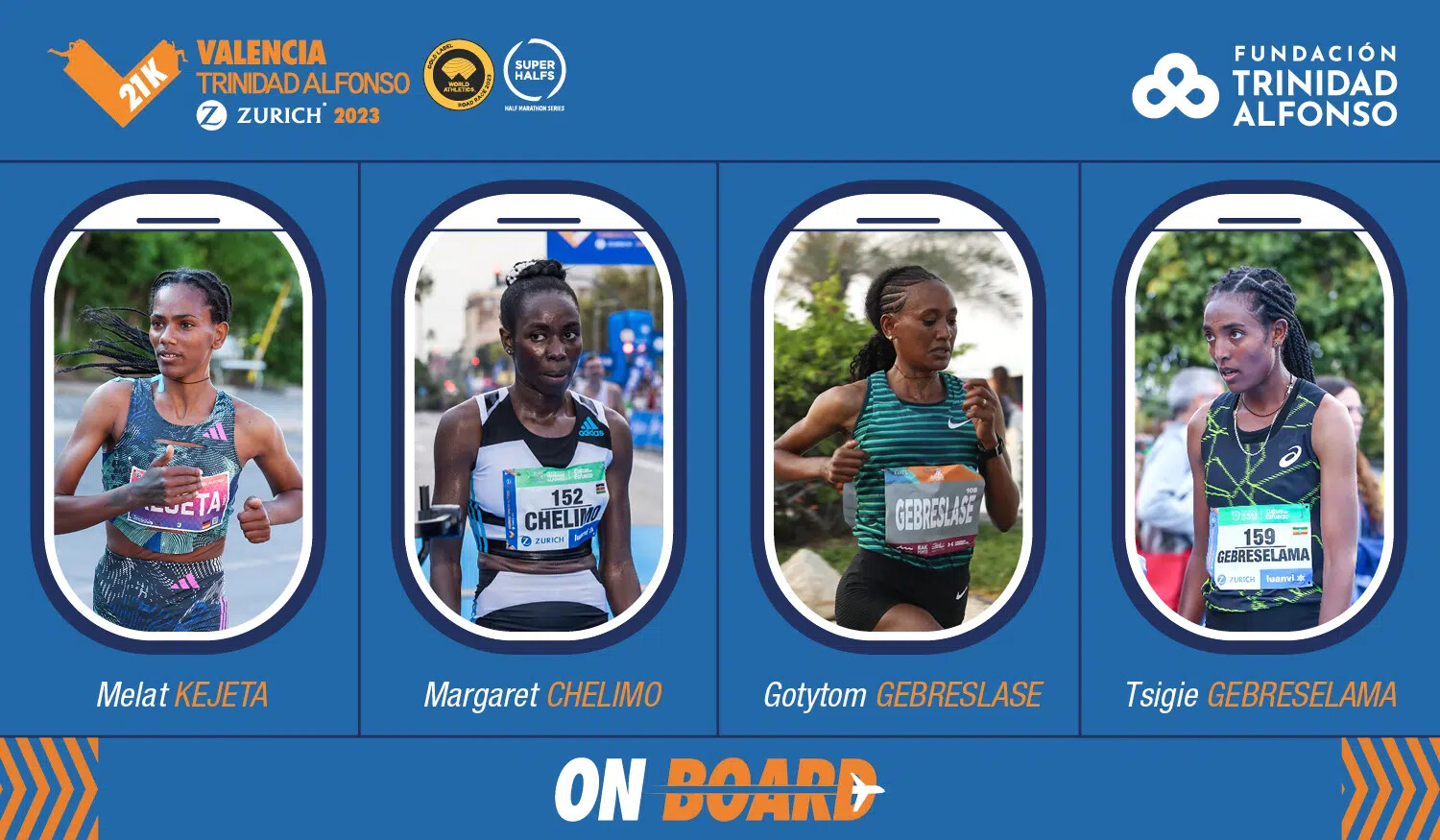
With the aim of getting as close as possible to the world record achieved in 2021 and to be the world’s best in 2023, the women’s elite will be led by four athletes with sub 1h06 times, among them Melat Kejeta (GER, 1:05:18), current European record holder over the distance, together with Margaret Chelimo (KEN, 1:05:26), Gotytom Gebreslase (ETH, 1:05:36) and Tsigie Gebreselama (ETH, 1:05:46). In addition, ten other runners with 21.0795-kilometer times under 1h10 complete the initial list of names confirmed to run on October 22.
In the men’s race, familiar faces to the Valencia Half Marathon Trinidad Alfonso Zurich such as former winners Kibiwott Kandie (KEN, 57:32) and Yomif Kejelcha (ETH, 58:32) are among the favorites, together with other runners with times under 59 minutes including Matthew Kimeli (KEN, 58:43), Tadese Worku (ETH, 58:47), Hagos Gebrhiwet (ETH, 58:55) and Sebastian Sawe (KEN, 58:58).

“Valencia proves that it is, once again, the race chosen by the world elite to beat their records”, says Marc Roig, coach of the international elite for the Valencia Half Marathon, who adds that “the return of last year’s winners in the men’s category is a sign that this race is well liked. We expect some great records, as well as national records and to finish the year with the fastest world record of the year for both men and women”.
The revamped route of the Valencian course will continue to offer the opportunity for outstanding performances in a race long established at the top level worldwide, and that continues to be committed to experienced athletes, as well as to young hopefuls and debutants at the distance to maintain the sporting successes, both of international elite and leading national runners, who will be announced in the next few days.
(09/14/2023) ⚡AMPby AIMS
Valencia Half Marathon
The Trinidad Alfonso Valencia Half Marathon has become one of the top running events in the world. Valencia is one of the fastest half marathon in the world. The race, organized by SD Correcaminos Athletics Club, celebrated its silver anniversary in style with record participation, record crowd numbers, Silver label IAAF accreditation and an atmosphere that you will not find...
more...Agnes Ngetich becomes multi millionaire after smashing women-only 10km World Record
The 22-year-old broke the women-only world 10km record in Romania, surpassing the late Agnes Tirop's record, with Catherine Reline also shining for Kenya.
Kenya was once again thrust into the global limelight on Sunday after Agnes Ngetich shattered the women-only world 10km record by clocking 29:24 at the World Athletics Elite Label road race in Brasov, Romania, on Sunday.
At only 22, Ngetich covered the initial 5km in 14:25, eclipsing the previous record for that distance by four seconds.

The significance of this feat becomes more profound when considering that the previous record was held by the late Agnes Tirop of Kenya.
Running closely behind, Kenya was once again represented on the podium by Catherine Reline who clocked a solid 30:14, securing second place. Uganda's Joy Cheptoyek completed the top three with a commendable time of 30:34.
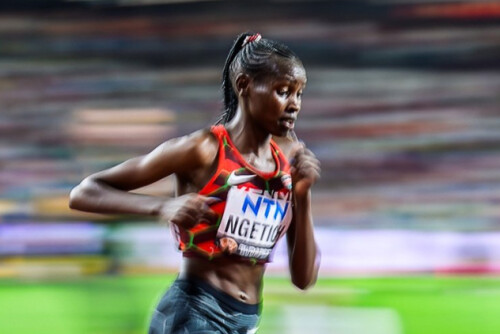
World Athletics, in its statement, lauded Ngetich's achievement by saying, “As well as being the fastest women-only 10km, Ngetich's time is the third-quickest by a woman in history."
This achievement is only behind the remarkable runs of 29:14 and 29:19 by Ethiopia's Yalemzerf Yehualaw, both accomplished in mixed races.
The remarkable feat was not just a win for Ngetich in terms of accolades but also a significant financial windfall.
The race organizers had initially placed the prize money at $5,000 (Ksh 731,000). However, smashing a world record comes with its unique set of rewards. and Ngetich is set to receive an additional bonus of $50,000 (Ksh7.3 million) from World Athletics.
This sums up to a whopping total of $55,000 (Ksh8.4 million) that Ngetich will be taking home, a well-deserved reward for her impeccable performance.
Speaking after the race, an ecstatic Ngetich remarked, “It is quite a surprise to me. I didn’t expect to break the world record. All I ever wanted was a personal best (PB) of 30:00 or 30:02 but to set a new world record in the women’s 10km was the last thing I expected.”
As fans across the globe celebrate her achievement, many are confident that this is just the beginning for the World Cross Country bronze medalist.
With youth on her side and a clear demonstration of her capability, the world waits in anticipation of her next move. Will she redefine another record, or perhaps set a new standard for future generations to aspire towards? Only time will tell.
For now, Agnes Ngetich revels in her well-deserved moment of glory, inspiring millions and etching her name in gold.
(09/14/2023) ⚡AMPby Festus Chuma
Brasov Running Festival 10K
"Brasov Running Festival” is set to become the iconic running event of Romania, with elite, popular and children races, concerts, conferences and other running related activities. The elite 10K race, Trunsylvania International 10K is expected to enjoy an impressive participation of world class runners on a very fast course. -The only World Athletics Elite Label 10K in South-East Europe -The...
more...Six tips to master your easy runs
Recovery runs seem like the most straightforward session on your training plan, but many of us struggle to get them right. Too often, runners push themselves too hard on their easy days, which not only takes away from their ability to perform during workouts, but ultimately leads to injuries and burnout. If you frequently find yourself picking up the pace when you know you shouldn’t, try implementing these tips to help you slow down.
1.- Run with a friend
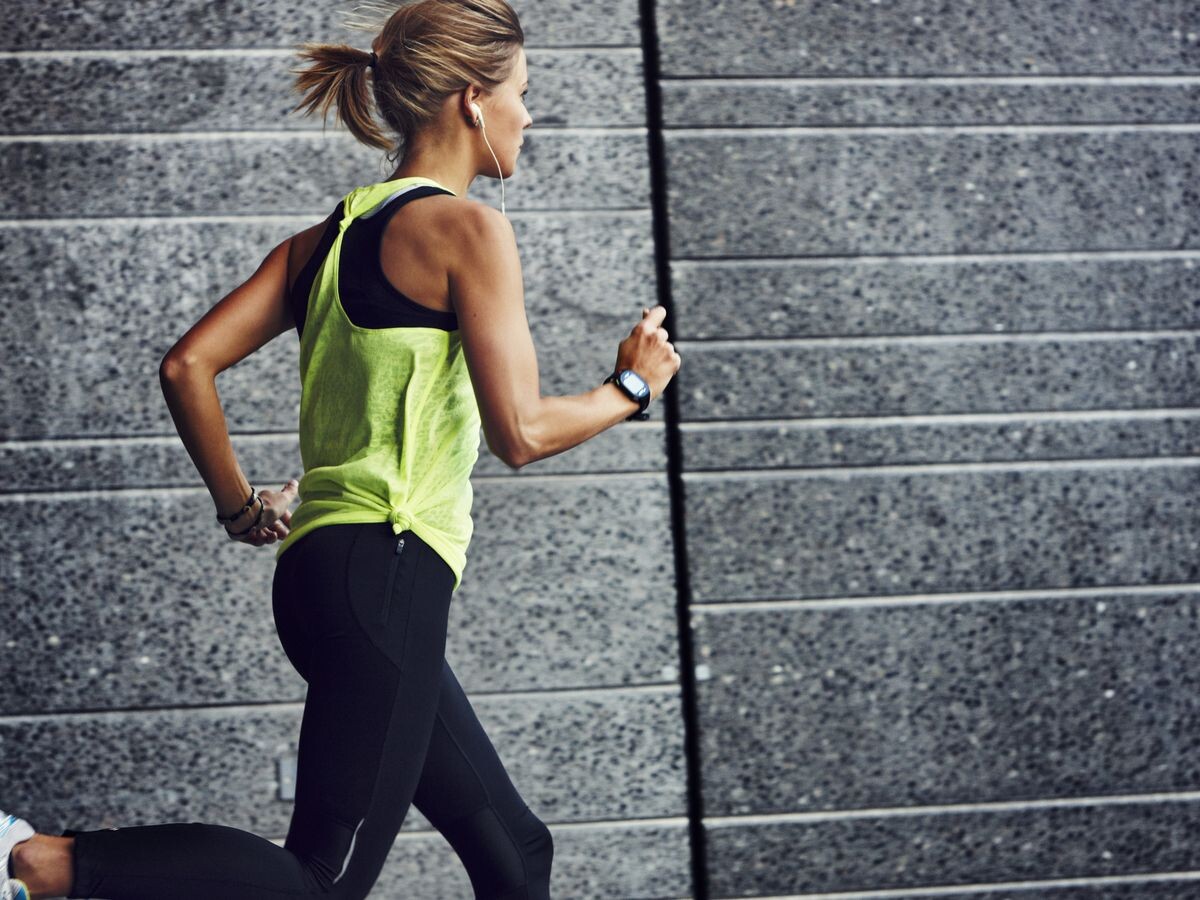
Make your easy days a social occasion, and enlist a friend to chat with while you run. You’ll often hear people say your recovery runs should be done at “talking pace,” and this is a great way to ensure they stay that way. Just choose your running buddy wisely–an over-competitive friend or someone who always tries to stay a half-step ahead of you can end up making you run faster. (Schedule runs with those pals on workout days instead.)
2.- Ditch the GPS (and Strava)
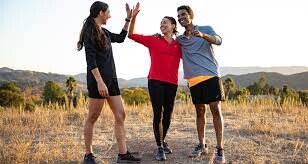
We know, we know–if it’s not on Strava, it didn’t happen. But if you’re someone who can’t resist cranking up the pace for the kudos, then leave Strava and the GPS watch at home. Recovery runs are a great opportunity to disconnect and run by feel, rather than by a prescribed pace. If you’re running hard enough on your workout days, your body will welcome the slower pace.
3.- Run by heart rate
This one takes a little research beforehand, but running by heart rate is an excellent way to monitor your pace on easy days, because it takes into account other factors, such as how much sleep you got the night before, how hot it is outside or how hilly your route is.
First, calculate your maximum heart rate. From there, you can determine what your heart rate should be for a variety of runs. Most experts recommend, for an easy run, targeting a heart rate that is 65-75 per cent of your maximum heart rate. Our suggestion? Stick to the lower end of that range.
4- Pick the right shoes
Your easy runs are not the time to put on your high-performance carbon-plated running shoes. Choose something very comfortable, rather than shoes that encourage speed.
5.- Focus on form
To take your mind off of how fast you’re going, try focusing on your form during your recovery runs. If you’re not sure what part of your running form you should try to improve, book an appointment with a physiotherapist who works with runners and who can give you a formal gait assessment. They will be able to show you what you need to work on and give you cues to practise to maintain good form, even at an easy, comfortable pace.
6.- Change up your music
Music is a known performance enhancer, and let’s face it–who doesn’t want to speed up when their favourite track comes on? If your playlist is hyping you up too much on your easy runs, try picking slower, more relaxing tunes, or listening to a podcast or audiobook instead.
(09/14/2023) ⚡AMPby Brittany Hambleton
Elite runners prepare for 40th anniversary Frankfurt Marathon
Guye Adola and defending champion Brimin Misoi join field – Visiline Jepkesho will run too.
Guye Adola has joined the starting line-up for the Mainova Frankfurt Marathon on Sunday, October 29. The Ethiopian of proven world-class for the event, winner of the Berlin Marathon in 2021 when he left the great Kenenisa Bekele trailing, has a best of 2:03:46 to his credit.
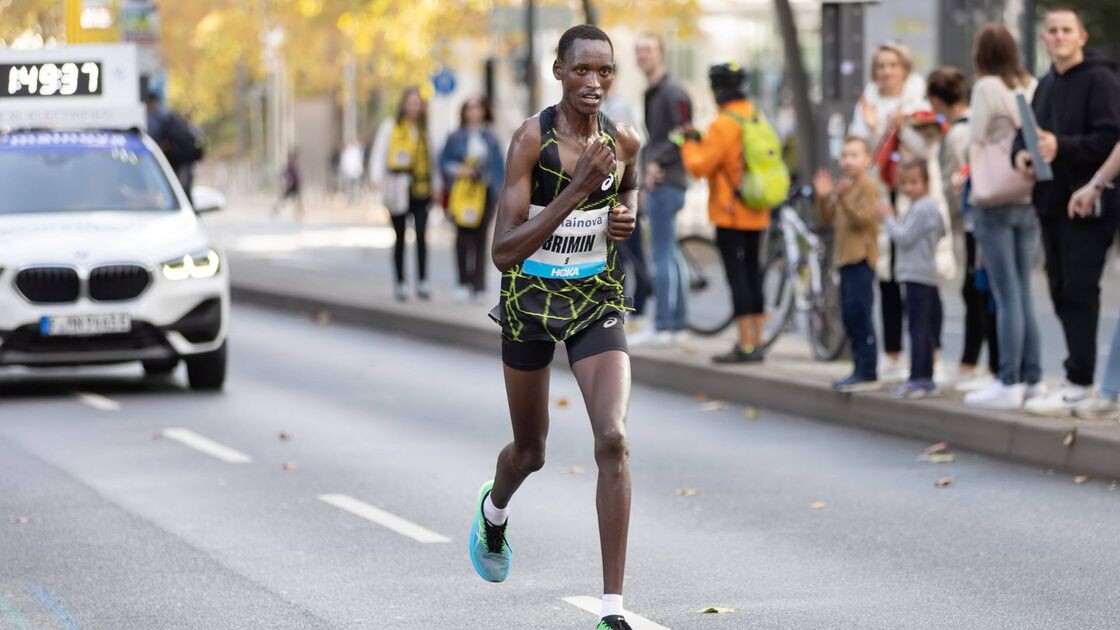
Among his rivals in Frankfurt will be the defending champion Brimin Misoi of Kenya and the latter’s compatriot Samwel Mailu who finished runner-up last year. The fastest woman on the current start list is also a Kenyan, Visiline Jepkesho, with a personal best of 2:21:37.
“I’m expecting a first-class race at our jubilee edition,” said the race director Jo Schindler. Germany’s oldest city marathon will celebrate its 40th edition on Sunday, October 29.
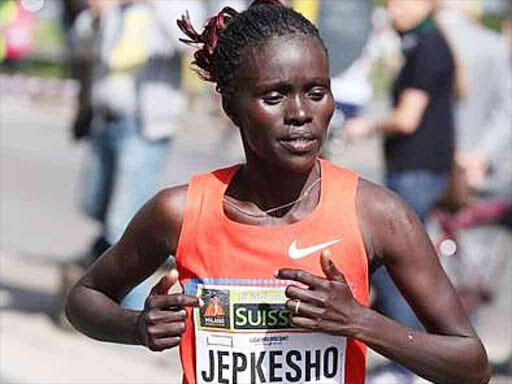
The Mainova Frankfurt Marathon is on course to maintain its reputation for strong performances among the elite and high numbers for the mass field with around 25,000 runners expected to take part on the last Sunday in October. The event holds an Elite Road Race Label, awarded by World Athletics, the sport’s governing body. Entries are still available at www.frankfurt-marathon.com
Guye Adola is the fastest man in the field of the current entries. His personal best of 2:03:46 was all the more impressive since he ran it on his debut at the distance in Berlin in 2017. Increasing his prestige still further, he finished second to the great Eliud Kipchoge and had led the great Kenyan until almost 40 kilometers. The greatest triumph of his career – so far – has also been in Berlin when he won the event two years ago in 2:05:45, a performance of special merit in warm conditions and leaving another all-time great, Kenenisa Bekele, well behind. A spate of injuries has prevented Adola from achieving his obvious aim of improving his personal best and adding to his success.
Brimin Misoi won the Mainova Frankfurt Marathon last year in impressive style, running a personal best of 2:06:11 which took him just over a minute clear of Samwel Mailu on the race to the finish in the Festhalle. The latter, whose entry for this year in Frankfurt had already been confirmed, has shown excellent current form. On April 23 he won the Vienna Marathon in a personal best and course record of 2:05:08. This places him tenth on times for the marathon rankings for 2023.
One of the leading contenders for the women’s title also has a victory in Vienna to her credit: Magdalyne Masai of Kenya ran 2:24:12 to win the title in April but her personal best of 2:22:16 comes from winning in Toronto in 2019. The fastest woman in the field in the current line-up is Visiline Jepkesho, also from Kenya, though her best of 2:21:37 goes back almost a decade to a fourth place in Paris in 2014.
Both will have to keep a sharp eye on Buzunesh Gudeta. The Ethiopian finished fourth in Barcelona in 2:22:38 in March. Another athlete to note is the European silver medalist in the marathon, Matea Parlov Kostro, whose participation has already been announced. The runner from Croatia set a personal best with victory in Hanover in spring with 2:25:45, continuing her upward trend.
(09/13/2023) ⚡AMPby AIMS
Mainova Frankfurt Marathon
Frankfurt is an unexpectedly traditional and charming city, with half-timbered buildings huddled in its quaint medieval Altstadt (old city), cosy apple wine taverns serving hearty regional food, village-like neighbourhoods filled with outdoor cafes, boutiques and street art, and beautiful parks, gardens and riverside paths. The city's cache of museums is second in Germany only to Berlin’s, and its nightlife...
more...Athing Mu a surprise entrant for Pre Classic Diamond League final
The entries for this weekend’s Prefontaine Classic, which will serve as the 2023 Diamond League final, were announced on Tuesday and they included a surprising name: Athing Mu.
The last time we saw Mu, the 2021 Olympic and 2022 world champion at 800 meters, she had just finished third in the 800m at the World Championships in Budapest on August 27 and looked set to end her season.
“I can go home and finally go on vacation and stop thinking about track & field,” Mu said after the race.
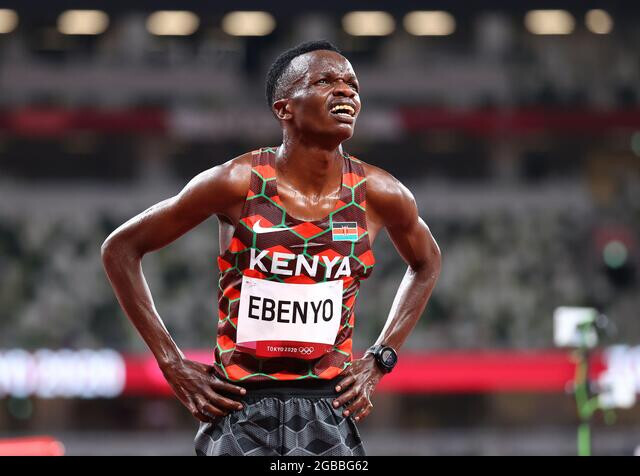
Whether it’s because Mu changed her mind or her sponsor Nike put its foot down (many Nike athletes are required to compete at the Prefontaine Classic as part of their contract), it sure looks like Mu is thinking about track & field again. She is listed among the entrants for the women’s 800 meters (Sunday, 5:19 p.m. ET) alongside world champion Mary Moraa of Kenya and Worlds silver medalist Keely Hodgkinson of Great Britain.
Just because Mu is on the start list does not guarantee that she is competing. She was supposed to run the Millrose Games in February but withdrew the week of the meet. She was listed among the entrants at the Music City Track Carnival in June — something she claimed to have no knowledge of — but did not compete there and also withdrew from the Ed Murphey Classic in August.
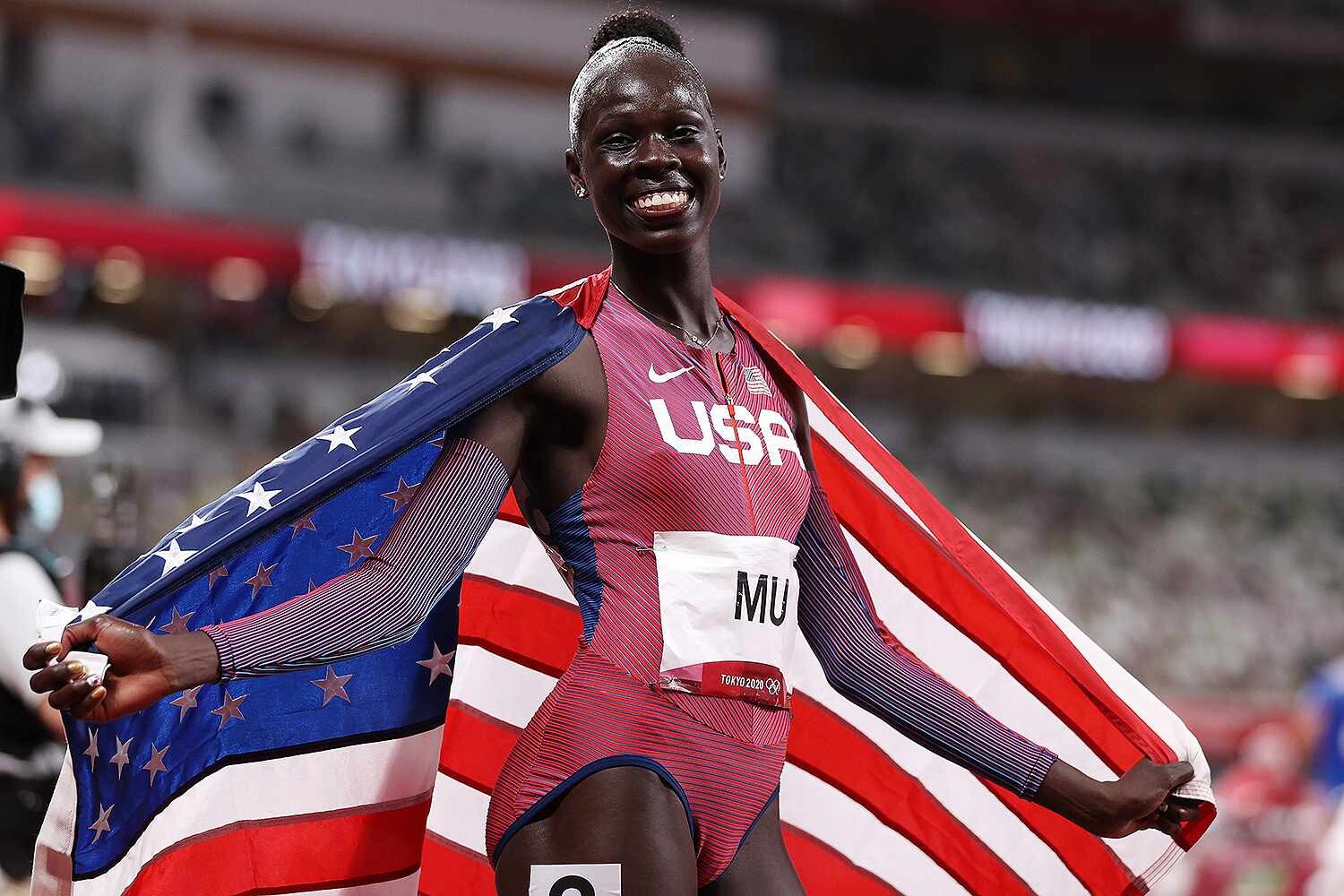
Just because Mu is on the start list does not guarantee that she is competing. She was supposed to run the Millrose Games in February but withdrew the week of the meet. She was listed among the entrants at the Music City Track Carnival in June — something she claimed to have no knowledge of — but did not compete there and also withdrew from the Ed Murphey Classic in August.
Furthermore, it’s not as if Mu’s name just showed up on the start list. Mu has competed in just three meets in 2023, none of them Diamond Leagues, meaning she did not qualify for the Diamond League final. The only way she could have been granted a lane is by wild card — the US, as host country, gets one bonus entry in every event, determined by the meet director. If Mu was not going to take her spot, Prefontaine meet directors Michael Reilly and John Capriotti would have found another American to use the wild card rather than waste it on Mu.
All of this suddenly makes the women’s 800 one of the most compelling events of the meet. The last two Mu-Hodgkinson-Moraa matchups — the 2022 and 2023 world finals — were both fantastic races. Now we get to see how Mu will respond to her third-place finish in Budapest — the first 800-meter defeat of her professional career. And American fans will get to see Mu once more this season in just the third Diamond League appearance of her life. The first two went pretty well: in her DL debut at the 2021 Pre Classic, Mu set an American record of 1:55.04. In DL #2 in Rome last year, Mu won in 1:57.01, more than two seconds up on Moraa.
How will she fare in #3? If all goes to plan, we won’t have to wait long to find out.
(09/13/2023) ⚡AMPby Jonathan Gault
Prefontaine Classic
The Pre Classic, part of the Diamond League series of international meets featuring Olympic-level athletes, is scheduled to be held at the new Hayward Field in Eugene. The Prefontaine Classicis the longest-running outdoor invitational track & field meet in America and is part of the elite Wanda Diamond League of meets held worldwide annually. The Pre Classic’s results score has...
more...No rest for talented Daniel Simiu as he heads to Delhi Half Marathon
World 10,000m silver medalist Daniel Simiu is not resting on his laurels as he eyes more victory at the Vedanta Delhi Half Marathon scheduled for October 15.
Simiu headlines the men’s field with a Personal Best time of 59:04 and is closely followed by compatriot Leonard Barsoton who has a PB time of 59:09. The third fastest in the field is Isaac Kipkemboi with a PB time of 59:17.
The 27-year-old has had a fair season thus far that even saw him bag his first medal at the World Championships. After his exploits in the Hungarian capital, Simiu competed at the Diamond League Meeting in Brussels where he set a Personal Best time of 26:57.80 to win the race.
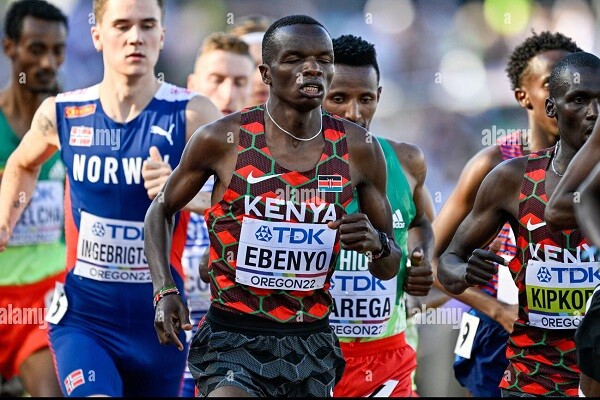
He has also been selected for the team representing the country at the World Road Running Championships in Riga, Latvia starting October 1.
Simiu will be seeking victory in the Half Marathon alongside Benard Kibet, Charles Kipkirui Langat, Samwel Nyamai Mailu, and Sabastian Kimaru Sawe.
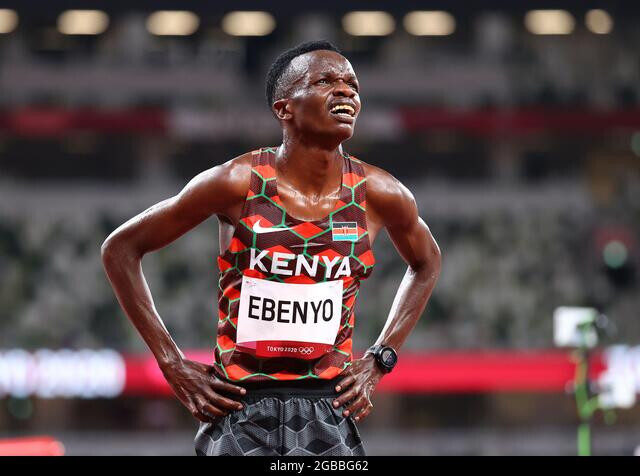
In the women’s race, Almaz Ayana headlines the field with her impressive time of 65:30. She has not had a busy season this year since she started off with a win at the Lisboa Half Marathon.
She then proceeded to the London Marathon where she finished seventh and has not raced since then. She will be hoping to mark another victory as she heads to India.
She will enjoy the company of her compatriot Betelihem Afenigus who is the second fastest in the field with a PB time of 66:46. Viola Chepngeno completes the top three list with a PB time of 66:48.
(09/13/2023) ⚡AMPby Abigael Wuafula
Vedanta Delhi Half Marathon
The Airtel Delhi Half Marathon is a haven for runners, creating an experience, that our citizens had never envisaged. The streets of Delhi converted to a world-class running track. Clean, sanitized road for 21.09 kms, exhaustive medical support system on the route, timing chip for runners, qualified personnel to ensure smooth conduct of the event across departments. The race...
more...Nail your race pace with these tips
Every runner has been there: you’ve trained for months. You’ve practiced your goal race pace so many times that you’ve become a human metronome. You’re sure you’re going to crush your personal best, until the excitement of race day gets to you and you go out way too fast. There are a lot of variables on race day that can prevent you from nailing your race pace. Use these tips to help you adapt, stay focused and cruise across the finish line with a shiny new PB.
Pick a pace that makes sense
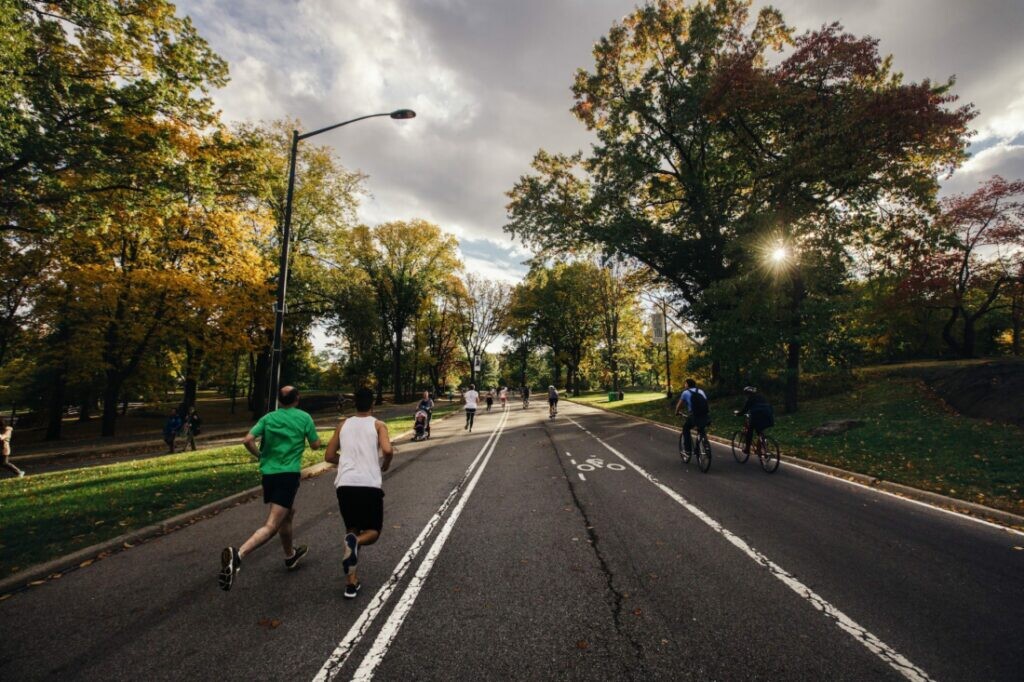
Nailing your race pace starts with choosing a pace that makes sense for your experience and fitness level. It’s great if you want to run a sub-20 5K, but if your current fastest 5K time is 30 minutes, it doesn’t make sense to try hitting a four-minute kilometer. Use past race results (or previous workouts, if this is your first race) to determine a goal time that makes sense, and base your pace per kilometer on that. If you don’t feel like doing math, you can simply plug your goal time into a pace calculator (there are plenty of free calculators available online) and it’ll spit out the splits you need to hit to achieve that goal.
Give yourself a range
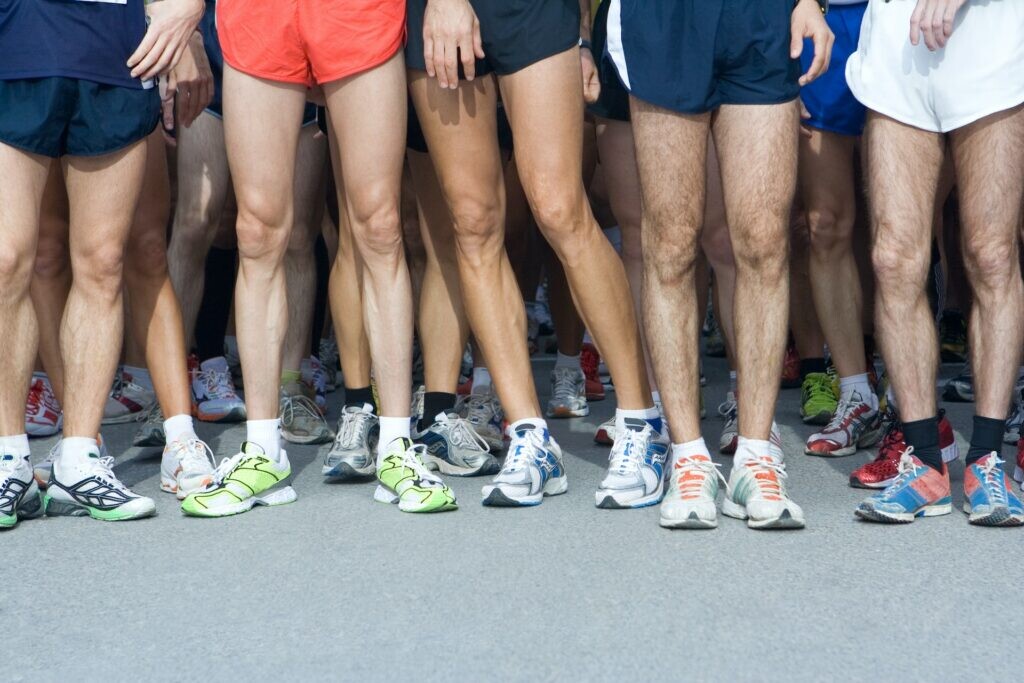
Very few people are able to achieve true metronome-like consistency. Since it’s unlikely you’ll run exactly the same pace for every kilometer, give yourself a range, so you don’t panic if you run one kilometer a little faster and one a little slower.
Modify your expectations based on the conditions
If your goal race is very hilly, you should factor that in when determining your pace. This is where having a pace range can come in handy–it’s unfair to expect yourself to run just as fast on a massive hill as you do on the flats.
Adjust based on feel
True pacing masters are skilled at adjusting their pace depending on how they feel on race day. If they get halfway through the race and are feeling strong, they may decide to dial things up a bit and crank up the pace. If they’re not feeling so hot, they may decide to focus on effort, and forget pace altogether. Remember that racing isn’t only about getting new personal bests–it’s about getting the most out of yourself on the day.
Choose your spot on the start line wisely
Unless you are planning on being one of the first runners to cross the finish line, avoid lining up at the front of the pack. Some larger races will place you in a corral based on your projected finish time, but if they don’t, choose your spot wisely to avoid getting caught up by faster runners and starting out way too fast. Likewise, if you’re a faster runner, try to position yourself so you won’t get caught behind slower runners and end up having to make up ground later.
Take the pressure off
It’s easy to get nervous or stressed about having to hit your goal pace. Remember that the only person who truly cares about your finish time is you, so take the pressure off. Your friends, family and running buddies will be proud of you regardless of your result, and added pressure only limits performance.
(09/13/2023) ⚡AMPby Brittany Hambleton
Why Letsile Tebogo is unfazed going to the Prefontaine Classic despite facing tough opposition
Botswana’s wonderkid Letsile Tebogo will be heading to the Diamond League Final Meeting in Eugene, USA under no pressure despite facing off against some of the strongest 100m sprinters in the world.
The 20-year-old made history as Africa’s first man to win a medal in the 100m at the World Championships in Budapest, Hungary. He beat some of the greatest athletes who will be going to Eugene with revenge written all over their faces.
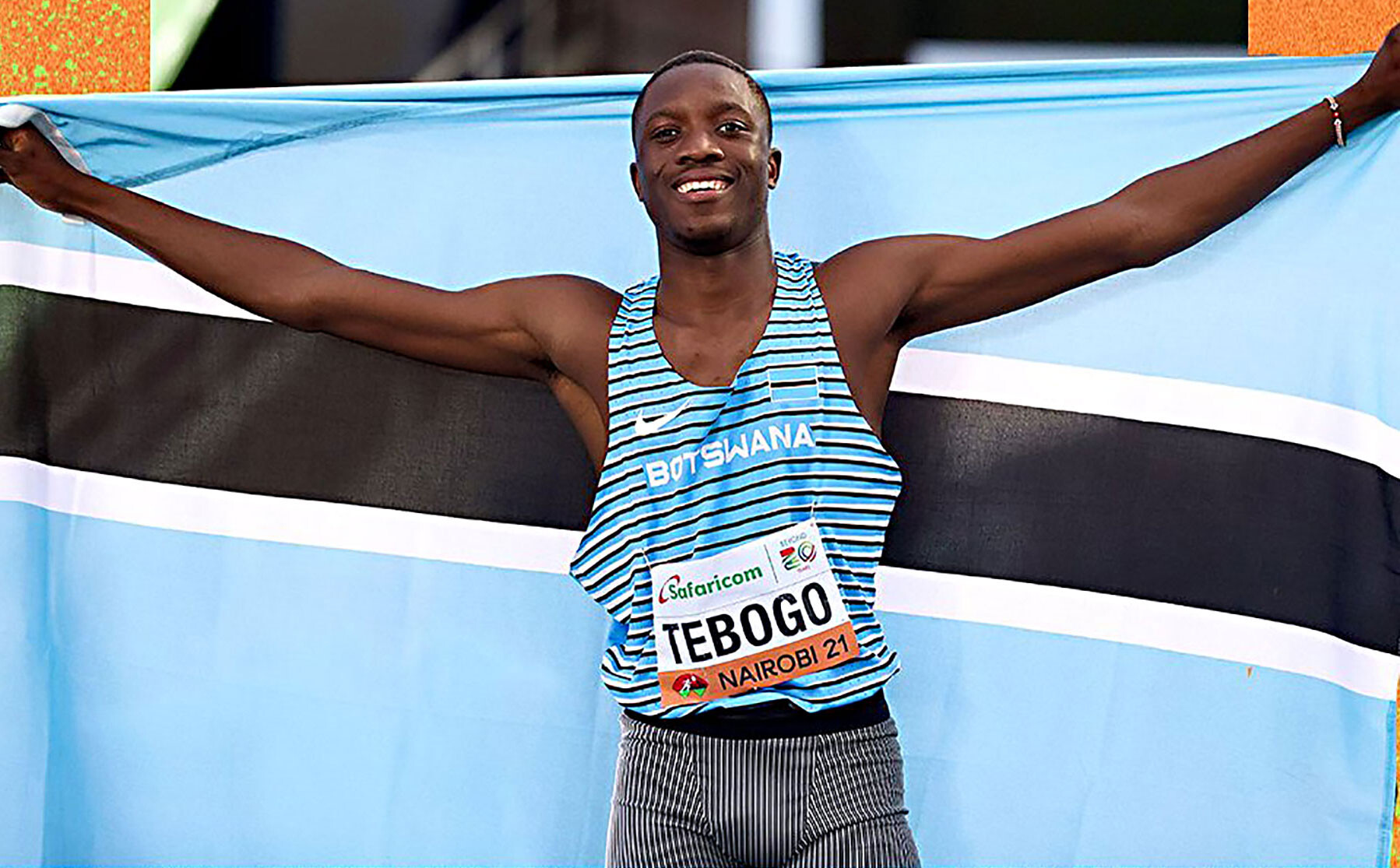
However, the youngster is not under the pump to deliver since he has achieved most of his goals for the 2023 season.
Speaking to Business Weekly, his coach Kebonyemodisa ‘Dose’ Mosimanyane assured his fans that the youngster will go to the final of the Diamond League Meeting under no pressure.
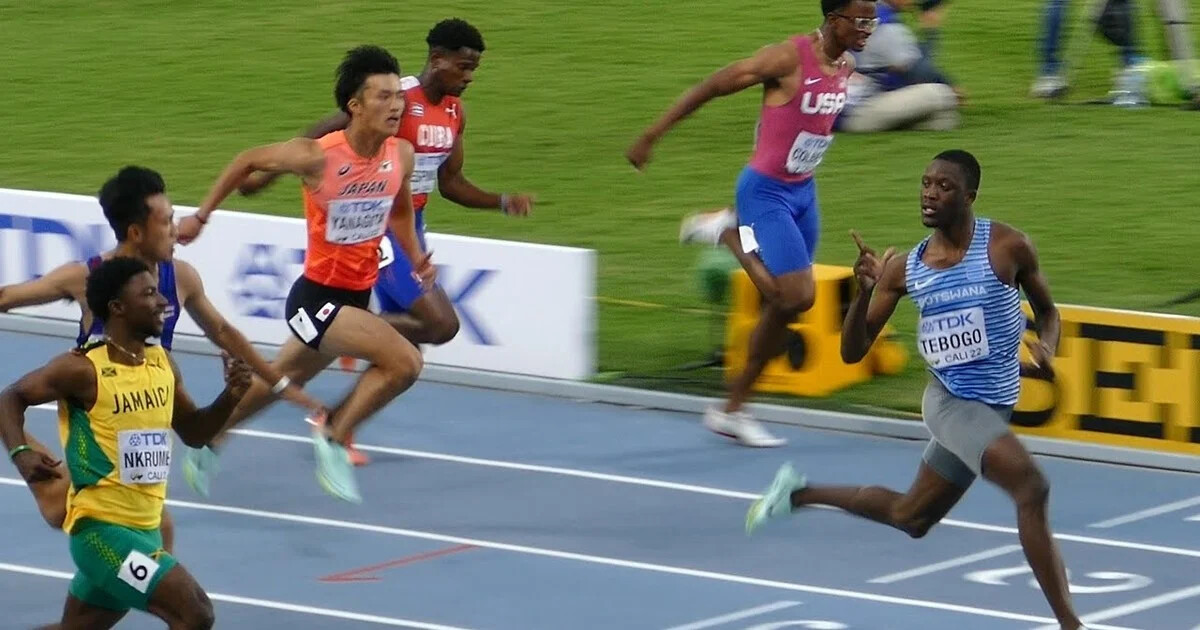
“We have reached our goals for this season. So, going into the DL finals, there’s no need to burden ourselves with unnecessary pressure," he said.
"Our primary focus is on Tebogo’s well-being for the upcoming Olympics in Paris. That’s why we’re avoiding undue pressure.
"While we’re not suggesting we don’t aim to perform well at the DL finals, we want to ensure that we don’t add unnecessary stress."
The coach insisted that Tebogo’s participation in the finals is primarily for enjoyment and to conclude the season on a high note. After the event, he will return to Botswana to rest before coming back to prepare for the Paris 2024 Olympics.
At the Diamond League, he will face off against double World Champion Noah Lyles, who beat him to gold 100m, in Budapest, Hungary.
He will also lock horns with Africa’s fastest man Ferdinand Omanyala who exited the World Championships empty-handed. Omanyala will be hoping to end his season on a high. The two pose as potential threats to the wonderkid but he remains still.
(09/12/2023) ⚡AMPby Abigael Wuafula
Prefontaine Classic
The Pre Classic, part of the Diamond League series of international meets featuring Olympic-level athletes, is scheduled to be held at the new Hayward Field in Eugene. The Prefontaine Classicis the longest-running outdoor invitational track & field meet in America and is part of the elite Wanda Diamond League of meets held worldwide annually. The Pre Classic’s results score has...
more...Zdeno Chara Training For The New York City Marathon
With one Boston Marathon already on his resume, former Boston Bruins captain Zdeno Chara is now training to run in the 2023 New York City Marathon on Nov. 5.
Right up until the end of his 24-season NHL career, Chara left his teammates in astonishment at his daily workout regimen, and that discipline and passion to push his body to the limits has not waned.
With one Boston Marathon already on his resume, former Boston Bruins captain Zdeno Chara is now training to run in the 2023 New York City Marathon on Nov. 5.

Right up until the end of his 24-season NHL career, Chara left his teammates in astonishment at his daily workout regimen, and that discipline and passion to push his body to the limits has not waned.
“No,” Chara told The New York Post recently, “I didn’t take any kind of break. I kind of sustained the physical training. I was adding to my running, getting higher mileage, getting higher bike distances. And then at one point, I knew that I would like to talk to somebody who is more experienced and somebody who would be able to put me on maybe more specific programs to reach some of the goals I set for myself. And obviously marathons was one of them. Some triathlons, Ironmans would also be in my vision.”
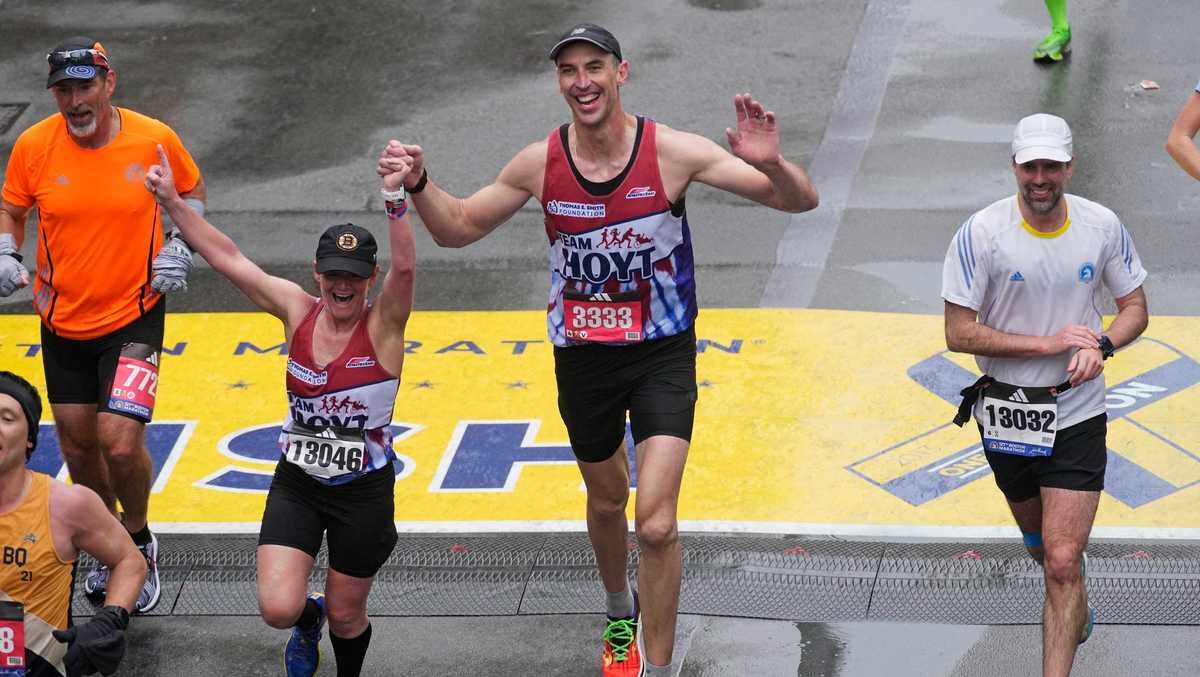
The 6-foot-9, 250-pound future Hockey Hall of Famer finished the Boston Marathon in 3:38.23, and now in November, he’ll run the New York City Marathon in partnership with New Balance. However, the 46-year-old Chara has no plans on stopping there. He told The Post that he also plans on running marathons in Berlin, Tokyo, London, and Chicago.
“Finding the limit,” Chara said. “Sometimes you get into different mindsets and you learn about yourself a lot through these challenges, through these good runs, bad runs. It’s just, I don’t know how to really explain it, but it’s something that it’s teaching you something about yourself. And it’s a very humbling experience.”
Zdeno Chara is also becoming to not just running marathons but to the running community and support surrounding it.
“Being part of racing or being a part of some runs, it’s addictive,” the Boston Bruins legend said. “It’s something that you start and then it becomes something that you’re looking forward to the next one and then you want to be part of the next one. It’s something that draws me in.
You have spread out crowds throughout the races [that] number thousands of people and it’s electrifying. It’s unbelievable energy and it’s exciting. And then once you get to the finish, it’s super, super rewarding.”
(09/12/2023) ⚡AMPby Jimmy Murphy
TCS New York City Marathon
The first New York City Marathon, organized in 1970 by Fred Lebow and Vince Chiappetta, was held entirely in Central Park. Of 127 entrants, only 55 men finished; the sole female entrant dropped out due to illness. Winners were given inexpensive wristwatches and recycled baseball and bowling trophies. The entry fee was $1 and the total event budget...
more...Kenyan Shamilah Kipsiror fires warning shots ahead of Valencia Half Marathon
She believes her win in Nigeria is a morale booster ahead of her fifth Half Marathon this season.
After her victory at the Lotus Bank Abeotuka 10km race in Ogun state, Nigeria, Shamilah Kipsiror has her focus shifted to the Valencia Half Marathon scheduled for October.
The 36-year-old clocked a time of 32:22 to win the race in Nigeria and she believes her win is a morale booster ahead of her fifth Half Marathon this season.
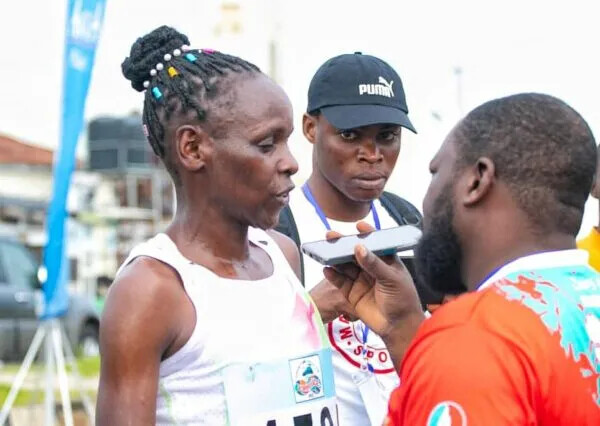
Speaking to ACL Sports, she said the 10km race in Nigeria placed her in a better shape as she gears up to lock horns with some of the other great long-distance runners including compatriot Margaret Chelimo and Ethiopia’s Gotytom Gebreslase.
“I am preparing for the Half Marathon in Spain next October and I hope to emerge the winner.
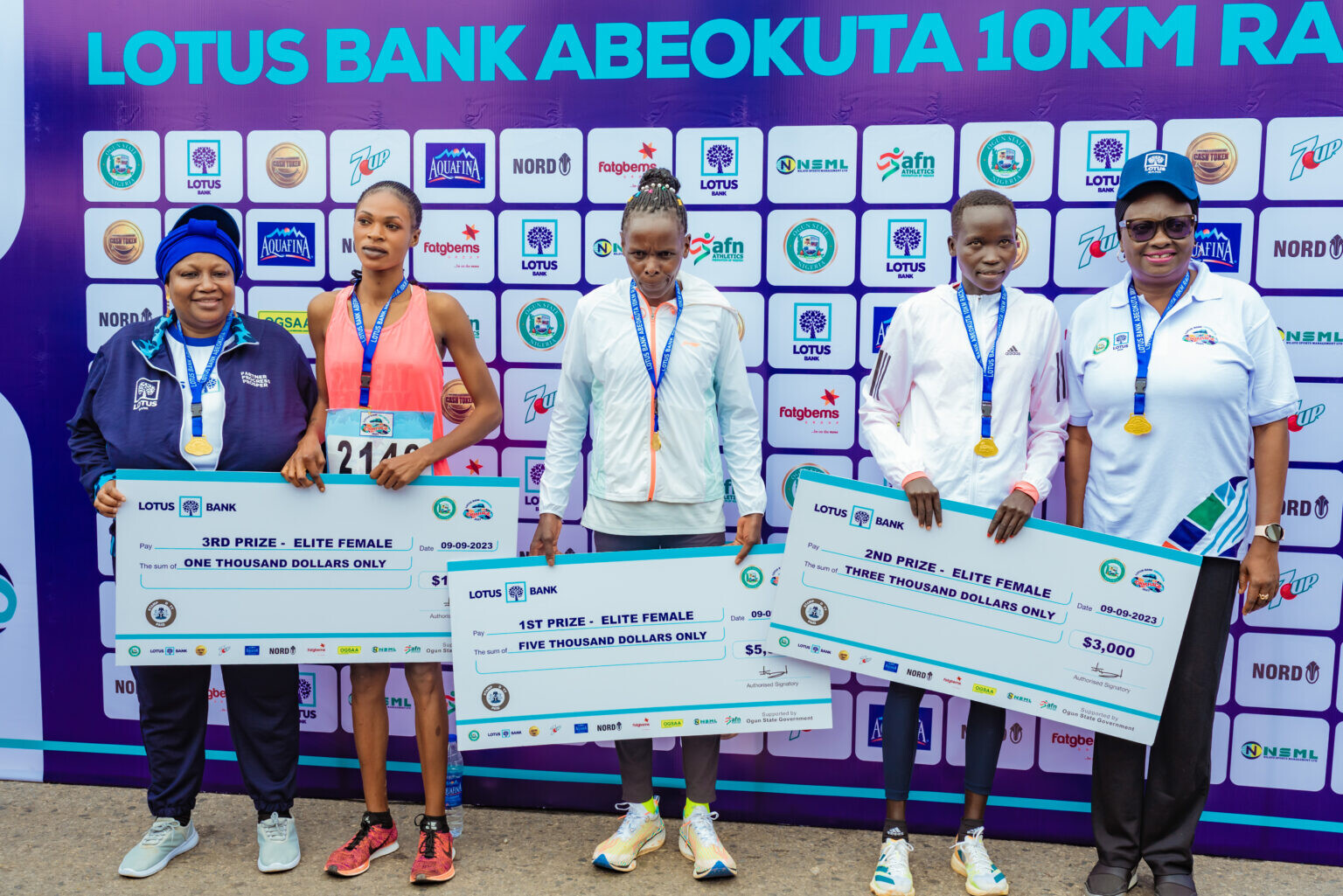
I came to Nigeria for the 10km Race in order to maintain my current form and have a better time. I strongly believe that impossible is nothing,” she said.
She also expressed her excitement in winning the race adding that she had it easy since there were no strong opponents.
“I feel excited to win the women’s category of the Lotus Bank Abeokuta 10km Race and the road race was nice.
I had no challenger in the race; I took charge of the race in the last 7km and maintained my top speed,” she said.
Kipsiror has had a pretty great season so far this year and she managed to run a Personal Best (PB) of 1:07:53 at the Gent Half Marathon where she was debuting.
She also competed at the Istanbul Half Marathon where she finished ninth. She also competed at the Nationale-Nederlanden Warsaw Half Marathon and finished fifth before completing the podium at the OMV Petrom Bucharest Half Marathon.
(09/12/2023) ⚡AMPby Abigael Wuafula
Valencia Half Marathon
The Trinidad Alfonso Valencia Half Marathon has become one of the top running events in the world. Valencia is one of the fastest half marathon in the world. The race, organized by SD Correcaminos Athletics Club, celebrated its silver anniversary in style with record participation, record crowd numbers, Silver label IAAF accreditation and an atmosphere that you will not find...
more...Five nutrition rules runners can forget
Proper nutrition can make a big difference to your running performance, but there are a lot of myths out there that can derail your efforts for a new personal best. These six nutrition “rules” are probably doing more harm than good, and we’re here to tell you it’s time to forget about them.
1.- Fasted runs will improve performance

There is some evidence to suggest that doing some of your runs in a fasted state will improve your body’s ability to use fat for energy rather than glycogen (which is stored carbohydrate), which is good for endurance. But for most (especially female) runners, this is likely to decrease their performance during workouts.
As Dr. Stacy Sims explained in this interview, women’s bodies already preferentially use fat and protein for fuel. Because of this, fasted training in women increases cortisol levels, causing a cascade of poor adaptation, fatigue, depression, anxiety and a build-up of body fat.

If you run early in the morning or prefer not to have a lot of food in your stomach when you run, don’t fret. Even just something small like half a banana or a piece of toast 10-20 minutes before you head out the door is all you need to bring your blood sugar up and decrease your cortisol levels.
2.- Gluten is bad for you
Unless you have celiac disease or a gluten allergy, this is simply not true. The gluten-free diet has risen in popularity over the last decade, but in many cases, it is actually less healthy than a standard diet, due to the often highly-processed nature of many gluten-free foods. If you’re experiencing GI distress and you think gluten might be the problem, talk to your doctor. They will be able to rule out other potential causes of your discomfort and help you resolve the issue.
3.- You need supplements to meet your nutrition needs
If you have diet restrictions, you may need some supplements to meet your nutrition needs, but otherwise, you can get everything you need from a healthy, well-balanced diet that contains plenty of fruits and vegetables. If you think your diet may be lacking, consult a dietitian (preferably with expertise in sports nutrition). They can assess your current eating habits and work with you to ensure you’re meeting your nutrition needs through whole foods. Then they can make supplement recommendations based on your goals and your lifestyle.
4.- You should never eat white bread or white rice
Fibre is an important nutrient, and many well-meaning runners have banished all non-whole-grain foods from their diets in the name of optimal health. The truth is, foods like white bread and white rice often do have a place in a runner’s diet and can provide a quick source of energy ahead of a big run or workout. Running can also be hard on your gut, and for some runners, too much fibre can exacerbate already-existing GI issues. Plus, eating fibre-rich foods too close to a run can cause GI distress, even for runners with strong stomachs. So while whole-grain, high-fibre foods are an important part of your diet, don’t be afraid to reach for the white rice once in a while.
5.- You need to watch your calorie intake to stay lean and fast
Countless runners have fallen prey to the “lean equals fast” mentality, but not only is this not true, it will ultimately decrease your performance, and it’s also potentially dangerous. Runners should always focus on consuming plenty of calories to fuel their training. Underfuelling will likely cause your performance in workouts to suffer, and is likely to lead to injuries like stress fractures and burnout. Listen to your body and eat whenever you’re hungry (and don’t skimp on healthy carbs). If you’re having trouble eating enough to keep up with your training, talk to a dietitian, who can give you strategies to ensure you’re fuelling properly.
(09/12/2023) ⚡AMPby Brittany Hambleton
Uganda's Ali Chebures victorious in Tallinn half-marathon
Ugandan long-distance runner Ali Chebures won the Tallinn half-marathon on Saturday in a time of 1:01.35, while Kenyan runners were also dominant in both men's and women's events.
After Chebures came four Kenyans in-a-row: Elvis Chevor (1:01.45) was second, Eric Leon Ndiema (1:01.50), Solomon Koech (1.02.01) fourth and Collins Kipkirui Kipkorir (1:02.04) finished fifth.
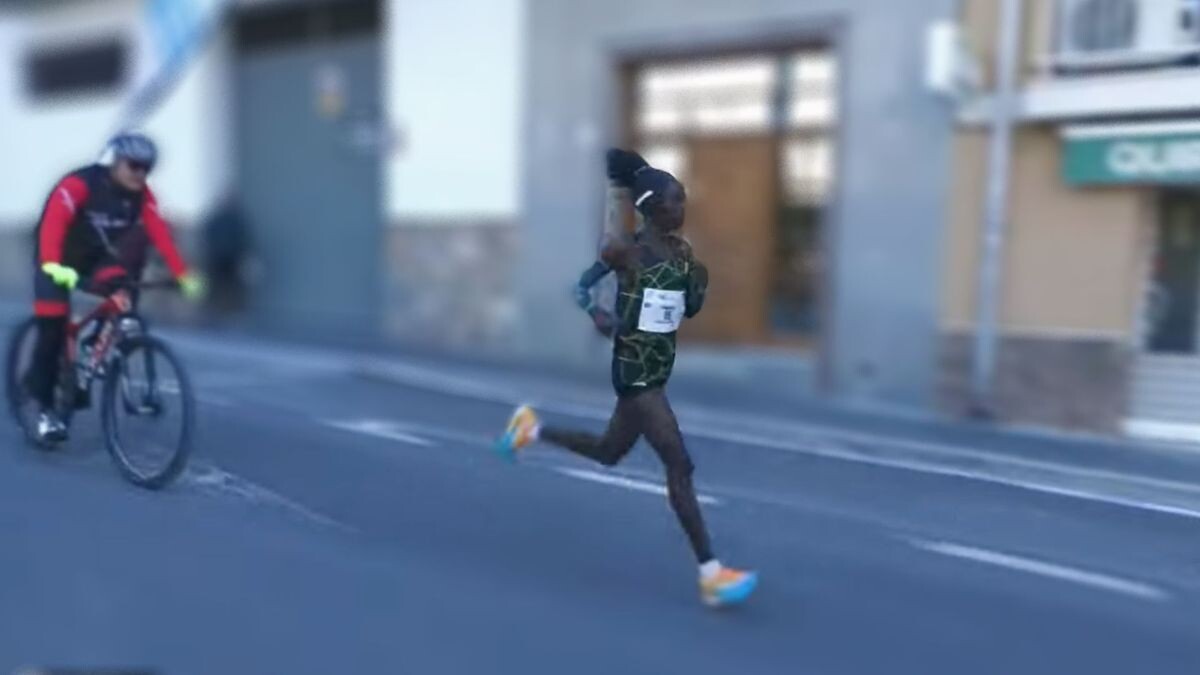
The Kenyans also swept all before them in the women's half-marathon; Beatrice Cheserek, who finished ninth overall (ie. was beaten by just eight men runners), came first with a time of 1:08:22.
Janet Ruguru Gishumbu (1:08.30) was second, Lydia Jebichi Korir (1:08.49), third.
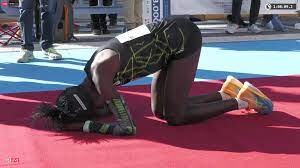
Estonian runner Jekaterina Patjuk finished sixth (1:17.11), and another Estonian, Liina Černov, came eighth (1:24.56).
Marathon weekend continues with the 10K race Saturday afternoon and then the full marathon, starting 9 a.m. Sunday morning.
(09/11/2023) ⚡AMPby Andrew Whyte, Kristjan Kallaste
Tallin Marathon
The Tallinn Marathon has won a sure place in the competition calendar of runners and has become an attractive destination for running tourists looking for new experiences. About 20 000 running enthusiasts from 56 different countries participated in the 2017 event. As a tradition, the marathon will take place in every second Sunday of September, this year 9th of September,...
more...Kandie faces stiff opposition as he seeks to defend Valencia title
Former Valencia Half Marathon winner Kibiwott Kandie is among 14 Kenyans set to battle it out at the Valencia Half Marathon on October 22 in Spain.
Kandie, who holds the half marathon's best time of 57:32, will face tough competition from Ethiopia’s Yomif Kejelcha who holds a time of 58:32 (second best time in the marathon).
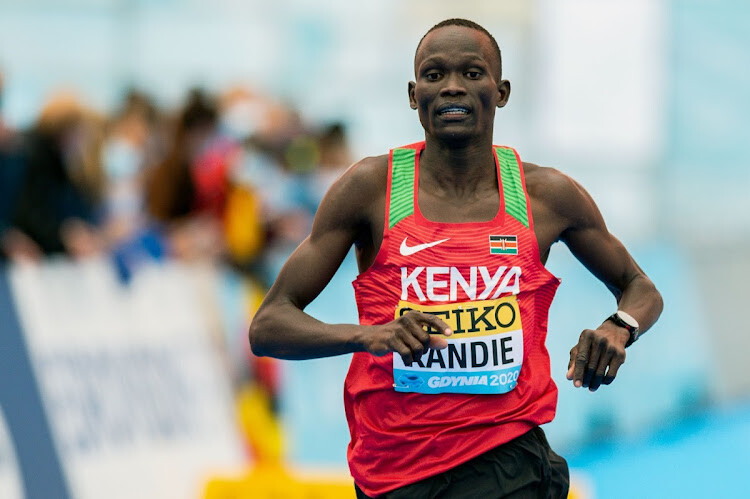
Kandie, the 2020 World Athletics Half Marathon silver medalist, will be hoping to cement his name in Valencia and replicate his amazing performance back in 2020 when he set the record time in the race.
The two will be joined by runners, who have clocked under 59 minutes in the race, including Matthew Kimeli, winner of the 15th annual UAE Healthy Kidney 10K in 2019 in Central Park, New York, who holds a time of 58:43.
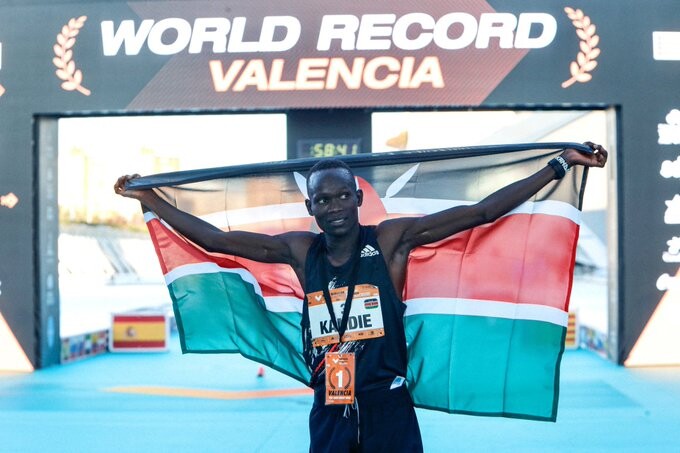
Sebastian Sawe, who holds a half marathon best of 58:58 from his win at the 2022 Bahrain Royal Night Half Marathon, will be gunning to take the title from Kandie.
The 2022 Standard Chartered Marathon 10km bronze medalist, Bravin Kiprop, who has a time of 59:22 in the half marathon, will also be among the challengers alongside Josephat Kiprotich who won the 38th edition of the Maratona da Cidade do Rio de Janeiro, Brazil in June.
Other Kenyan athletes in the race include Brian Kwemoi (59:37), Hillary Kipkoech (59:41), Erick Sang (59:50), Weldon Langat (59:55), Laban Kiplimo (1:00.13) and Kelvin Kibiwott (1:00.14).
Ethiopian’s Tadese Worku, 3,000m medalist at the 2021 World Athletics U20, and 5,000m world 3,000m junior record holder, Hagos Gebrhiwet will give the Kenyans a competitive race.
Great Britain's all-time number three, Callum Robert Hawkins (1:00:00), will be looking to pull an upset for the group.
The women's challenge will be led by the 2019 world 5,000m silver medallist, Margaret Chelimo who holds a time of 1:05:26 in the marathon and she will be joined by Janet Chepngetich.
The 2020 World Half Marathon silver medalist and current European record holder over the distance, Melat Kejeta from Germany together with Ethiopia’s 2023 world cross country silver medalist, Tsigie Gebreselama will give the Kenyan ladies a tough race.
(09/11/2023) ⚡AMPby Teddy Mulei
Valencia Half Marathon
The Trinidad Alfonso Valencia Half Marathon has become one of the top running events in the world. Valencia is one of the fastest half marathon in the world. The race, organized by SD Correcaminos Athletics Club, celebrated its silver anniversary in style with record participation, record crowd numbers, Silver label IAAF accreditation and an atmosphere that you will not find...
more...Bill Cooksey, 102-year-old becomes oldest person to finish half-marathon at Great North Run
A 102-year-old veteran of World War II has become the oldest man to complete a half marathon after finishing the Great North Run.
Bill Cooksey, who served in the RAF between 1941 and 1951, covered the 13.1 mile course from Newcastle to South Shields with the aid of walking companion Gavin Iceton in five hours and 41 minutes.
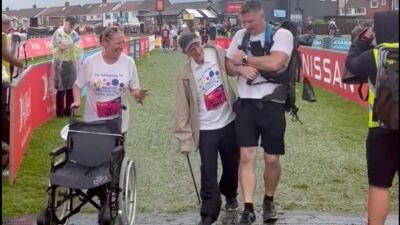
The centenarian had previously completed 10 miles a day for 10 days for his 100th birthday and cycled 1,000 miles for his 101st birthday, and took on the challenge to support the County Durham and Darlington NHS Trust.
“I’ve always wanted to do it,” MR Cooksey told ITV ahead of the event. “I’ve been up here 30 years and always walked, and when I heard about the Great North Run I thought ‘I’ll be able to do that surely,’ because there’s the additional impetus of the NHS.
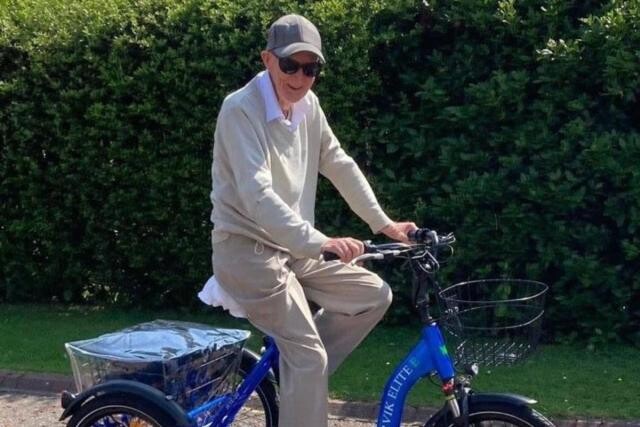
“Actually I don’t think I would have done it if it wasn’t of benefit to the NHS.”
The Great North run was hit by torrential downpours after a week of heat in the United Kingdom.
Some runners were forced to walk home after flash flooding hit roads and the Tyne and Wear Metro system.
Mr Cooksey, though, managed to survive the conditions to complete his challenge and raise more money for the NHS. “I am glad I have done it,” he said to the Daily Mail. “I wish we didn’t have to go through all that rain - but we did it.”
Pat Chambers, charity development manager at the trust, added: “What a hero Bill Cooksey is.
“He continued walking through a thunderstorm to become a record breaker completing it in just over five hours 40 minutes. We are so proud of him.”
(09/11/2023) ⚡AMPGreat North Run
Great North Run founder Brendan Foster believes Britain is ready to welcome the world with open arms after the launch of the event's most ambitious plan to date. The Great World Run campaign seeks to recruit one runner from every country in the United Nations – 193 in total – to take part in the iconic half marathon in...
more...Kenyan athlete Agness Barsosio has been handed a five-year doping ban
Kenyan athlete Agness Jeruto Barsosio has been handed a five-year ban by the Athletics Integrity Unit (AIU) for violating the World Anti-doping rules.
The 40-year-old star athlete was found guilty of the use of a Prohibited Substance/Method – specifically an ABP case.
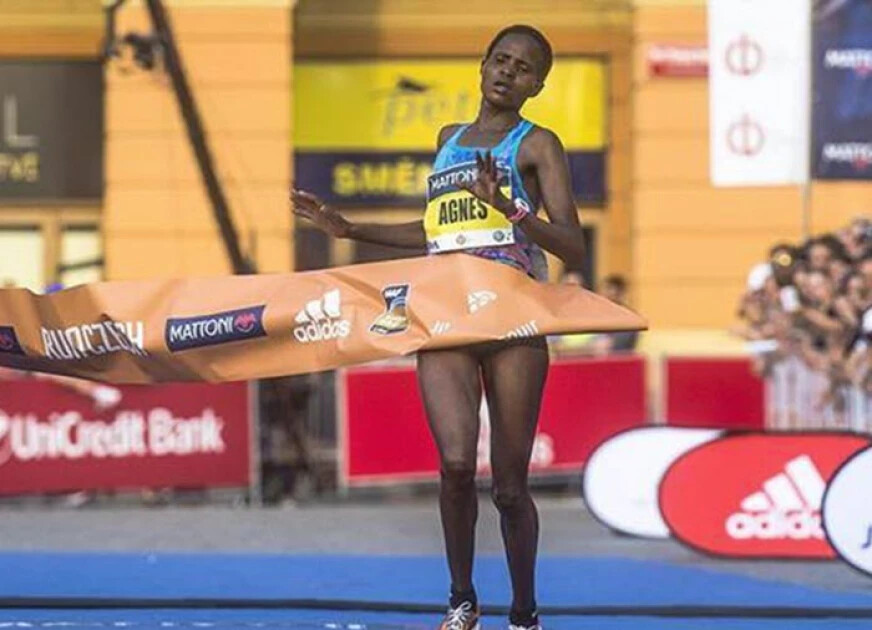
Disturbingly, Barsosio's doping violation follows closely on the heels of her sister Stella Barsosio's own doping ban.
Stella was banned earlier in February this year for a two-year period by the Anti-doping Agency of Kenya (ADAK) for the presence of the prohibited substance, trimetazidine.
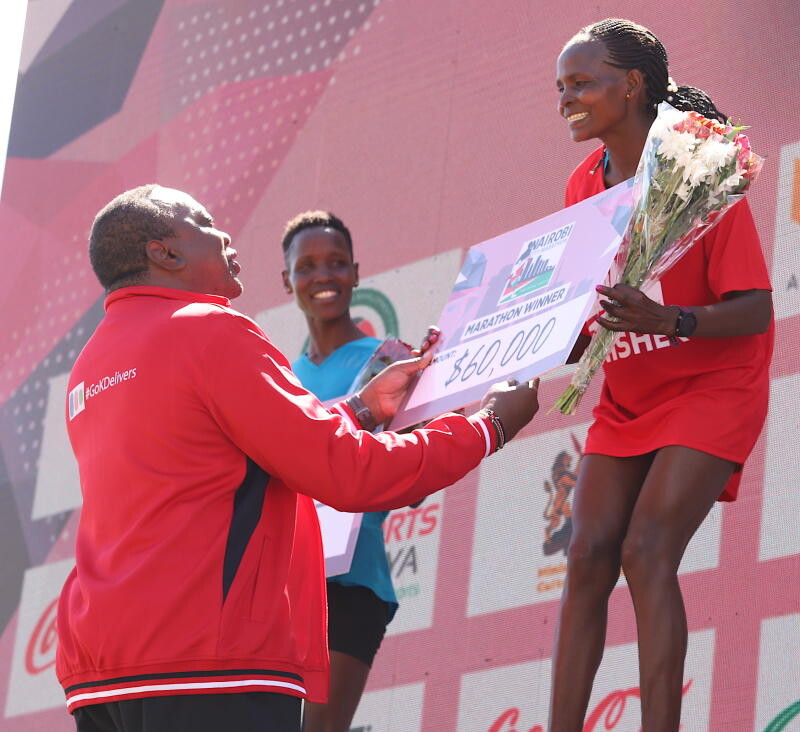
In a turn that has shocked fans and raised eyebrows in the sports community, Agness Barsosio went on to defy her provisional suspension, which was imposed on August 11, 2023.
Even with the suspension looming over her, she audaciously participated in the 18th edition of the Brazzaville International Half-Marathon on September 13, 2023, in Brazzaville, Congo.
The race was eventually won by fellow Kenyan Lilian Jelagat, who clocked an impressive 1:09.55. She was closely followed by Ethiopia’s Emebet Niguse Mamo with a time of 1:14.26.
Barsosio, despite her participation under a cloud of suspicion, managed to clinch the third spot, finishing the race in 1:18.55.
To make matters even more intricate, Agness Barsosio is married to Thorsten Steffen, who is known for organizing races for athletes through his entity, Afro Athletics Promotion.
Interestingly, Steffen is not registered as an athlete representative by World Athletics or Athletics Kenya, which might raise further questions on the influence and involvement he might have had in this controversy.
(09/11/2023) ⚡AMPby Festus Chuma
Josh Kerr and Jemma Reekie Secure Scottish Sweep at New Balance 5th Avenue Mile
New York, September 10, 2023 – World champion and Olympic medalist Josh Kerr and Olympian Jemma Reekie won the men’s and women’s professional athlete races at the New Balance 5th Avenue Mile on Sunday, making it the third consecutive year it was a Scottish sweep. It was the first title on Manhattan’s famous thoroughfare for Kerr, and the second for Reekie, who also won in 2021.
Kerr, fresh off winning a world title in the 1,500 meters last month, won in 3:47.9, the third fastest time in event history and fastest since 1995. Great Britain’s George Mills was second in 3:49.9, followed by New Zealand’s Geordie Beamish in third in 3:50.0. Vincent Ciattei was the top American, finishing fourth overall in 3:50.3.
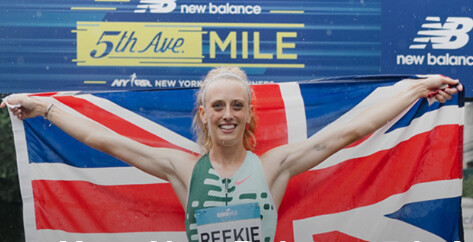
“It's a very different effort to run a mile down the street in flats versus running around the oval with spikes,” Kerr said. “I didn't have the performance I wanted to have last year, so I wanted to make that right. It's nice to end the season on a high, and it's difficult to do at any point in anyone's career at the end of the year. I've been training and racing for a long time this year and I was glad to put on a performance like that today.”
Reekie took the tape in 4:19.4, more than two seconds faster than her winning time in 2021, and was followed by Ireland’s Sarah Healy in 4:20.0 and Great Britain’s Melissa Courtney-Bryant in 4:20.6.
Nikki Hiltz was the top American, finishing fourth in 4:20.7.“Running this mile is always so special to me,” Reekie said. “I won it back in 2021. Last year, I placed well again, and then this year I'm happy to be back winning. It's such a great event and it's always a fun event to come to.”
The New Balance 5th Avenue Mile – the world’s most iconic road mile race since 1981 – stretches 20 blocks down Manhattan’s most famous thoroughfare.
More than 9,000 runners raced the New Balance 5th Avenue Mile on Sunday. In addition to professional athlete and age-group heats, this year’s New Balance 5th Avenue Mile featured Back to School Mile heats for youth, a New Balance Run Your Way Mile for first-time marathoners using NYRR Coaching Lab, a George Sheehan Memorial Mile for seniors. Due to inclement weather, the NYPD and FDNY Mile, NYRR Road Mile Championships, and the Rising New York Road Runners Stage 1 races were cancelled.
(09/10/2023) ⚡AMPNew Balance 5th Avenue Mile
The New Balance 5th Avenue Mile opens a beautiful 20-block stretch of 5th Avenue to runners of all ages and abilities who want to run their best mile in New York City. Special races include a youth mile, the George Sheehan Memorial Mile for runners age 60 and over, the NYRR Road Mile Championships, and Olympic-caliber professional men's and women's...
more...Tough Mudder Race in California Gets Even Tougher After Illness Spreads
More than 300 California runners have become sick with an unidentified virus following a mud run.
While Tough Mudder races are known to be grueling affairs that can take a toll on one’s body, an illness outbreak is affecting a large portion of California runners days after the race’s conclusion.
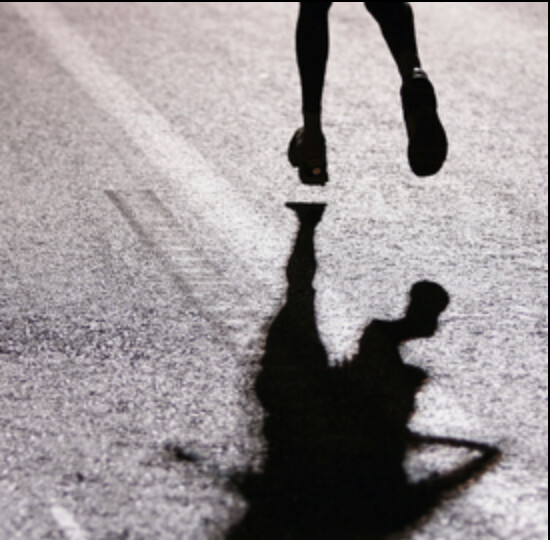
More than 300 participants in a recent Tough Mudder race in Sonoma County, California, have complained of rash, fever, muscle pain, nausea, and vomiting after the weekend event at Sonoma Raceway.
Matt Brown, a spokesman for Sonoma County, says that the 300 cases is just a “conservative estimate.”
“The Tough Mudder race involved extensive skin exposure to mud. Most affected persons have a pustular rash, fever, myalgias, and headache. These symptoms could be indicative of a minor illness called Swimmers’ Itch, but they can also indicate a Staph infection or other more serious bacterial infection such as Aeromonas,” the county said in an advisory.
Brown said on Wednesday that Sonoma County is asking healthcare providers to obtain cultures from patients exhibiting symptoms and report back the results, but says that the cause of most of the infections is likely Aeromonas.
Aeromonas bacteria, commonly found in water, mud, and some types of food, can lead to gastrointestinal issues and other health issues such as kidney disease, meningitis, and skin and wound infections.
Charlie Bernard, a spokesman for Tough Mudder, said the company is working with county officials to investigate the event. Bernard says that Tough Mudder reached out to all participants and is sharing with them the health advisory. The organization urges people exhibiting unresolved or worsening rash, flu-like symptoms, fever, lethargy, and nerve pain to seek medical care.
“All necessary protocols were followed in preparation for, and during, the event,” Bernard wrote in an email to participants. “Our thoughts are with those affected, and we are actively investigating to understand exactly what occurred.”
In 2015, more than 1,500 runners in France experienced a norovirus after partaking in a mud run. In 2014, the CDC released a study of a mud run in Nevada two years prior that saw 22 runners fall ill afterward, also due to norovirus.
(09/10/2023) ⚡AMPNeed More Energy? Try These 5 Foods Full of Vitamin B12
Vitamin B12 is an important player in keeping your engine running and your energy levels up. Find out which foods can increase your intake naturally.
Did you know vitamin B12 is often called “the energy vitamin”? Not only is vitamin B12 pivotal in keeping your blood and nerve cells healthy, but it’s also involved in making DNA – meaning it’s literally part of the material that makes up every single cell of your body. Studies have found Vitamin B12 helps athletes build muscle mass and improve endurance, reduce muscle fatigue, boosts production of red blood cells, and speed recovery. So, when you hear health professionals say vitamin B12 is kind of a big deal, we mean it!
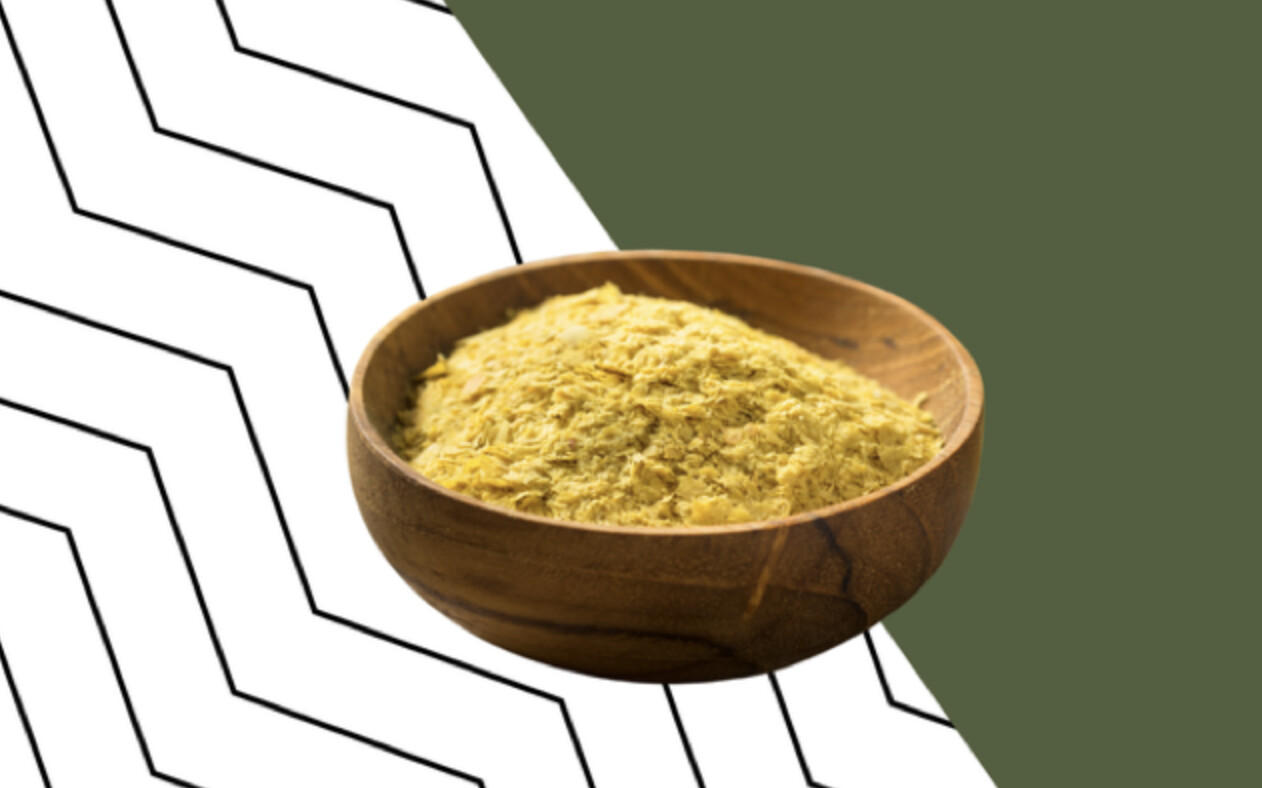
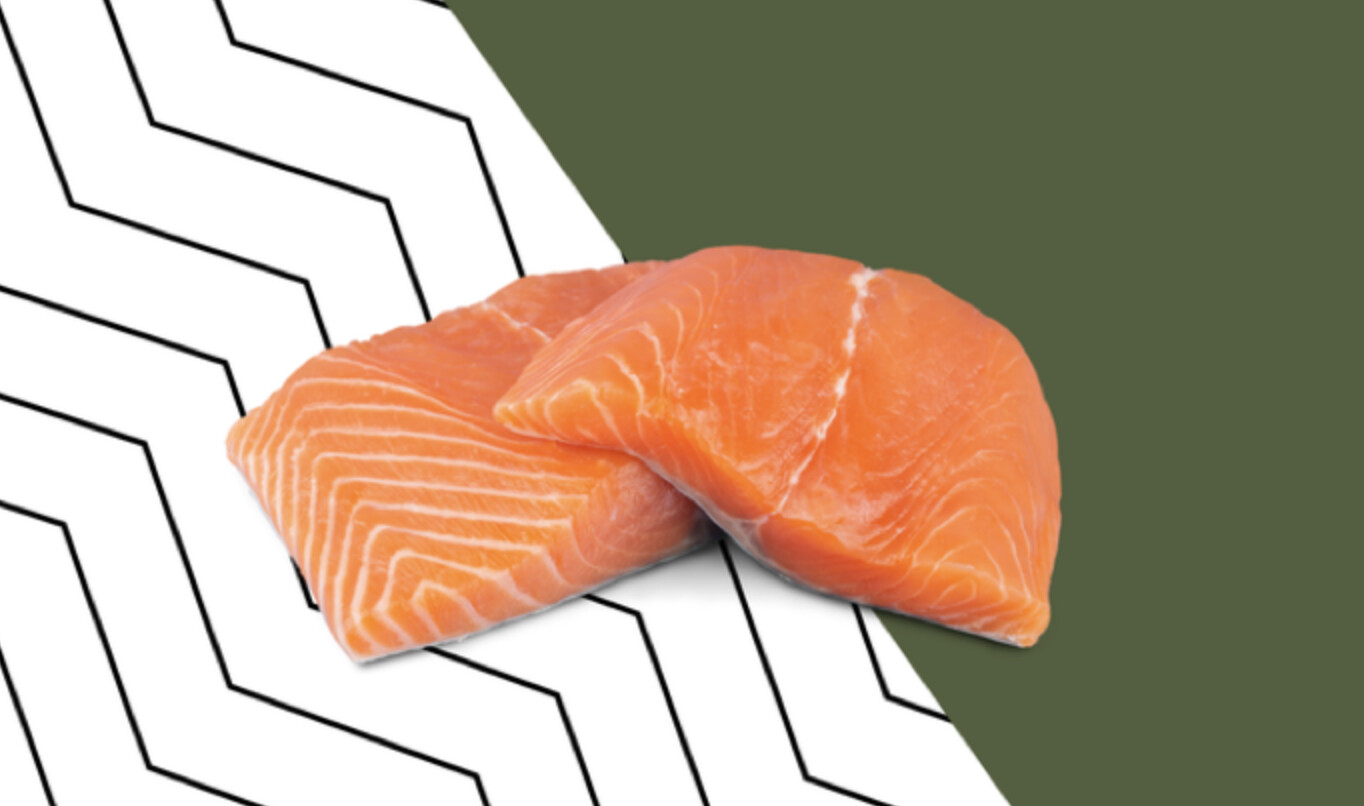
Now, there may be a “magic pill” for what seems like everything these days, including vitamin B12, but buyer beware. Vitamin B12 infusions offered by high-end shopping centers and spas tout a “natural” boost of energy for a pretty penny. But are they really necessary? Most likely, no. I will admit, I’m a bit biased in that I have a food-first, supplement-as-safety-net philosophy. But I still couldn’t fathom paying the $90 I’ve seen quoted per infusion when research shows there are staple foods you can easily eat more of to naturally increase your B12 levels.
Skip the pricey infusions and instead try tweaking your diet. Consider adding these five foods into your meals to naturally increase your intake of vitamin B12. And, of course, always consult with your healthcare provider if you have any questions or concerns about your particular needs. Some lifestyles, such as vegan and vegetarianism, do require supplementation of B12 to ensure you are meeting your needs.
The following foods all contain 20% or more of the recommended daily vitamin B12 intake (2.4 micrograms per day for adults). With these in your daily rotation, you can boost your energy and ensure you’re eating a well-rounded, nutrient-rich diet.
Did you know vitamin B12 is usually found in animal products and proteins, yet one of the richest sources is actually vegan? I’m not kidding! Nutritional yeast is a vitamin B12 powerhouse with ¼ cup providing anywhere from 8.3 to 24 mcg per serving, or about 346 to 1000% of the daily value. While the amount varies from brand to brand, it’s without question worth it to add a little sprinkle of nutritional yeast to your pastas, popcorn, and sauces to help increase your B12 intakes, naturally.
If you’re new to nutritional yeast, it has a flakey texture and blends well into dishes you’d like to impart a cheese-like flavor, all while keeping your recipes dairy-free.
There’s more than just omega-3s found inside delicious and nutritious seafood. A 3-ounce serving of cooked salmon provides 2.6 mcg of vitamin B12, or about 108% of the daily value! Plus, it also contains vitamin D, an important nutrient necessary for keeping your bones healthy.
While salmon comes in a variety of convenient options, from smoked and refrigerated to cooked and canned, there are a plethora of ways to add more salmon into your busy routine.
Along with an array of other important nutrients that support healthy living and aging, an 85% lean, 15% fat pan-browned 3-ounce portion of ground beef contains 2.4 mcg of vitamin B12, or about 100% of the daily value. For individuals who struggle to get enough vitamin B12, choline, iron, zinc and protein in their diets, lean beef is an excellent addition that provides quite literally a lot of bang for your nutritional buck. It’s easy to prepare and pairs well with other nutrient-rich foods, like fruits and vegetables, that most Americans need to be eating more of.
Unless you have a food allergy or lifestyle preference, there’s no reason to remove cow’s milk from your diet. It’s high in vitamin B12, coming in at 1.3 mcg per 1 cup serving, or about 54% of the daily value. Dairy milk plays an important role in growth and development through supporting bone health, as well as regulating blood pressure.
If milk isn’t your jam, you can still reap the benefits of dairy by including yogurt in your diet, too! A 6-ounce container of yogurt contains 1 mcg of vitamin B12 too, or about 43% of the daily value.
Quite possibly my favorite B12-rich food to recommend to families regardless of economic stance is fortified breakfast cereal. It’s convenient, available on multiple government food assistance programs and downright delicious. A serving (about 1-1 ¼ cups) of most standard fortified breakfast cereals provides about 25% of the daily value of vitamin B12, or about 0.6 mcg. Pair the cereal with cow’s milk and you get a double dose of vitamin B12!
While there’s a wide variety of fortified breakfast cereals to choose from, I recommend choosing two. First, choose one that contains minimal added sugar, like a whole grain oat cereal. Then, choose a second that your family loves, usually with a tad more added sugar. Do a 70/30 blend of the whole grain oat with the “fun” cereal to create a nutrient rich bowl of goodness to start your day!
(09/10/2023) ⚡AMPby Outside Online
Ngetich breaks women-only world 10km record in Brasov
Kenya’s Agnes Ngetich broke the women-only world 10km record* at the Trunsylvania 10km, clocking 29:24 at the World Athletics Elite Label road race held on Sunday (10) as part of the Brasov Running Festival in Romania.
In an impressive solo running display, the 22-year-old showed her intent from the start and covered the first 5km in 14:25 – four seconds faster than the women-only world record for that distance.
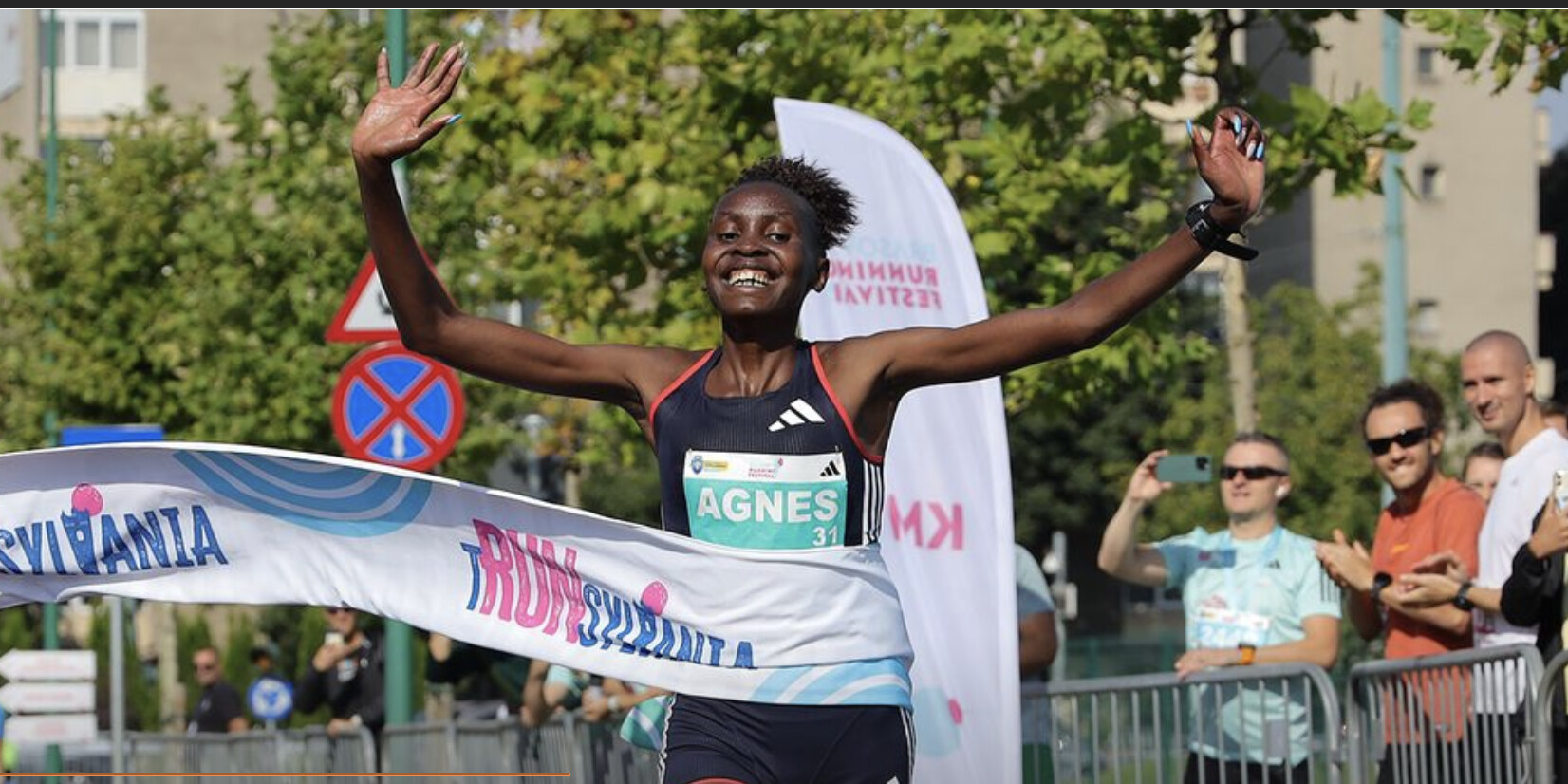
She had a lead of 10 seconds over her compatriot Catherine Reline at that point.
Racing on the loop course, Ngetich went on to pass 6.5km in 18:54 and 8.5km in 24:56 before crossing the finish line in 29:24 to record the fastest ever 10km in a women-only race, improving on the 30:01 set by the late Agnes Tirop in Herzogenaurach in 2021.
As well as being the fastest women-only 10km, Ngetich’s time is the third-quickest by a woman in history, behind only the 29:14 run by Ethiopia’s Yalemzerf Yehualaw in a mixed race in Castellon last year and the 29:19 Yehualaw clocked in Valencia earlier this year.
“The world record is a surprise to me,” said Ngetich, who started the 2022 race in Brasov as the pacemaker but went on to finish second in 30:30. “I didn’t expect to get the world record. I just wanted a PB, low 30 minutes to break the course record, but a world record is really a surprise.”
The race started at a fast pace right from the gun with Ngetich, Reline and Uganda’s Joy Cheptoyek leaving the pacemaker – who had been asked to lead the runners through 5km in 15:00 – quickly behind.
The trio sped through 1500m in 4:12 and Cheptoyek started to lose contact with the Kenyan pair a kilometre later. Ngetich and Reline went through 3km in 8:32 but it was only a few hundred metres down the road in the Coresi district on the outskirts of the Transylvanian city that the latter started to drift back. From then on, Ngetich was out on her own.
Ngetich, who claimed bronze at the World Athletics Cross Country Championships in Bathurst in February and then finished sixth in the 10,000m final at the World Athletics Championships Budapest 23 last month, set a women-only world 5km record with her split of 14:25, improving on the 14:29 achieved by Ethiopia’s Senbere Teferi in Herzogenaurach on the same day that Tirop set her 10km mark.
By 7km, Ngetich had built up an 18-second lead over Reline and the gap just kept on widening.
As Ngetich passed the 8.5km checkpoint in 24:56, Reline was second in 25:29, and the leader continued to fly over the final section of the three-lap course before gaining her second world record of the morning.
“I started the year with the World Cross, which was perfect, so I wanted to close the season with a good result,” explained Ngetich, who achieved that aim in sensational style.
Reline held on to finish second in 30:14, while Cheptoyek placed third in 30:34.
The men's race was won by Weldon Langat, who completed a Kenyan double in 27:05.
A group of seven athletes went through 5km in 13:30, with another four just two seconds further back at the halfway point.
Surges in the sixth kilometre by Kenya’s Amos Kurgat and Dennis Kibet saw the pair pull away, with Langat being towed along comfortably in their wake.
Kibet continued to regularly push the pace over the course of the next three kilometres but with just over one kilometre to go, he started to pay for his service at the front.
As Kurgat and Langat embarked on the final kilometre, the latter used that as a signal to change gears and made a decisive move that took him to victory just over two-and-a-half minutes later.
Kurgat took second place in 27:12, while the 2018 world U20 5000m champion Edward Zakayo Pingua came through strongly over the final kilometre, firstly overtaking the tiring Kibet and then almost catching Kurgat to complete an all-Kenyan podium in third place with 27:14.
Mile wins for Van Riel and Mechaal
The Trunsylvania 10km took place on the second day of the Brasov Running Festival, with Saturday (9) offering elite mile races.
Robin van Riel of the Netherlands and Turkiye’s Emine Hatun Mechaal claimed victories in the European Road Mile, winning in national records of 4:05.5 and 4:41.7, respectively.
Mechaal was the first across the line as dusk started to fall over the Coresi district, after a well calculated run that saw the 2014 European U20 cross country champion pull away from her nearest rivals over the final 100 metres.
Romania’s Cristina Balan finished second in 4:43.0, while Greek 1500m champion Melissa Anastasakis was third in 4:44.0, both women also setting national records.
In the men’s race, runners in the leading pack were reluctant to go with pacemaker Stephen Masindet and they passed 1km in an unofficial 2:40.0, which made the anticipated sub-four-minute time and a world record highly unlikely.
In the end, Van Riel was able to outsprint his younger compatriot Stefan Nillessen in a thrilling duel as the finish line approached.
Van Riel clocked 4:05.5 to Nillessen’s 4:05.8, with Italy’s Giovanni Filippi third in 4:07.2.
Further elite mile action will be on offer in Riga next month as the World Athletics Road Running Championships hosts mile, 5km and half marathon races.
(09/10/2023) ⚡AMPBrasov Running Festival 10K
"Brasov Running Festival” is set to become the iconic running event of Romania, with elite, popular and children races, concerts, conferences and other running related activities. The elite 10K race, Trunsylvania International 10K is expected to enjoy an impressive participation of world class runners on a very fast course. -The only World Athletics Elite Label 10K in South-East Europe -The...
more...Jepchirchir and Tola win Great North Run half marathon
Kenya’s Peres Jepchirchir won the women’s race in 1:06:45, while Ethiopia’s Tamirat Tola claimed the men’s title in 59:58 at the Great North Run half marathon on Sunday (10).
Britain’s record-breaking warm weather continued as the elite career of one of its greatest athletes ended at the 42nd edition of the half marathon that takes participants from Newcastle to South Shields.
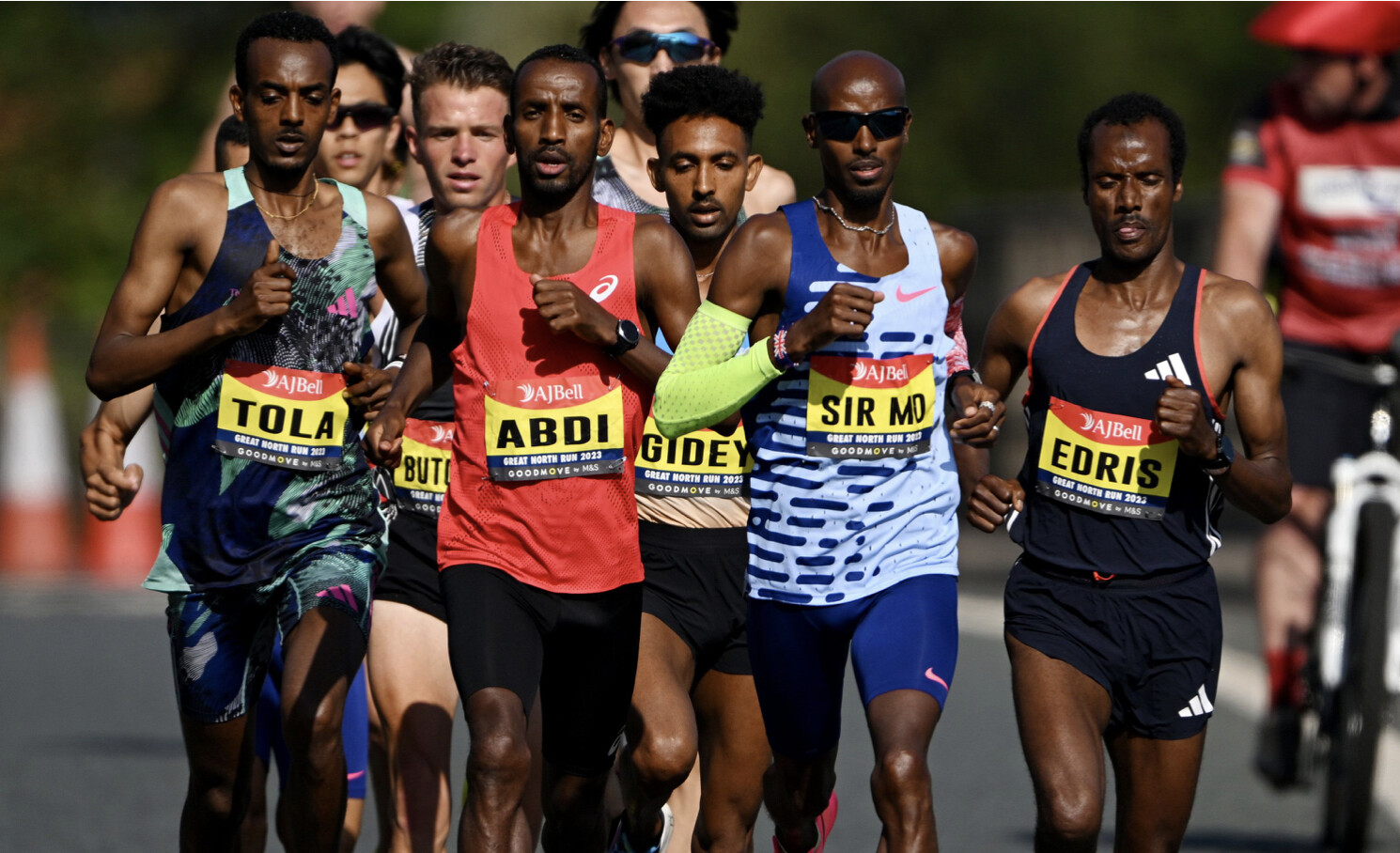
Mohamed Farah placed a respectable and emotional fourth in 1:03:28. He would have loved to have been on the podium in his final race, but he was no match for the Olympic and world-medal winning trio ahead.
Tola made some amends for his failure to retain his world marathon title 14 days earlier. Alongside Farah, the smooth-running Ethiopian led a group of seven athletes at 5km (14:11), then pressed on as the group climbed to the highest point of the course at five miles.
Then, on the downhill dual carriageway stretch, he showed the form which deserted him in the closing stages of the Budapest marathon. His 4:27 mile to seven broke all but Bashir Abdi, then he cranked it up to 4:20 and was 10 seconds up on the Belgian, who himself was 30 seconds ahead of Muktar Edris.
Tola’s pace slowed as the course climbed, but he still pulled away to dip under one hour. No-one else got under 61 minutes. Abdi was second in 1:01:20, while Edris was third in 1:01:54.
In the women’s race, Jepchirchir went one better than her runner-up finish in 2022.
Following a snappy 5:03 opening mile, her fellow New York Marathon winner Sharon Lokedi was her only company, but just for four miles. In the 24°C heat, Jepchirchir ran quicker than she had in kinder running conditions a year earlier. This is a woman who won the Olympic marathon when it was 31°C with 78% humidity, so heat doesn’t bother her.
Behind Jepchirchir and Lokedi, who finished second in 1:07:43, was Britain’s Charlotte Purdue, who repeated her 2021 third place finish to tune up nicely for her Berlin Marathon bid.
“I decided to run by myself,” Jepchirchir told the BBC. Both she and Lokedi are also in marathon preparations as they get ready to return to the New York City Marathon on 5 November.
As with so many mass races of this kind, there were countless human interest stories and races within races amid the 43,768 starters. One unique record was established by blind British runner Jim Roberts, who completed the distance untethered in 2:08:25.
The last word goes to Farah. “All I know is running,” declared the 10-time global track gold medallist in his post-race interview that was broadcast to the sunbaked spectators on the seafront. “That’s what made me happy for so many years.”
(09/10/2023) ⚡AMPGreat North Run
Great North Run founder Brendan Foster believes Britain is ready to welcome the world with open arms after the launch of the event's most ambitious plan to date. The Great World Run campaign seeks to recruit one runner from every country in the United Nations – 193 in total – to take part in the iconic half marathon in...
more...This year's Bank of America Chicago Marathon could be the largest ever
The 2023 Bank of American Chicago Marathon is shaping up to be the race's largest ever.
With more than 47,000 participants expected to run in this year's race, organizers said it could be "the largest finisher field to date."
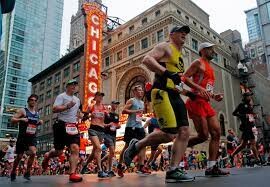
The previous record was set in 2019, with 45,932 finishers crossing the finish line.
That's not the only thing making this year's race particularly special, as another major milestone will be reached come Oct. 8.
According to organizers, the Chicago Marathon will see its millionth finisher in this year's race.
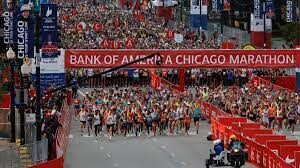
Since the event began in 1977, more than 960,000 participants have crossed the finish line.
"On Sunday, October 8, we will welcome the millionth finisher across the line in Grant Park," a letter to participants from Carey Pinkowski, executive race director read. "While being the millionth finisher is a unique honor, it took 999,999 finishes to reach that milestone: finishes made up of world records, American records and personal records, of smiles, tears and disbelief, of pride, pain and awe."
"Whether you’ve contributed to that number by running a past Chicago Marathon or will contribute to that number this fall, you are a significant part of the race’s story," the letter continued.
Earlier this year, the marathon's 2023 elite field was announced, a lineup of athletes organizers are calling "one of the deepest, most-decorated assemblies of athletes in race history."
This year's race will see all four of its defending champions return to city streets on Oct. 8, with a number of records at risk.
“Chicago has been home to world-records, historic debuts and has served as an introduction to runners who became legends of the sport,” Executive Race Director Carey Pinkowski said in a statement. “As we prepare to celebrate a landmark year in the race’s history, we anticipate historic performances that we will talk about for years to come.”
(09/09/2023) ⚡AMPBank of America Chicago
Running the Bank of America Chicago Marathon is the pinnacle of achievement for elite athletes and everyday runners alike. On race day, runners from all 50 states and more than 100 countries will set out to accomplish a personal dream by reaching the finish line in Grant Park. The Bank of America Chicago Marathon is known for its flat and...
more...Kenya’s Bernard Koech will be competing with the hope of making the podium one more time but he faces a stern test from the Ethiopians
The men’s field in this year’s Amsterdam Marathon on Sunday, October 15 promises to be a thrilling show as it has attracted some of the greatest long-distance runners.
Kenya’s Bernard Koech will be competing with the hope of making the podium one more time but he faces a stern test from the Ethiopians. Koech finished second behind Tamirat Tola (the current course record holder) in 2021.
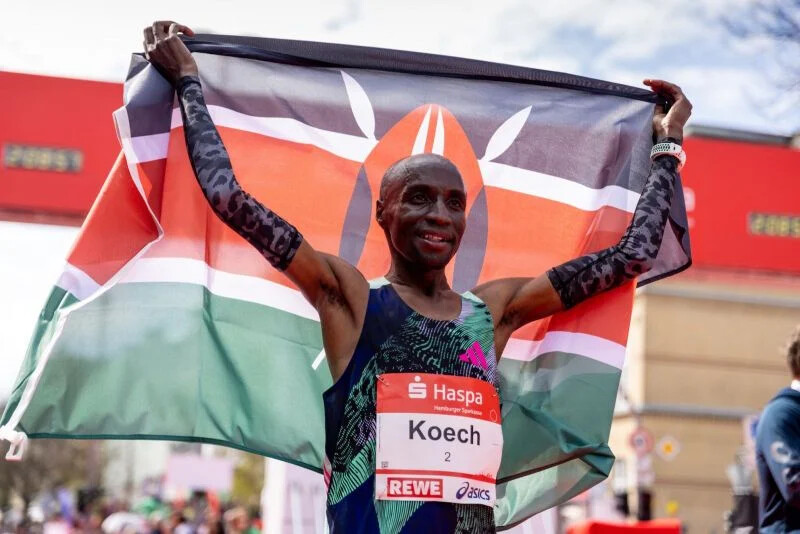
He also recorded the fourth fastest time this year at the Hamburg Marathon last year in April (2:04.09).
The Kenyan will enjoy the company of training partner Kennedy Kimutai to Amsterdam, from whom an interesting debut is expected. With a personal best of 58.28, he already ran a very strong half marathon once, at the Valencia Half Marathon in 2021.
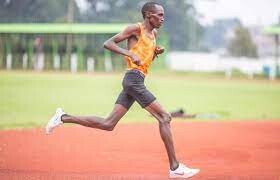
The 28-year-old Birhanu Legese of Ethiopia will hope to stop Kenya’s dominance in the marathons. He is one of the greatest marathoners who is behind three absolute legends, Eliud Kipchoge, Kelvin Kiptum, and Kenenisa Bekele.
He won the Tokyo Marathon in 2019 and 2020 and at the 2019 Berlin Marathon, he finished second in 2:02.48 behind Bekele.
Others in top contention include Lemi Berhanu (2:04.33), Asrar Hiryden (2:04.43), Cybrian Kotut (2:04.47), Barselius Kipyego (2:04.48), and Abdisa Tola (2:05.42), the younger brother of Tamirat Tola.
For three editions in a row now, the women's course record has been broken and the current course record of 2:17.20 is held by the Ethiopian Almaz Ayana.
Degitu Azimeraw, 24, will return to the race circuit after her pregnancy. With her best time, Tiruye Mesfin is not much inferior to her compatriot.
The Ethiopian ran a strong debut of 2:18.47 in Valencia last year and so could also be the first woman to enter the Olympic Stadium on Sunday, October 15.
(09/09/2023) ⚡AMPby Abigael Wuafula
TCS Amsterdam Marathon
Do you want to enjoy Amsterdam in October and all that the city has to offer you? Want to feel a real athlete and start and finish in the historic Olympic stadium? Or run across the widely discussed passage under the beautiful National Museum? Then come to Amsterdam for the annual TCS Amsterdam Marathon in October! The TCS Amsterdam Marathon...
more...Reynold Cheruiyot eyeing more glory at Prefontaine Classic after estelar ML performance in Brussels
World Under-20 1,500m champion Reynold Cheruiyot is not resting on his laurels as he eyes more success at the final Diamond League Meeting, Prefontaine Classic, scheduled for September 16 and 17.
Cheruiyot was in action during Friday night’s Diamond League Meeting in Brussels, Belgium and he managed to finish second in the men’s 2,000m.
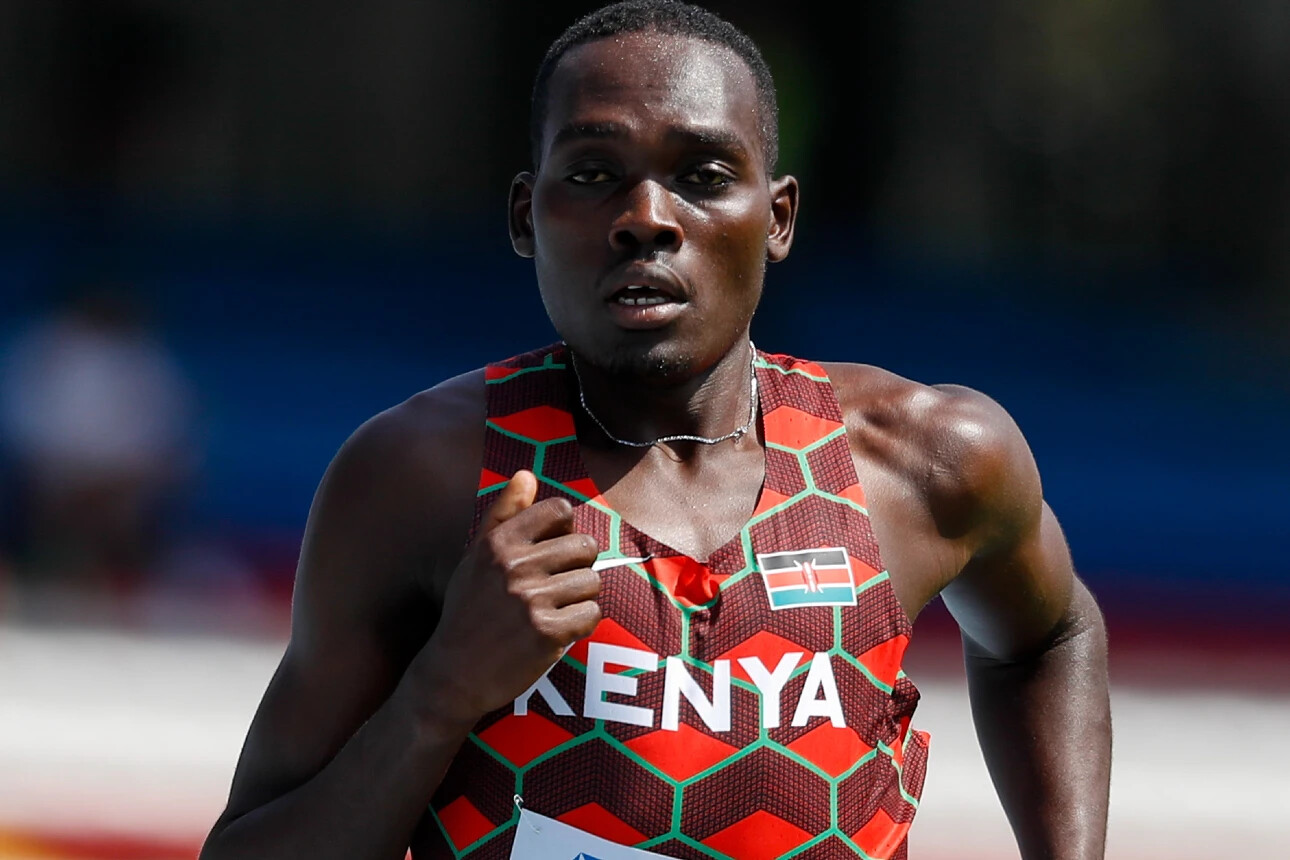
The 19-year-old clocked a Personal Best and national record time of 4:48.14 as Norway’s Jakob Ingebrigtsen broke the world record, clocking 4:43.13 to cross the line.
After his victory in Brussels, Cheruiyot wants to extend the hot streak to his final race of the season in Eugene, USA.

In a post-race interview, he said: “It was a tough race and I tried to follow the best. The race was not ideal for me but I was still able to follow and to run a personal record."
"The stadium was very good, the crowd was loud so that really helped. I only have one race left, the final in Eugene. I'm already looking forward to it and hope to run close to this time again.”
The youngster has had an amazing season thus far, making his debut in the senior category at the World Championships in Budapest, Hungary where he reached the final of the event.
He has also competed with the seniors in a couple of races including the Kip Keino Classic where he won and the USATF Los Angeles Grand Prix where he finished second behind Timothy Cheruiyot.
(09/09/2023) ⚡AMPby Abigael Wuafula
Prefontaine Classic
The Pre Classic, part of the Diamond League series of international meets featuring Olympic-level athletes, is scheduled to be held at the new Hayward Field in Eugene. The Prefontaine Classicis the longest-running outdoor invitational track & field meet in America and is part of the elite Wanda Diamond League of meets held worldwide annually. The Pre Classic’s results score has...
more...Caffeine Boosts Performance. But What About Coffee?
Researchers assess the potential benefits—and downsides—of the hundreds of bioactive compounds in your morning brew
A few years ago, researchers in Spain combed through the results of more than 7,000 urine samples tested for doping at competitions in various Olympic sports. Overall, 76 percent of the samples contained caffeine, with the highest concentrations found in cycling, track and field, and rowing. Frankly, I’m surprised that the number wasn’t higher, given how effective caffeine is as a performance booster and how widespread coffee consumption is more generally.
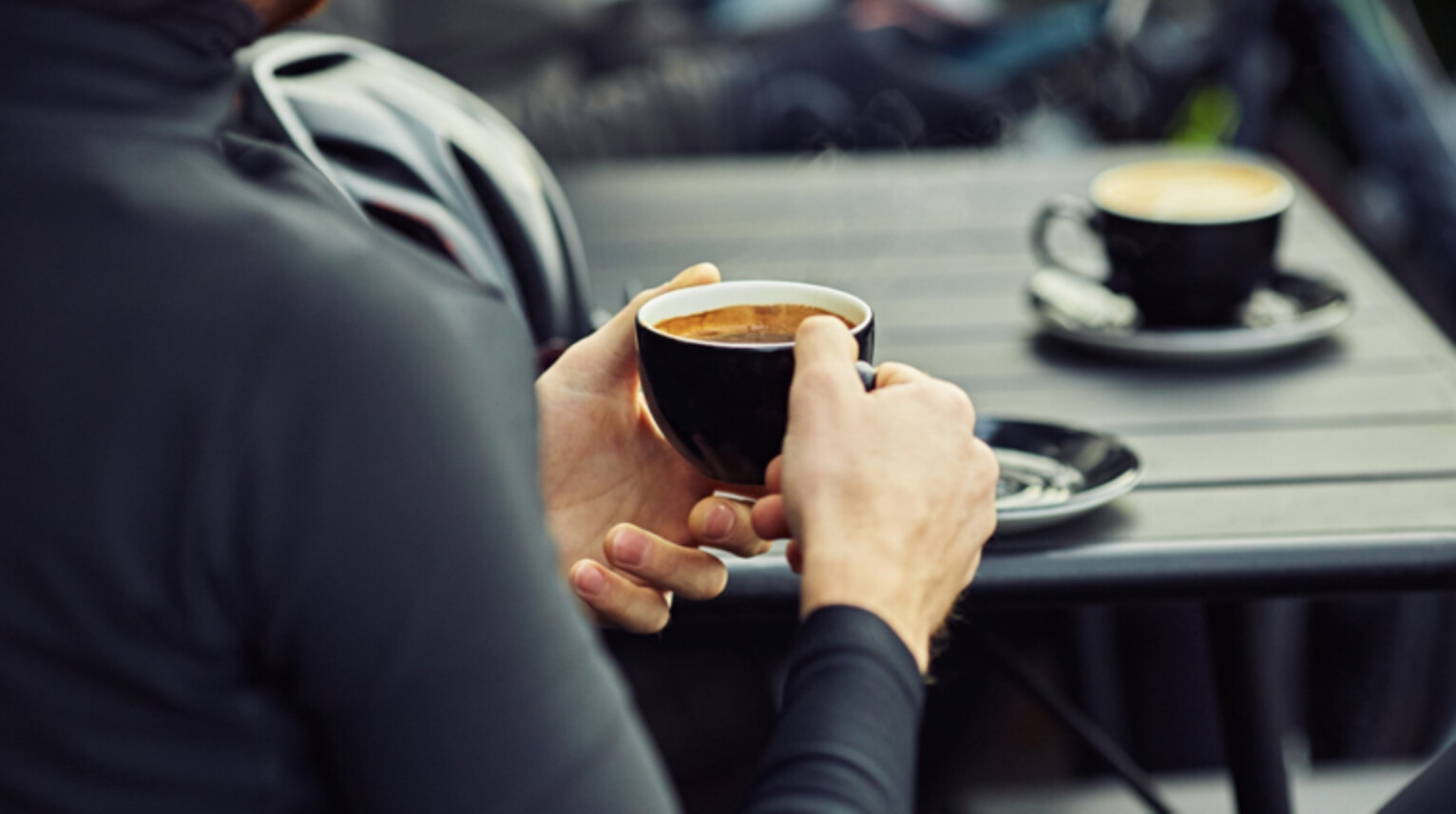
But I’m conflating two different things. Coffee, as a new review paper in the Journal of International Society of Sports Nutrition points out, is not just liquid caffeine. I’ve written many, many articles about research into caffeine’s performance-boosting powers, almost all of which uses pills to provide a carefully controlled dose of caffeine. In contrast, many of my running friends swear by their pre-workout or pre-race coffee. The new review, from a group of researchers led by Lonnie Lowery of Walsh University, asks whether coffee—“a complex matrix of hundreds of compounds”—provides the same athletic benefits as an equivalent dose of caffeine, or whether there are additional pros and cons. The short answer: it’s not clear.
You can make a reasonable argument that coffee is less effective than caffeine as a performance aid. The most obvious problem is that it’s hard to know exactly how much caffeine you’re getting in a cup of coffee. It depends on what kind of beans you’re using, how they’re prepared, how big your cup is, and so on. One study that tested a variety of store-bought espressos found caffeine levels ranging from 51 milligrams per serving at Starbucks to 322 milligrams per serving at Patisserie Francois.
Even if you stick with a consistent source of coffee with a known amount of caffeine, getting in the optimal performance-boosting dose might be a challenge. Sports scientists typically recommend taking between 3 and 6 milligrams per kilogram of bodyweight an hour before competition.
For a typical medium-roast coffee, that works out to two to four cups (16 to 32 ounces), depending on body size. That’s a lot of coffee—and caffeine from coffee appears to be absorbed more quickly than from capsules, which means you might want to finish downing all that liquid less than an hour before competition.
A further problem is that some of the other substances in coffee might interfere with the action of caffeine. The main source of that concern is a 1998 study that compared performance under five different conditions: water with placebo capsule, water with caffeine capsule, decaffeinated coffee, decaffeinated coffee with caffeine capsule, and regular coffee. In a half-hour running test, performance was only increased with water-with-caffeine-capsule trial. Since caffeine levels were identical in the coffee and the decaf-plus-caffeine-pill trials, that suggests that something in the coffee—perhaps chlorogenic acid, one of coffee’s key antioxidant compounds—was interfering with the performance boost of caffeine.
To be fair, subsequent research has mostly suggested that coffee works just as well as caffeine. This 2018 study, for example, found that coffee boosted one-mile run time by 1.9 percent compared to a placebo, and by 1.3 percent compared to decaffeinated coffee. Other studies have also found performance boosts from coffee, at least when taken in quantities that provide a known and sufficient dose of caffeine.
If anything, the results of that 2018 study raise the opposite question. Decaf was 0.6 percent faster than placebo. That wasn’t a statistically significant difference, but is it possible that coffee itself has performance benefits independent of its caffeine content?
The case in favor of coffee is based on all its other bioactive ingredients: most prominently polyphenols like chlorogenic acid that may influence blood flow and glucose levels, but also various minerals, melanoidins produced in the roasting process that have antioxidant and anti-inflammatory properties, and small amounts of carbohydrate, protein, and fat. The review takes an exhaustive dive into what these various substances might do for performance, listing their “neuromuscular, antioxidant, endocrine, cognitive, and metabolic effects,” but actual evidence of a performance boost is very thin on the ground.
To me, the strongest evidence that coffee might have some positive effects independent of caffeine comes from a different line of research. Back in 2018, I wrote about a study linking the effects of caffeine to a gene that affects caffeine metabolism. Roughly half the people in the study were fast caffeine metabolizers, and they got a big performance boost from caffeine in a 10K cycling trial. Most of the rest were medium metabolizers, and they got a negligible performance boost. The final 8 percent of subjects were slow metabolizers, and caffeine actually made them slower, perhaps because the positive effects of caffeine in the brain were outweighed by negative effects on blood circulation that persisted for longer.
This particular study used caffeine pills, but it emerged from an earlier line of research on the health effects of coffee. Big population-level studies have produced conflicting results about whether drinking lots of coffee is good or bad for you. University of Toronto researcher Ahmed El-Sohemy has suggested that this is because the effects depend on how you metabolize caffeine. He has shown, for example, that fast metabolizers have a lower risk of heart attack if they drink one to three cups of coffee a day, perhaps thanks to all those antioxidants and polyphenols and so on. Conversely, slow metabolizers have a 36 percent higher risk of heart attack if they drink two to three cups of coffee a day.
The implication here is that, at least for some aspects of long-term health, coffee is good for you but caffeine is bad for you. Fast caffeine metabolizers get the caffeine out of their system quickly, so the positive effects dominate. Slow metabolizers have the caffeine in their system for longer, so the negative effects take over. A key point: in a talk I saw earlier this year, El-Sohemy said that people’s subjective experience of how caffeine affects them is not a good predictor of whether they’re fast or slow metabolizers. (He does run a company that sells genetic testing of caffeine metabolism, so take that claim for what it’s worth.) My overall take, then, is that decaffeinated coffee probably has some good stuff in it, but there’s no convincing evidence that it will make you faster.
In the real world, the number one reason most of the athletes I know drink coffee before workouts and races is that it reliably makes them poop. That’s a discussion that Lowery’s review doesn’t get into, but it’s not insignificant for endurance athletes. If that’s your rationale, then by all means carry on. Drinking coffee is also a comforting and familiar routine for many people. But if you’re also hoping to harness the performance-boosting power of caffeine, then the main conclusion from the review is that you should take some time to figure out how much caffeine your favorite coffee contains, how much you usually drink, and decide whether you want to raise (or lower!) the dose, perhaps in combination with caffeine pills.
(09/09/2023) ⚡AMPby Outside Online
Florida ultrarunner tries to cross Atlantic Ocean in giant hamster wheel
A Florida ultrarunner who attempted to become the first man to run across the Atlantic Ocean in a man-made hamster wheel has been charged with obstruction of boarding and violation of a captain of the port order. It took the U.S. Coast Guard five days to bring him ashore, as outlined in a criminal complaint filed in Miami.
The U.S. Coast Guard spotted ultrarunner and activist Reza Ray Baluchi 100 kilometres off the coast of Tybee Island, Georgia, on Aug. 26, while he was setting up preparations for the incoming Hurricane Franklin. He began his journey six days earlier on Aug. 20.
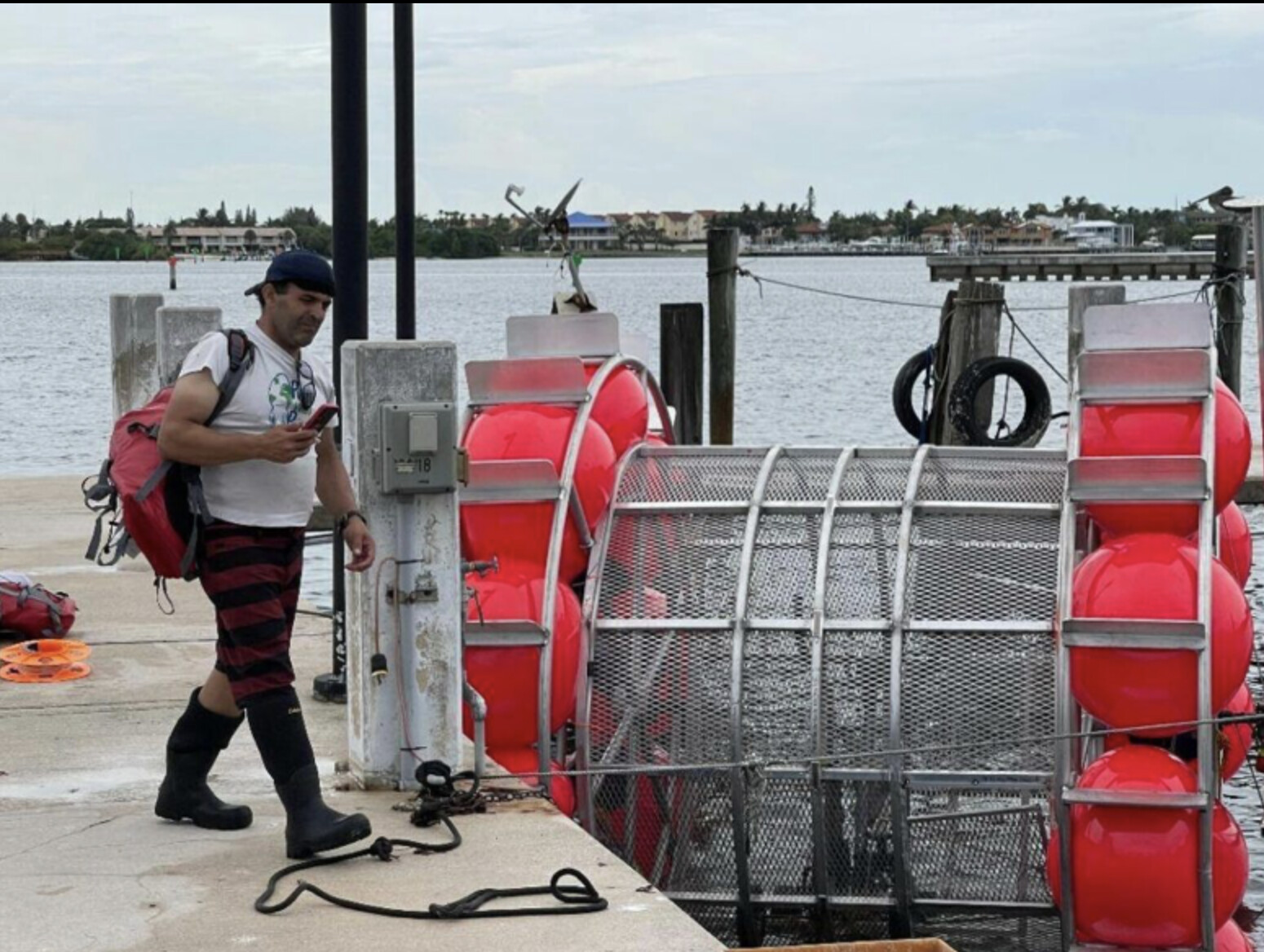
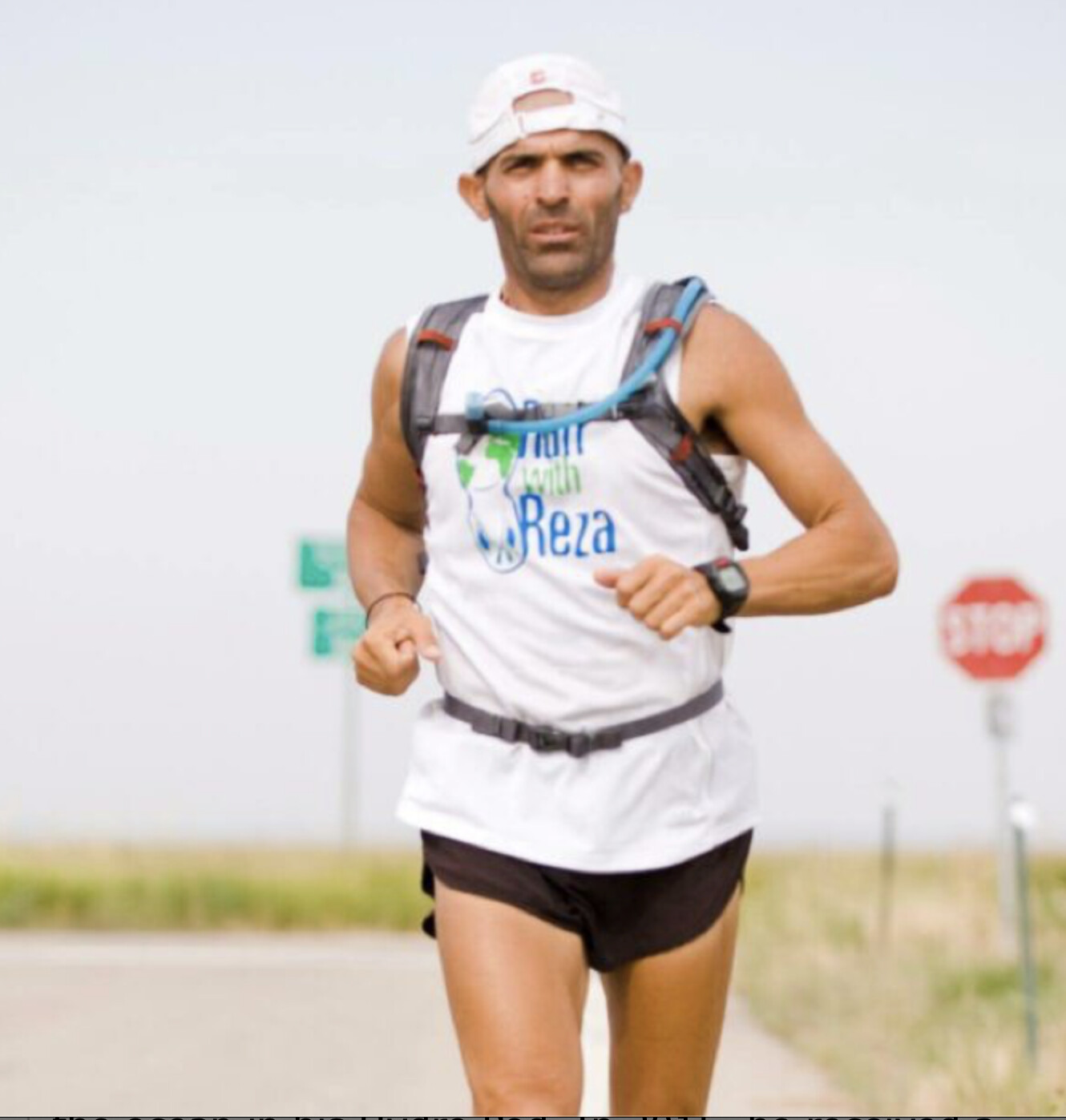
According to the Daytona Beach News-Journal, Baluchi was attempting to ride his man-made “hydro-pod” vessel to England, and he had a Florida registration onboard, which he couldn’t locate for the authorities. When they tried to get Baluchi off the boat, he told them he had a knife, and threatened to harm himself.
On his website, Baluchi stated that his ambition is to run through 195 recognized countries to “inspire us and unite us as a people” and ride his Hydro Pod across the ocean to show the world that anything is possible.
Baluchi told local news that the voyage was intended to raise money for charitable causes that include helping the homeless, the U.S. Coast Guard and the fire department.
This isn’t the first time Baluchi has attempted to cross the ocean in his Hydro Pod. In 2015, he received a captain of the port order from the Coast Guard that applied to any subsequent voyages. Baluchi failed to comply with the order and was stopped in his homemade vessel in 2016. He attempted another voyage in 2021, where the Coast Guard intervened again.
In 2007, Reza reportedly ran around the perimeter of the U.S. He ran over 18,000 kilometres in 202 days to raise money for The Children’s Hospital of Denver.
Court records show that Baluchi posted a $250,000 bond on the day he was charged.
(09/09/2023) ⚡AMPby Running Magazine
Mexico Marathon disqualifies 11,000 of their 30,000 runners after finding THOUSANDS cheated, including using cars and public transport mid-race, by investigating their electronic trackers
Organisers investigated complaints that runners failed to complete the course
Mexico Marathon organisers examined electronic tracking data from the event

Thousands of runners have previously been disqualified from the annual race
Organisers of the Mexico Marathon have reportedly disqualified 11,000 runners after electronic trackers revealed the participants had not completed the full course.
Over 30,000 runners participated at the 40th anniversary edition of the race in Mexico City on August 27.
Mexico Marathon organisers were forced to investigate anonymous complaints from participants post-race.
Complaints alleged thousands of runners had not completed the full distance, according to Marca.
Runners were accused of using vehicles and public transport during the race to shorten the 26.22-mile course.
An investigation using data from the runners' electronic trackers reportedly revealed that thousands had not passed through checkpoints on the route.
The Mexico City Sports Institute confirmed it had launched an investigation into the situation.
The Mexico City Sports Institute informs that it will proceed to identify those cases in which participants of the XL Mexico City Marathon Telcel 2023 have demonstrated an unsportsmanlike attitude during the event and will invalidate their registration times,' the statement read.
'This great event not only represents an outstanding celebration for all the inhabitants of the capital, but also an occasion to reaffirm the transcendental values of sport.'
Several runners have reportedly claimed that their electronic tracker had not worked properly, leading to their times not being recorded accurately as they passed through checkpoints.
It is not the first time the Mexico Marathon has been forced to disqualify runners for cheating.
Nearly 6,000 runners were disqualified in the 2017 race, with 20 per cent of the field failing to complete the full course.
Organisers annulled the results of a further 3,090 runners following the 2018 race.
The Mexico Marathon holds World Athletics Gold Label Status, the second highest status awarded to road running events by the governing body.
Organisers say the status highlights the event's 'quality and professionalism' in Latin America.
A World Athletics spokesperson told Mail Sport: 'It is always disappointing to hear that people choose to cheat in our sport, such as the cheating that occurred in the mass race at the Mexico City Marathon on August 27.
'However, many race organisers use mass timing detection systems in today’s races and their effectiveness can be seen with the race organisers of this event who had the proper checkpoints in place, and have taken appropriate action by swiftly disqualifying all athletes who chose to cheat.'
This year’s men’s elite race was won by Bolivia’s Hector Garibay in a time of 2:08:23, while Celestine Chepchirchir of Kenya triumphed in the women’s in 2:27:17.
All finishers at the Mexico Marathon receive a medal, which this year included Mexico City's Latin American Tower on its design.
(09/09/2023) ⚡AMP

